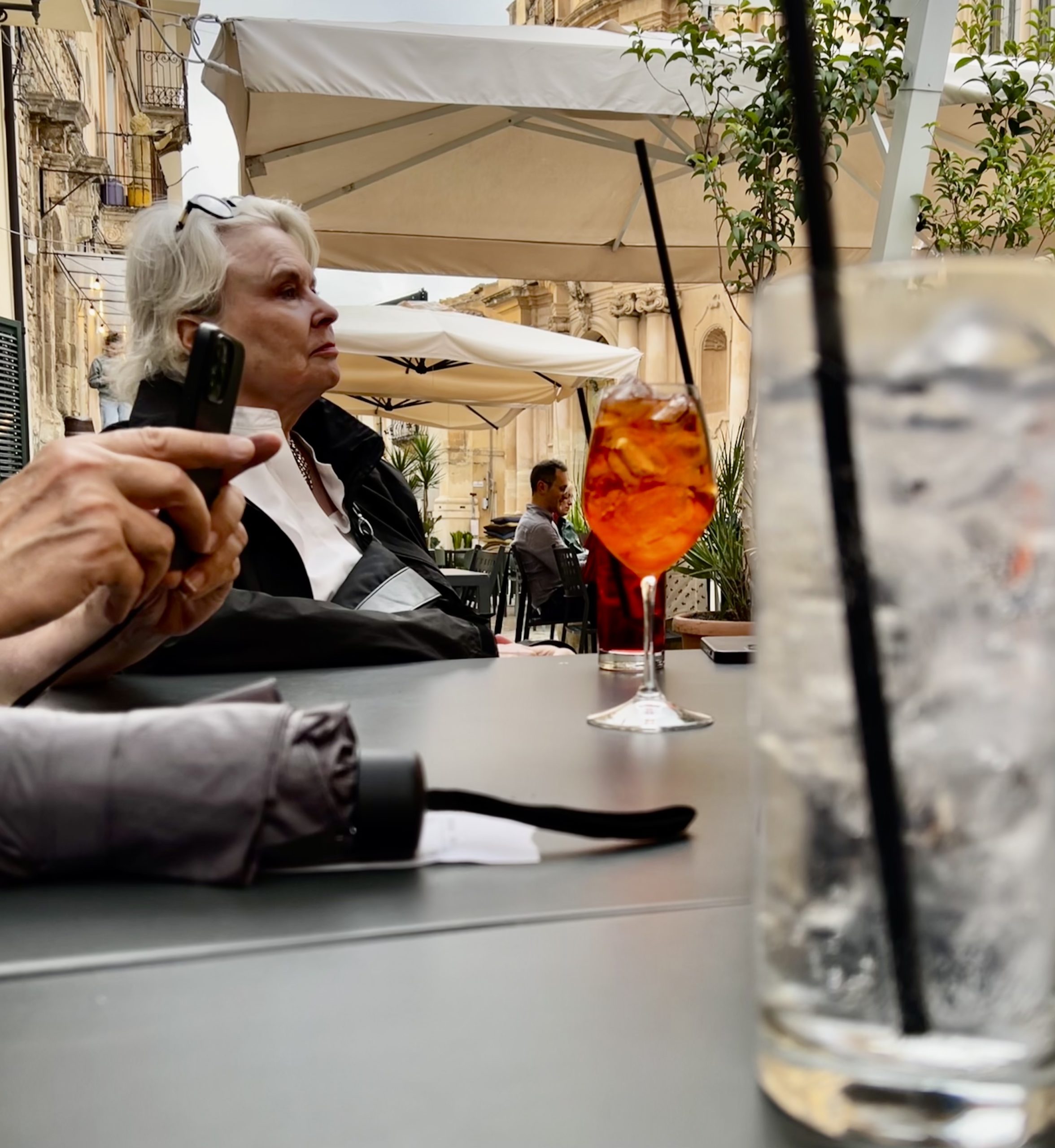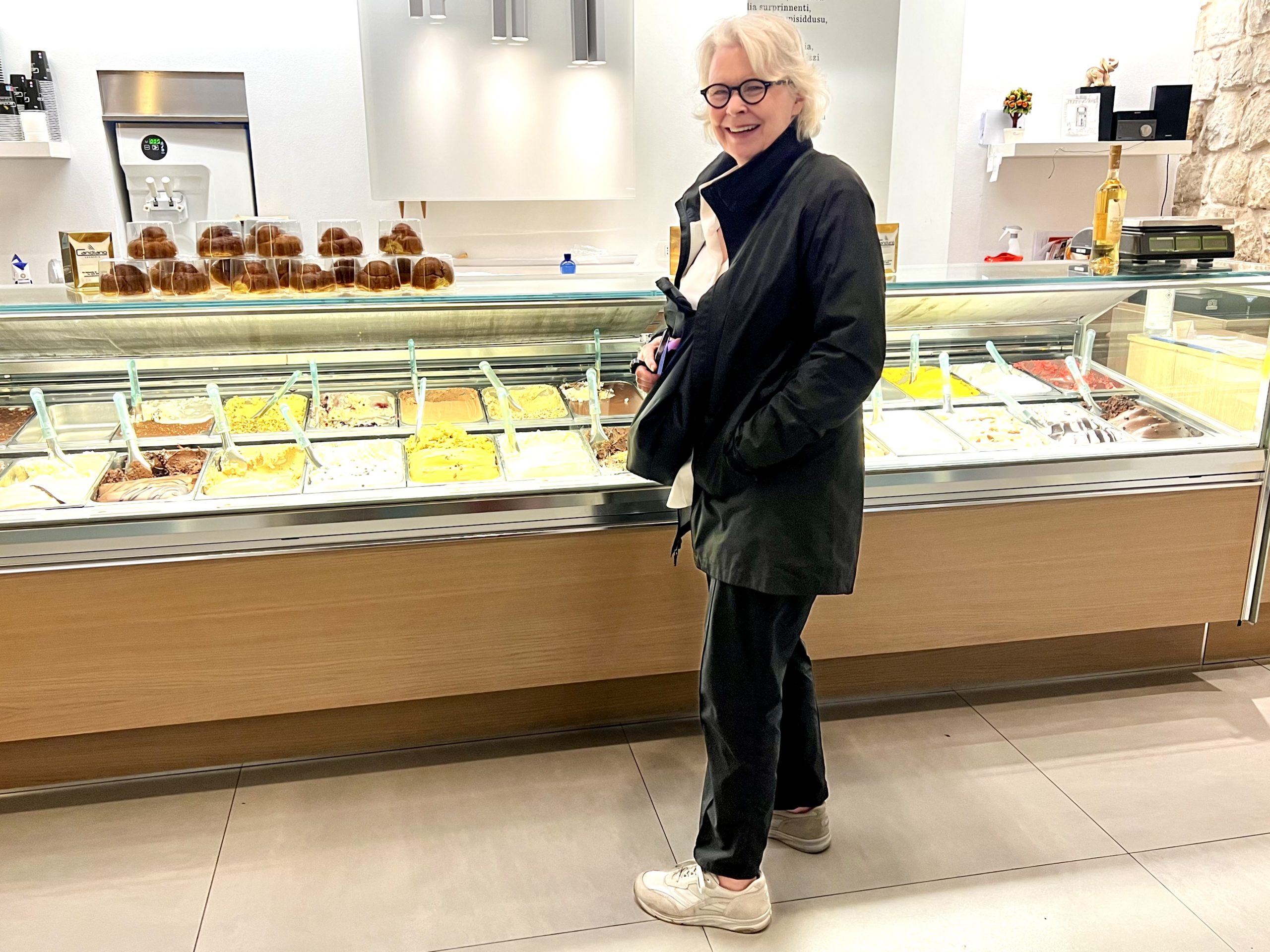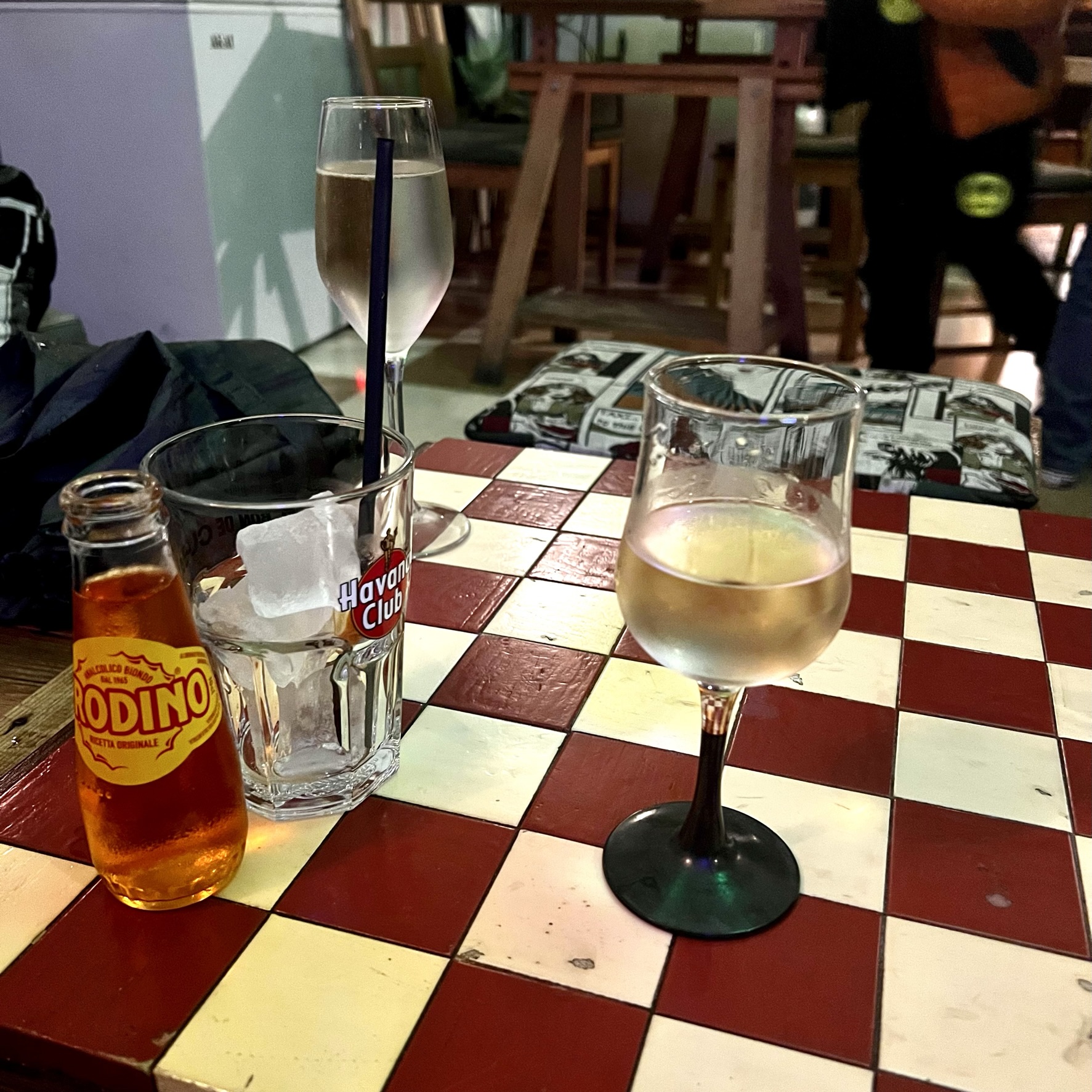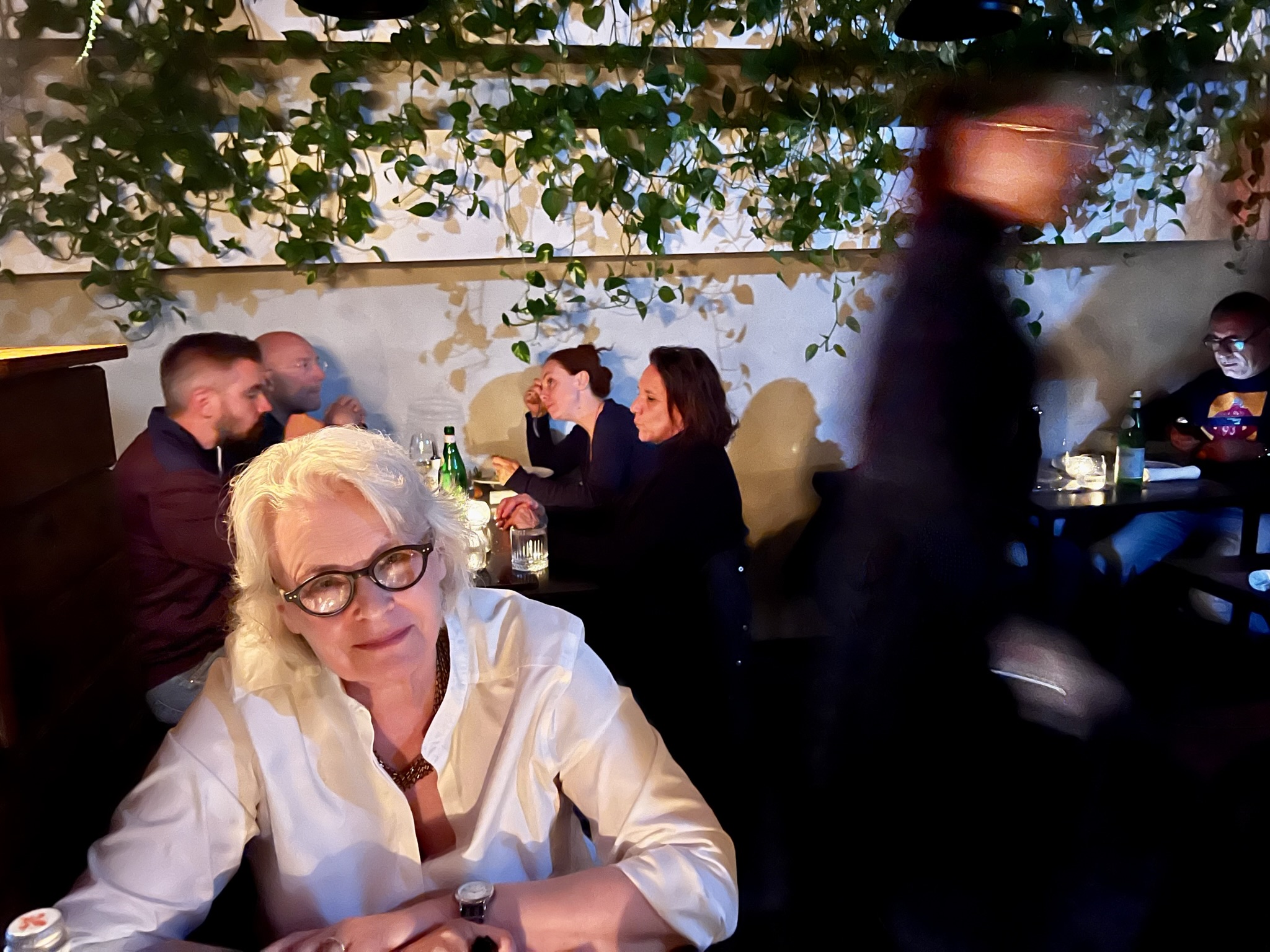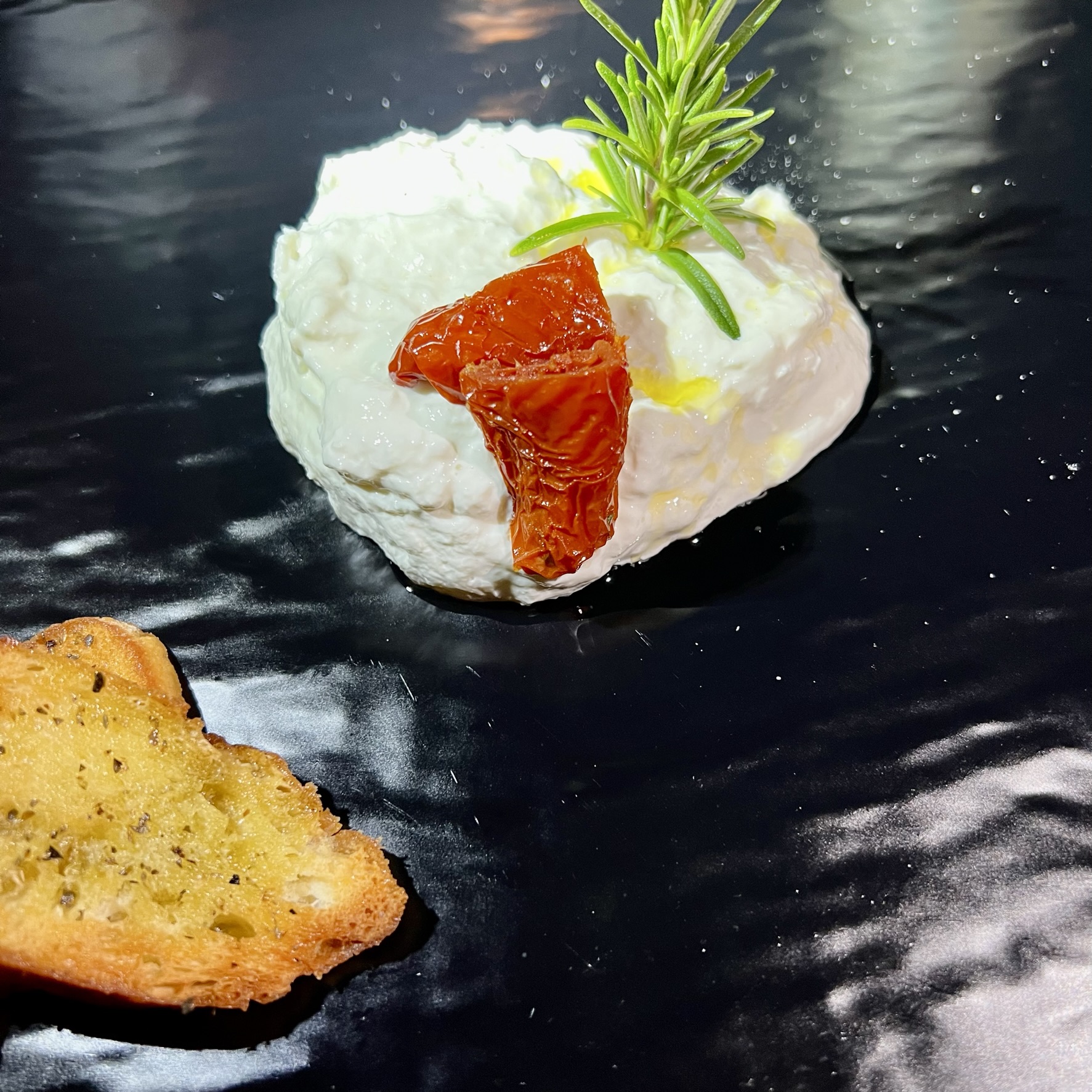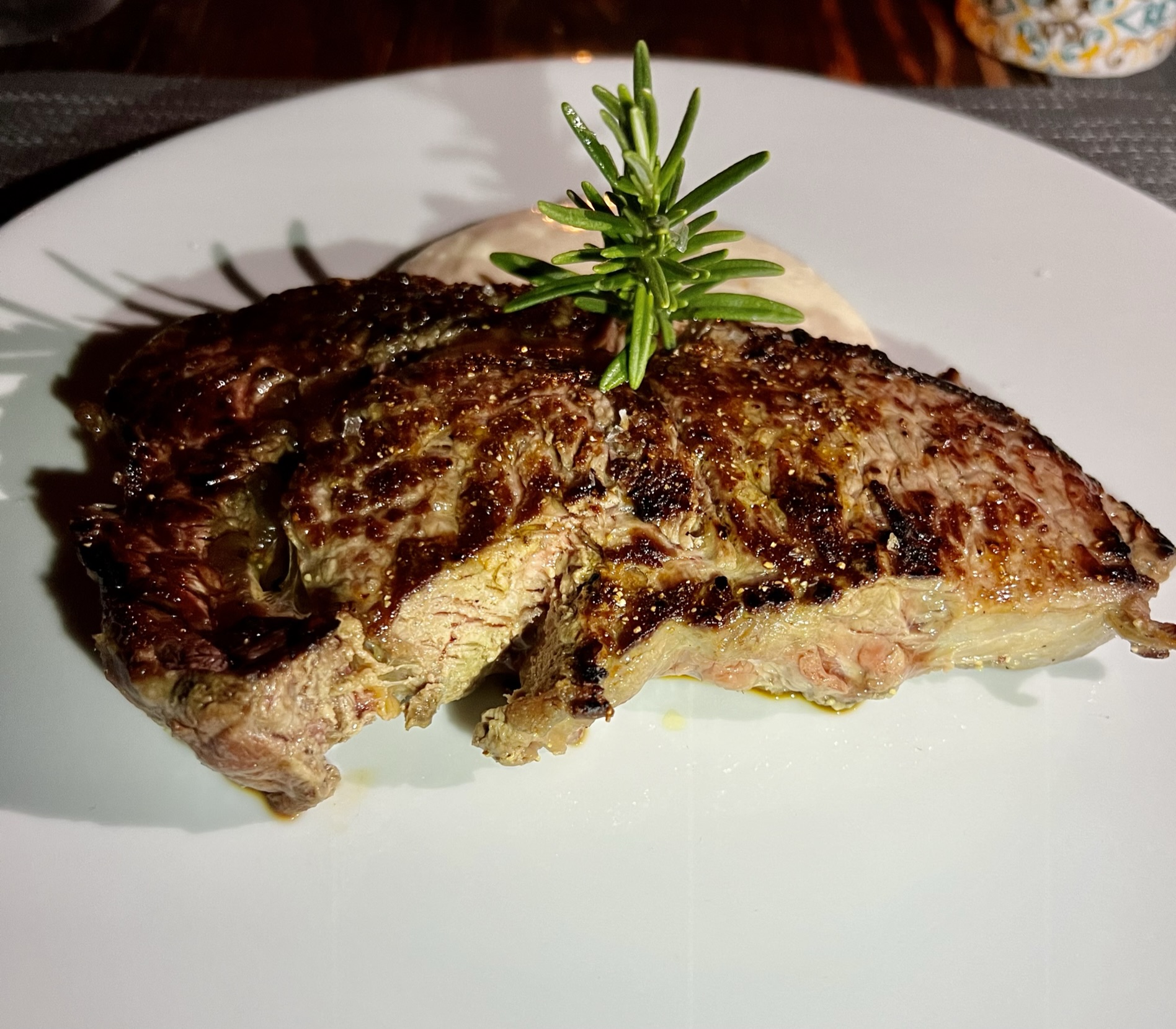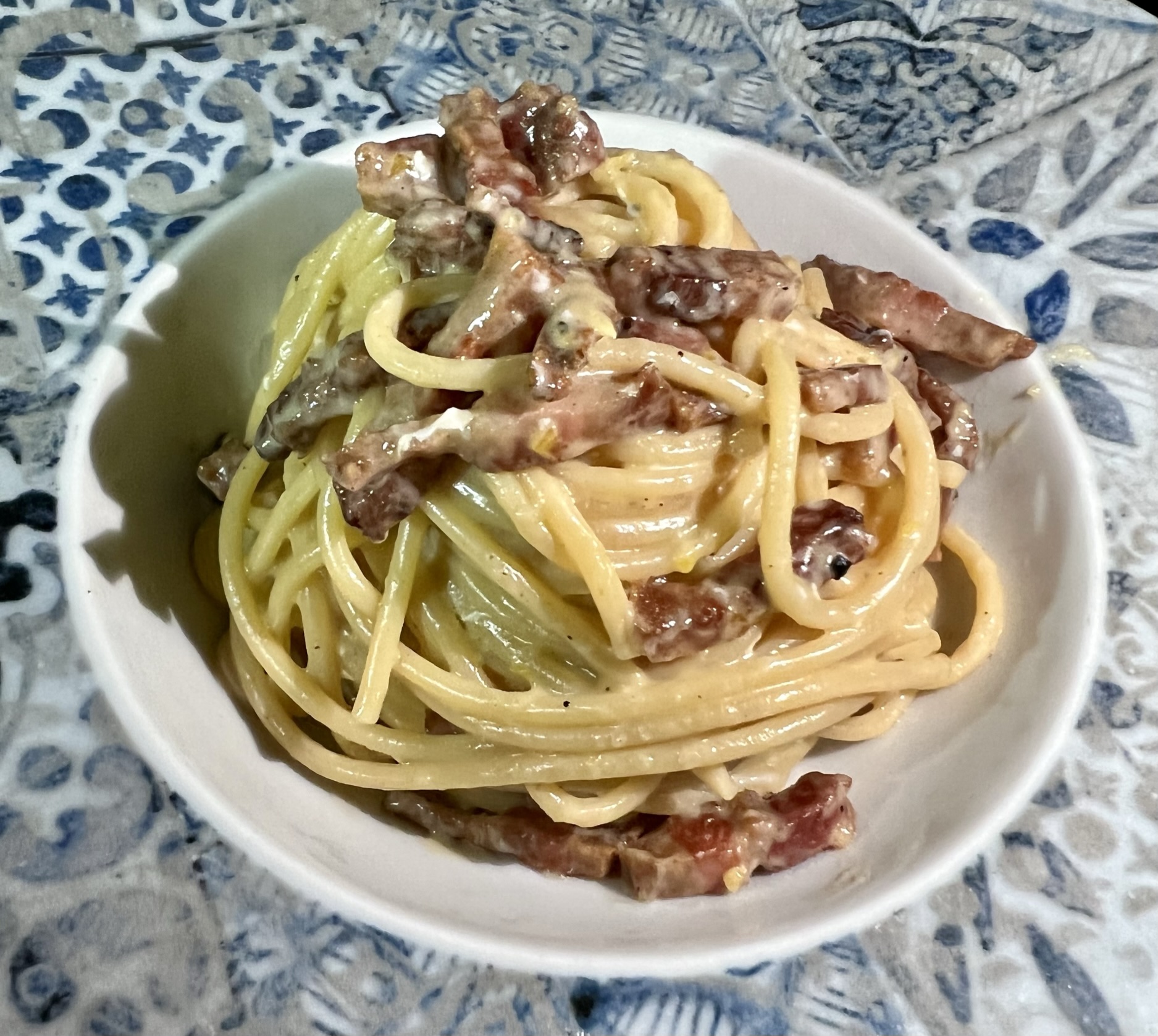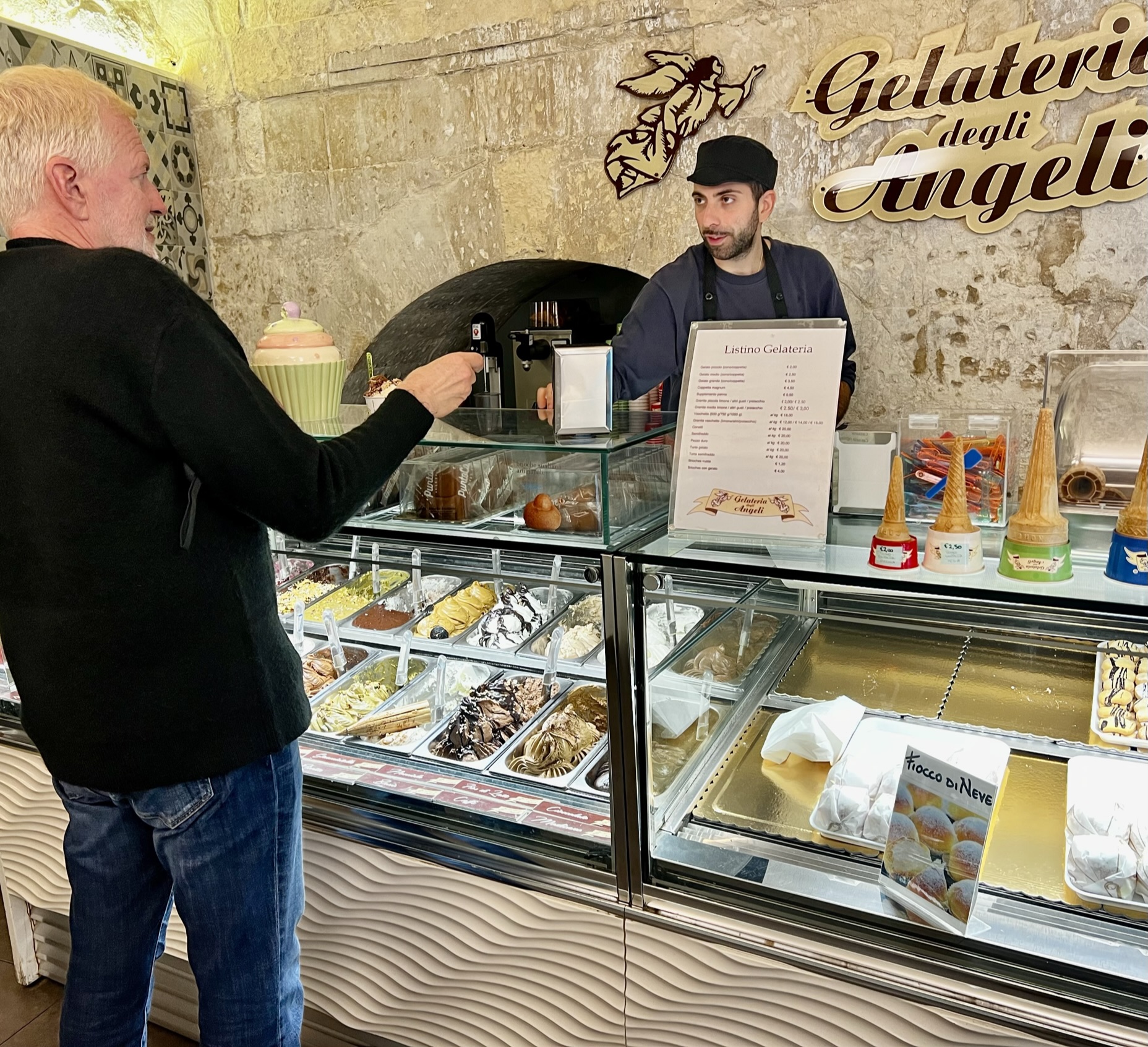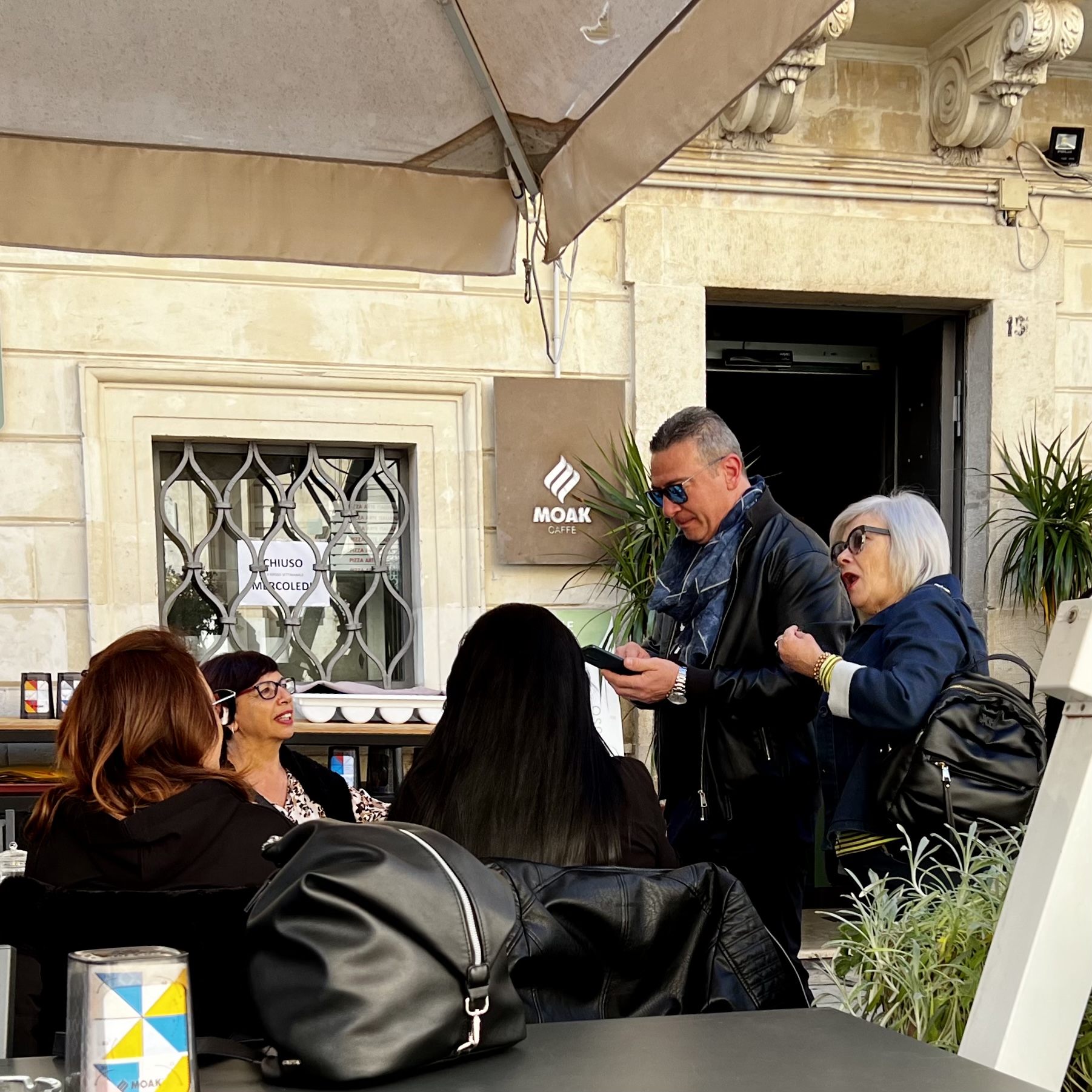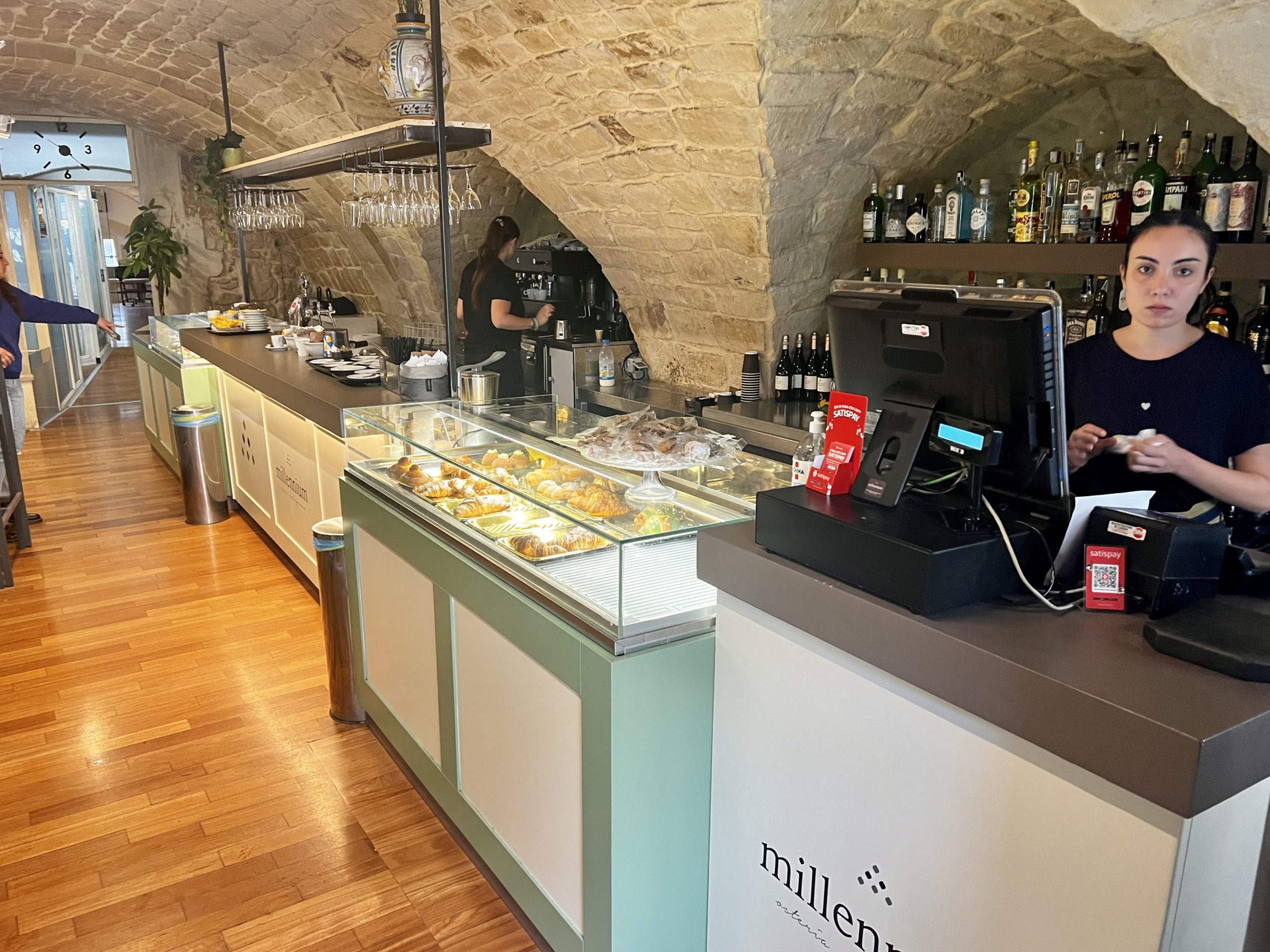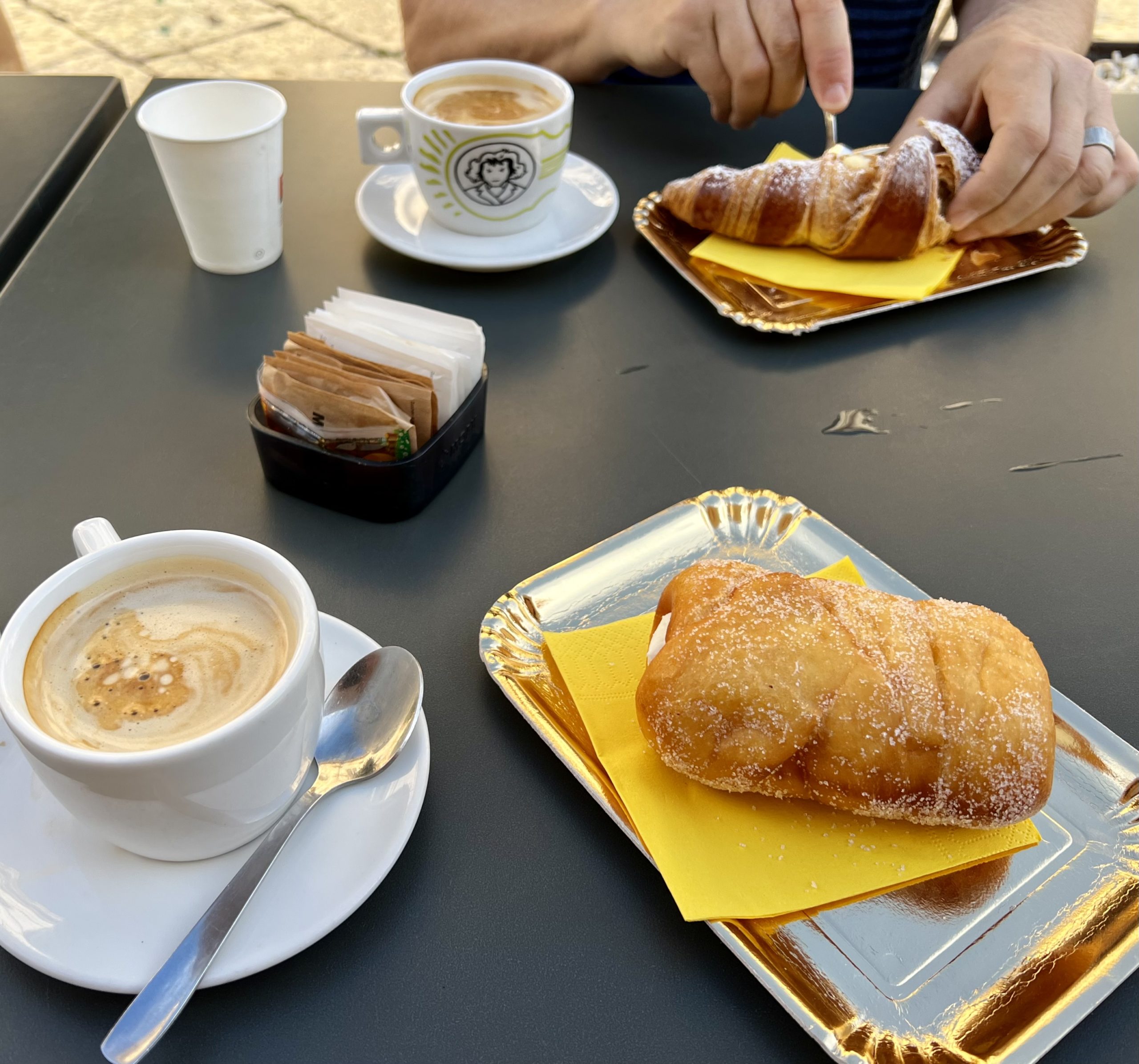12-14 November 2022
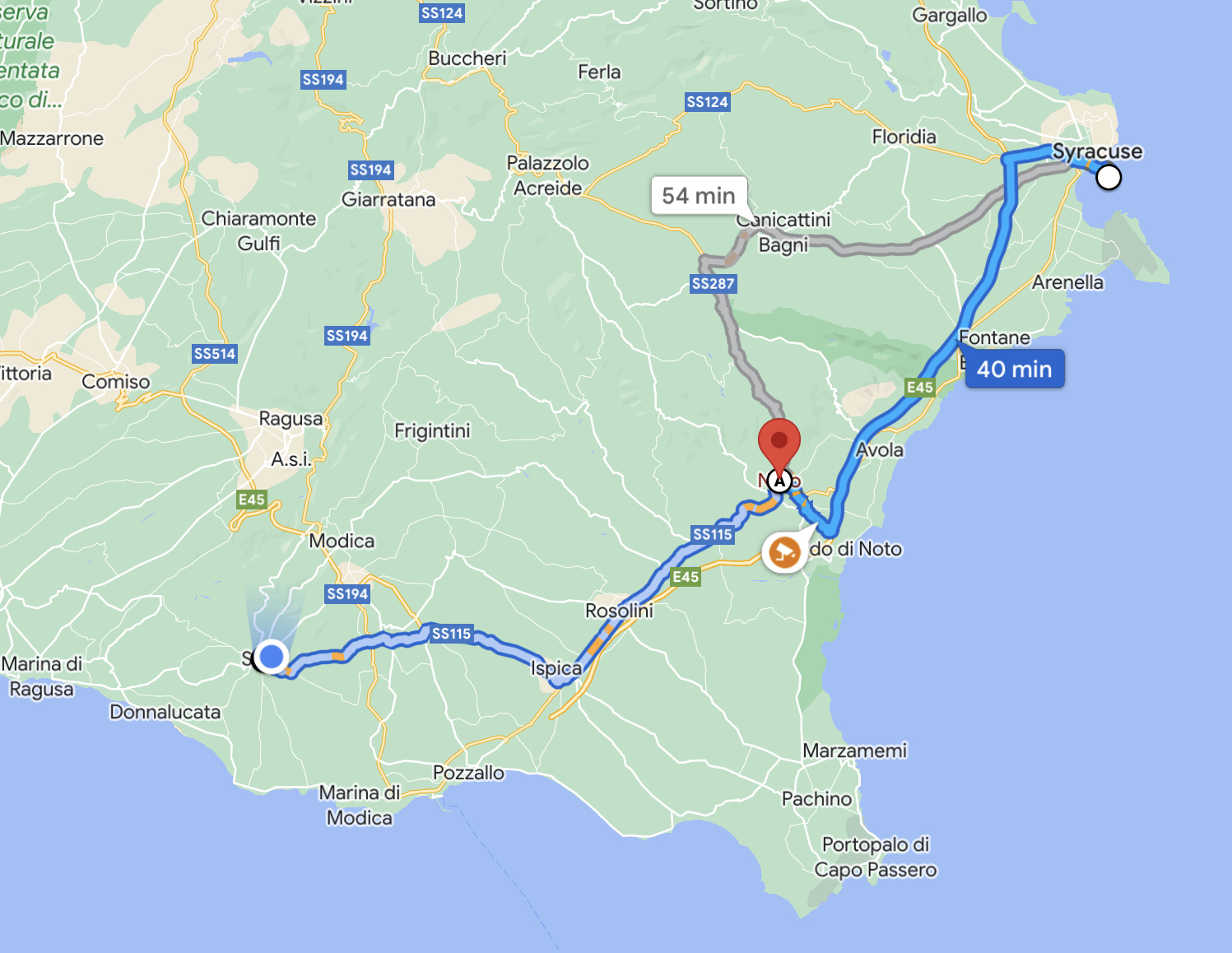
On the Road
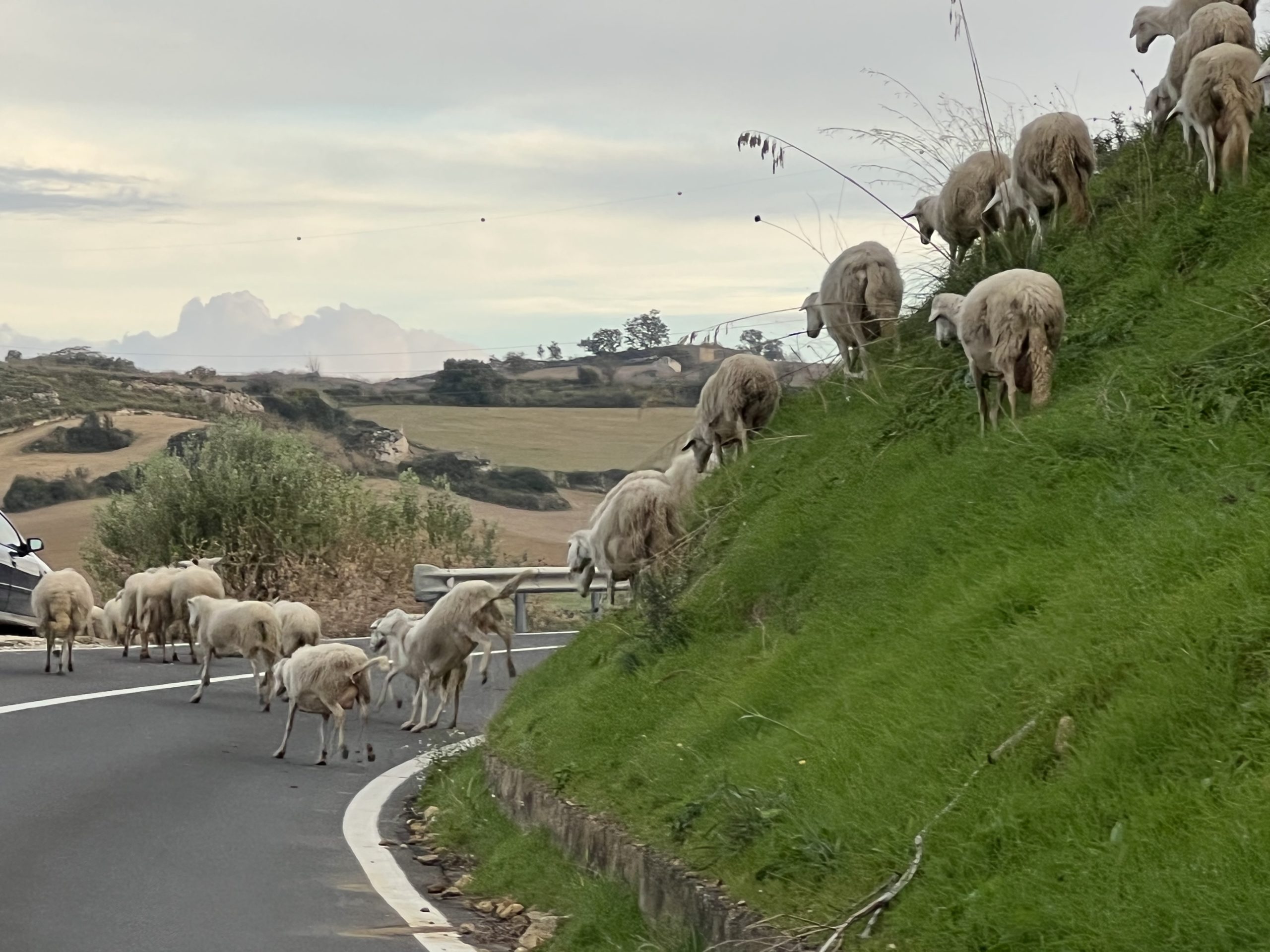
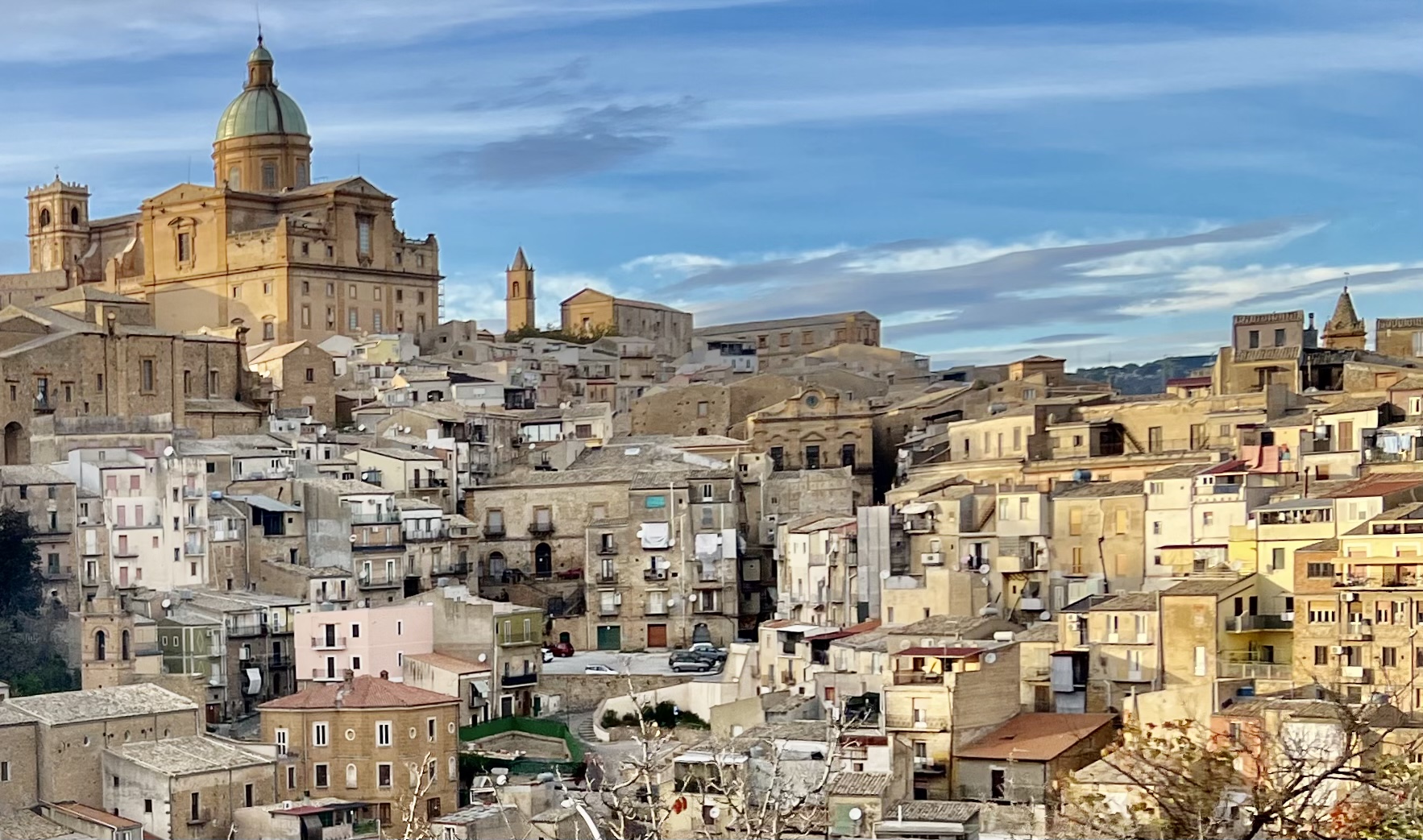
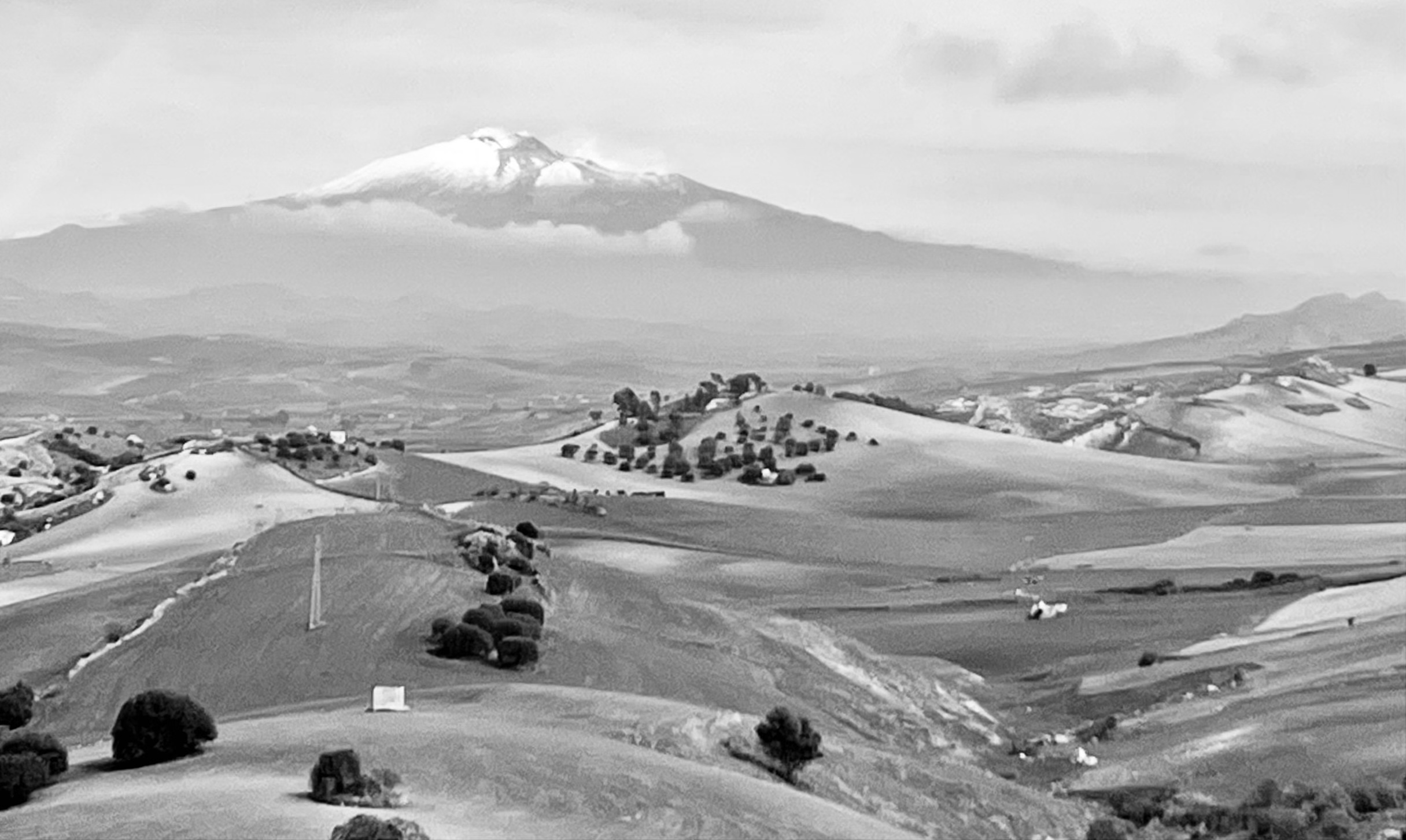
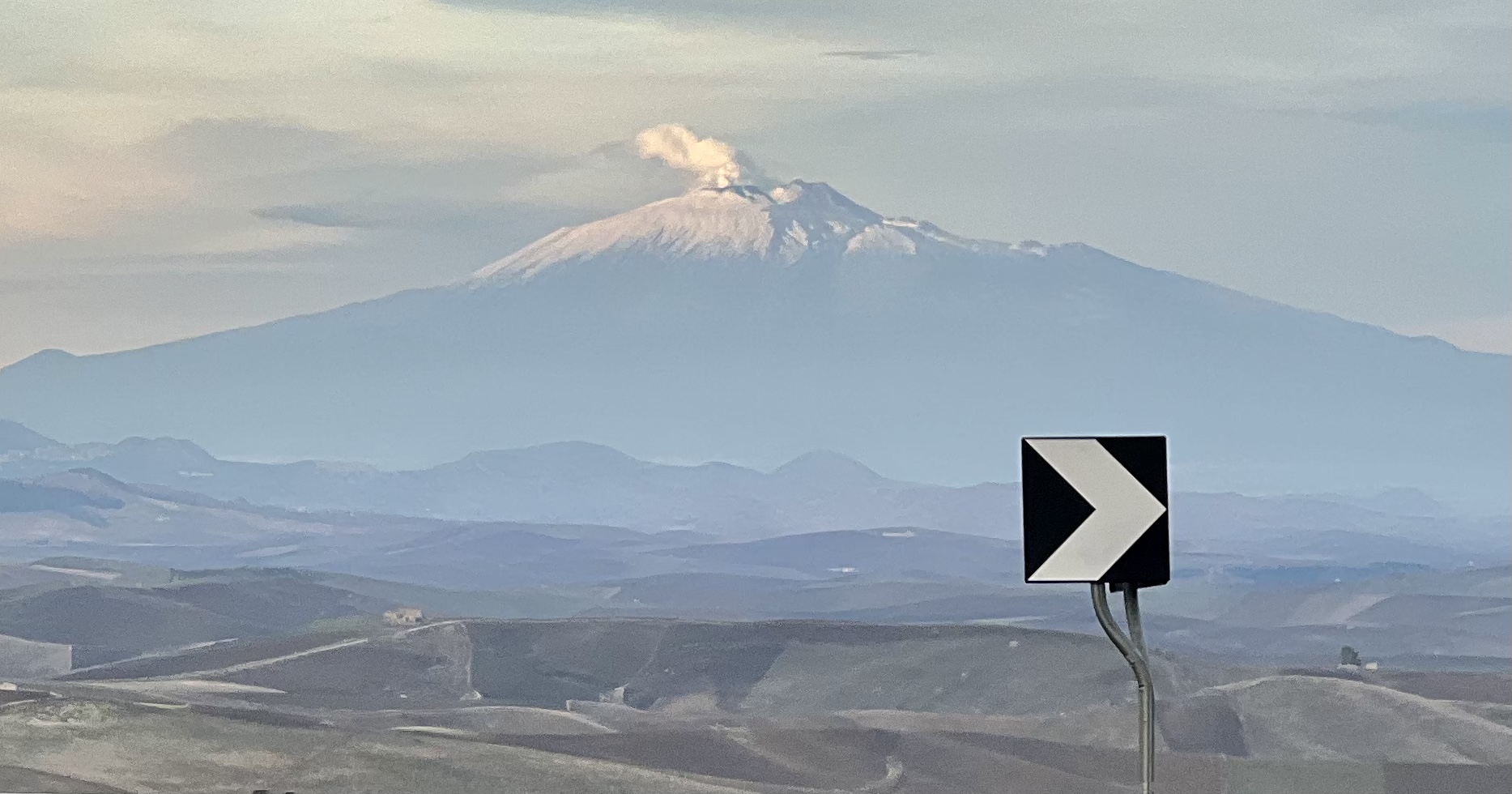
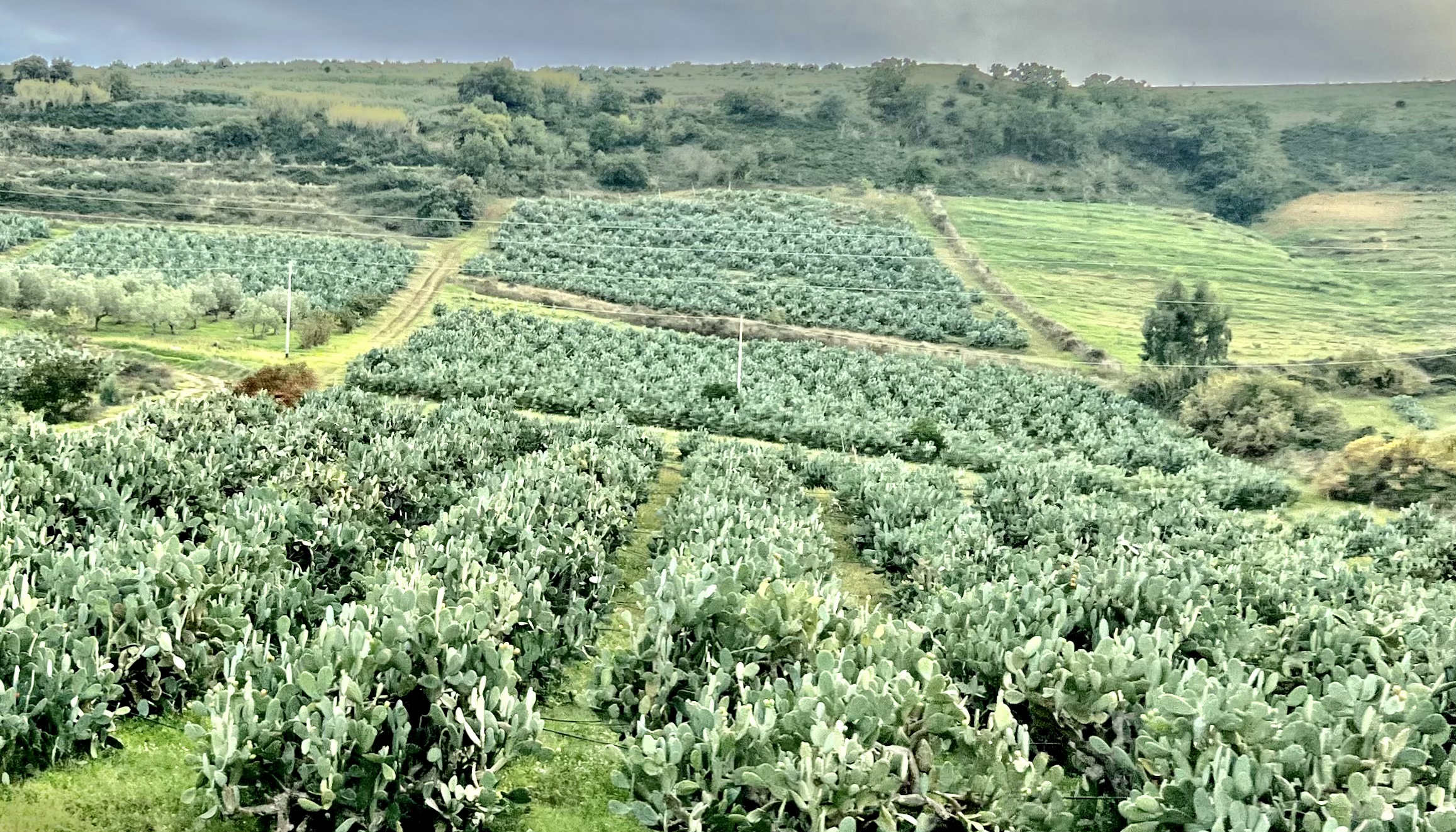
Roman Amphitheater of Syracuse
Just outside Ortigia and on the road to Agrigento. Richard and Bonnie went in to take a look while Robert stayed with the car and luggage. The ancient Greek amphitheater is largely carved out of the rock. It was excavated in the early 1800s.
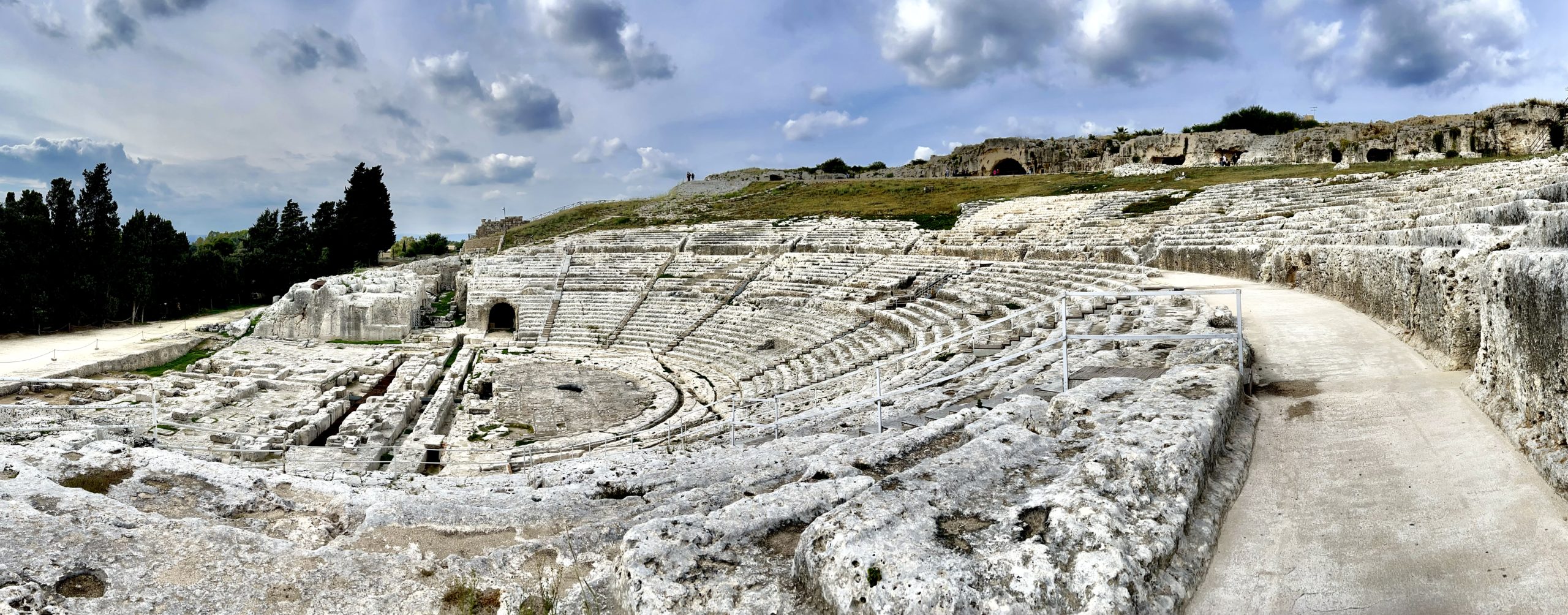
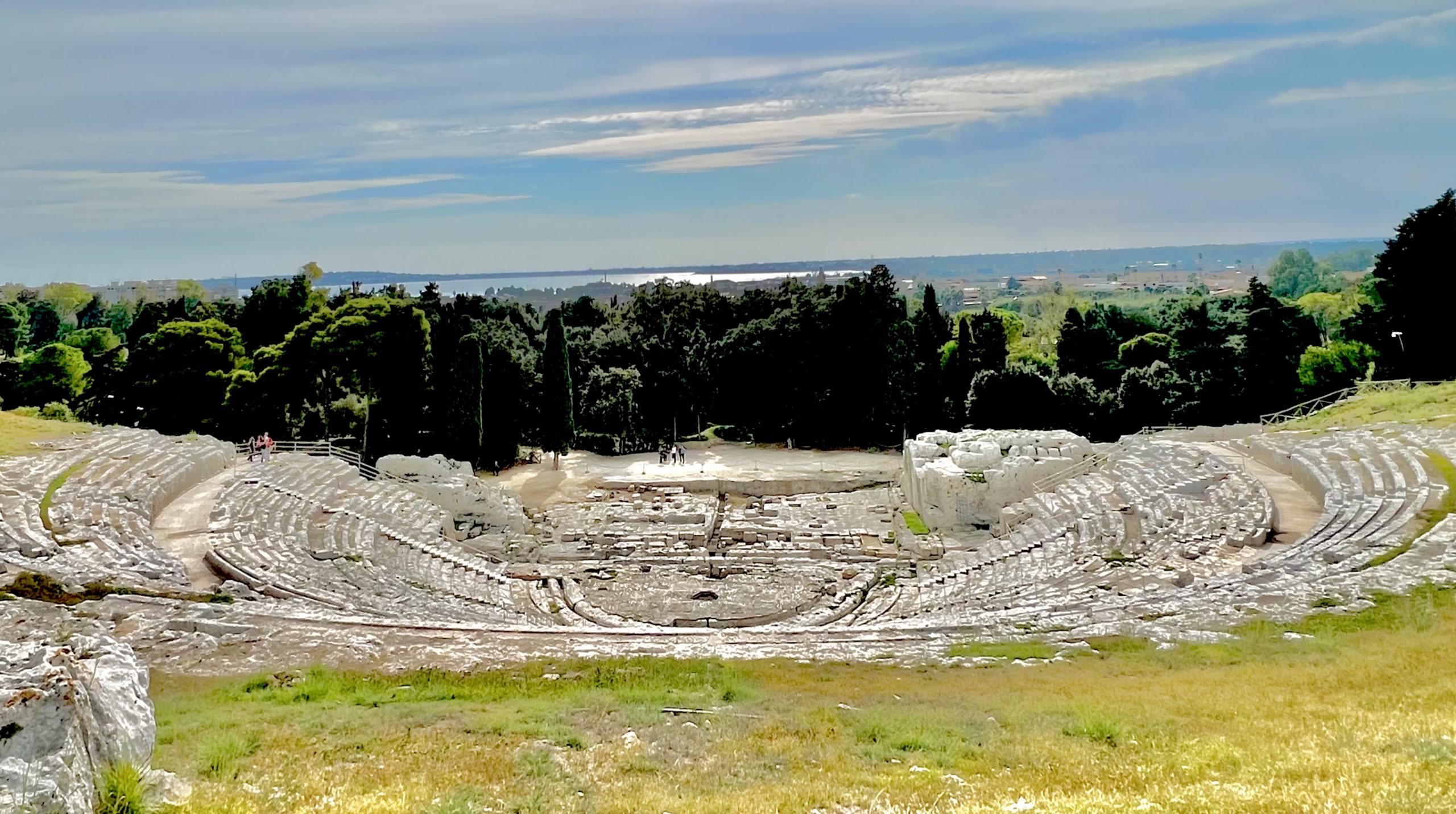
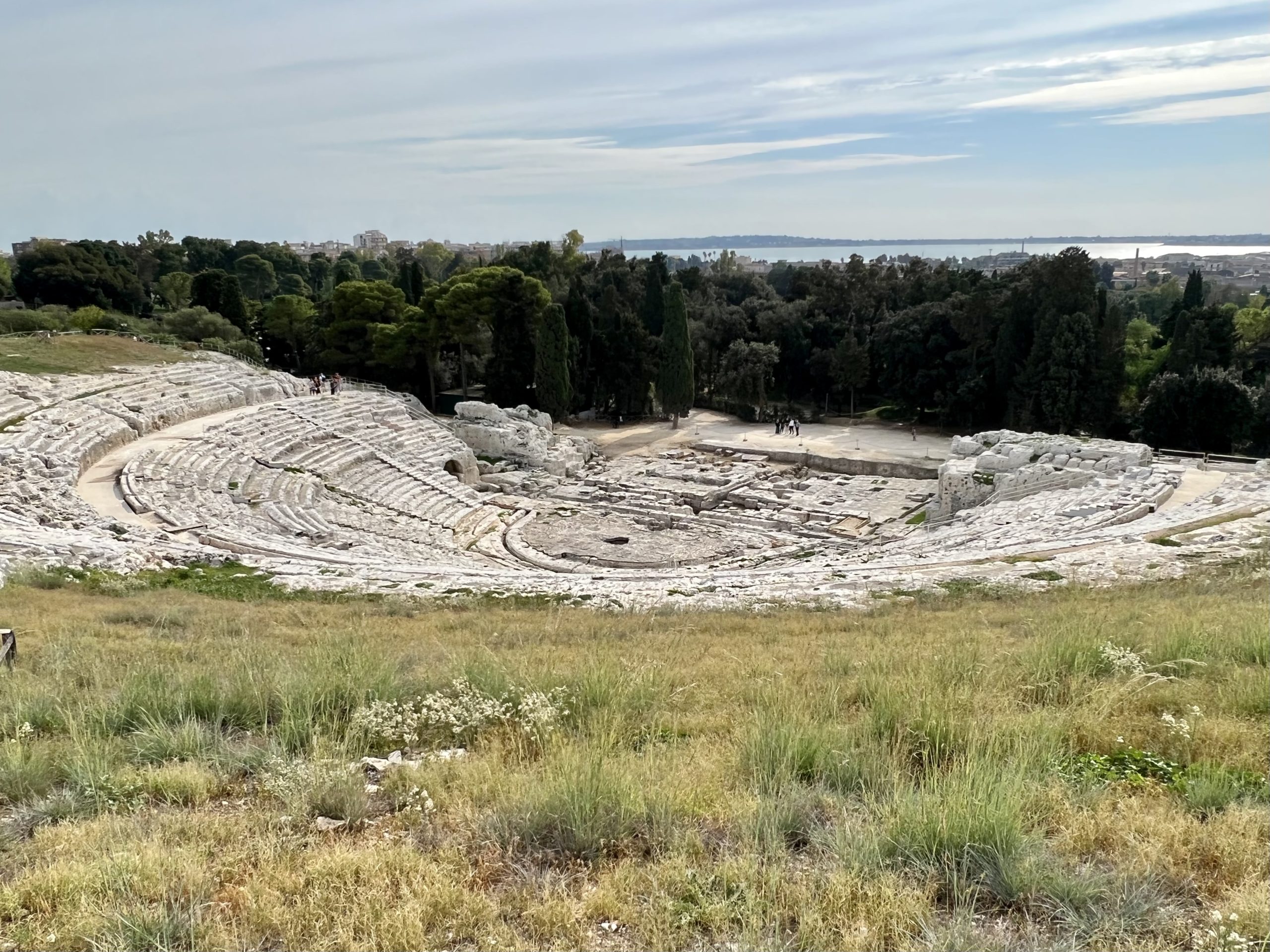
Noto
We did a thirty-minute stop in Noto on our way to Scicli, although Noto is worth more time than that.
The small town is known for its Spanish baroque architecture and one great pastry shop. The former was open to view. The latter was unfortunately closed. (The second time Bonnie has missed out on their dolci.) Steven Tobriner did his Harvard dissertation on the baroque churches here. Robert took Tobriner’s course on Baroque Architecture of Rome at UC Berkeley. One of his favorite classes. Noto is Greek in origin, fell to the Muslims, then taken by Christians, later to come under the control of the Normans. After the great earthquake of 1693, the town relocated and was completely rebuilt by the Spanish rulers, giving it a homogeneous architecture style and quality. It rebelled against the House of Bourbon in 1860 and within a few months pledged itself to the House of Piedmont and eventually to the unification of Italy. Now it is part of a sprawling UNESCO site in Sicily on Spanish baroque architecture.

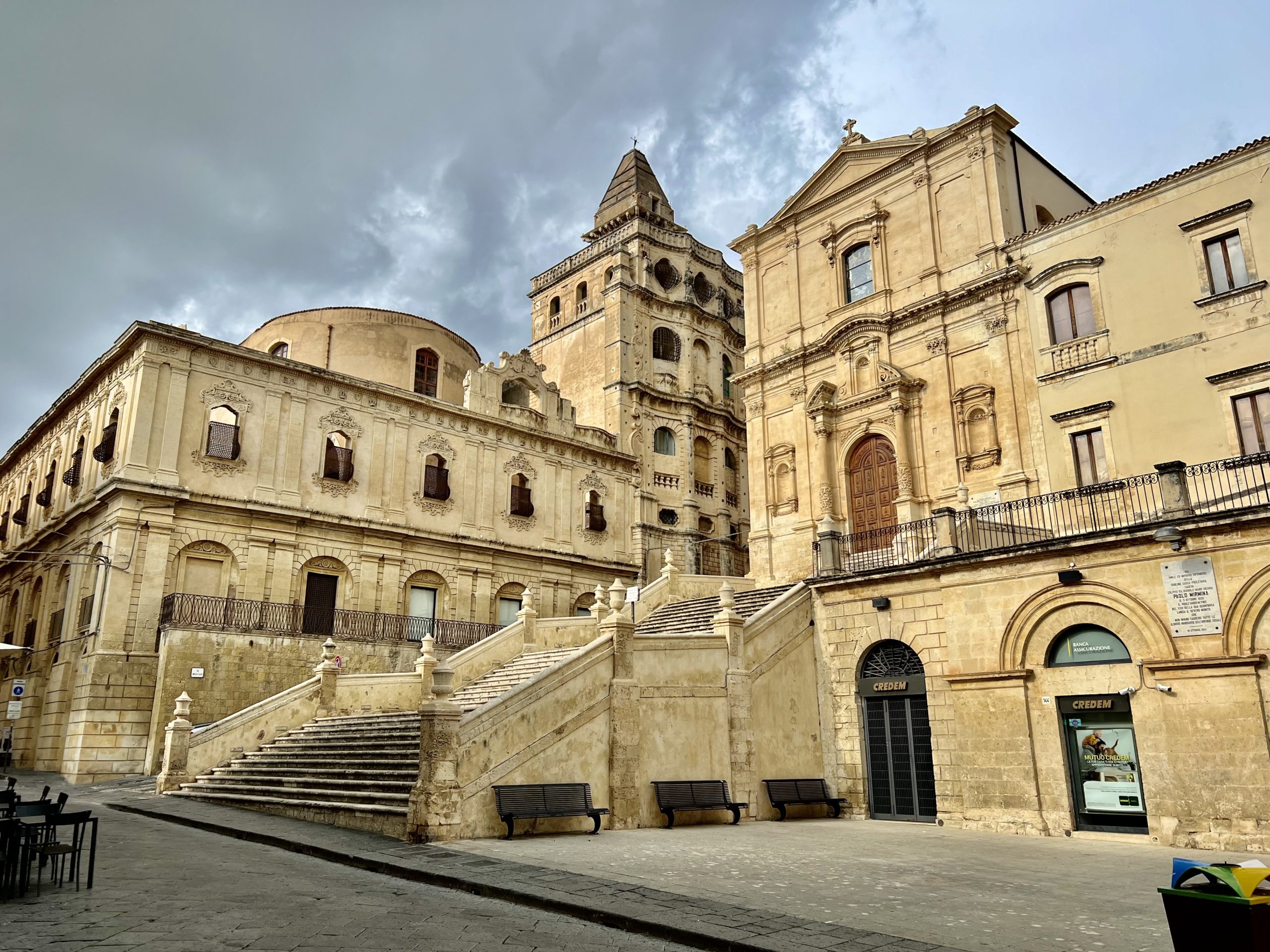
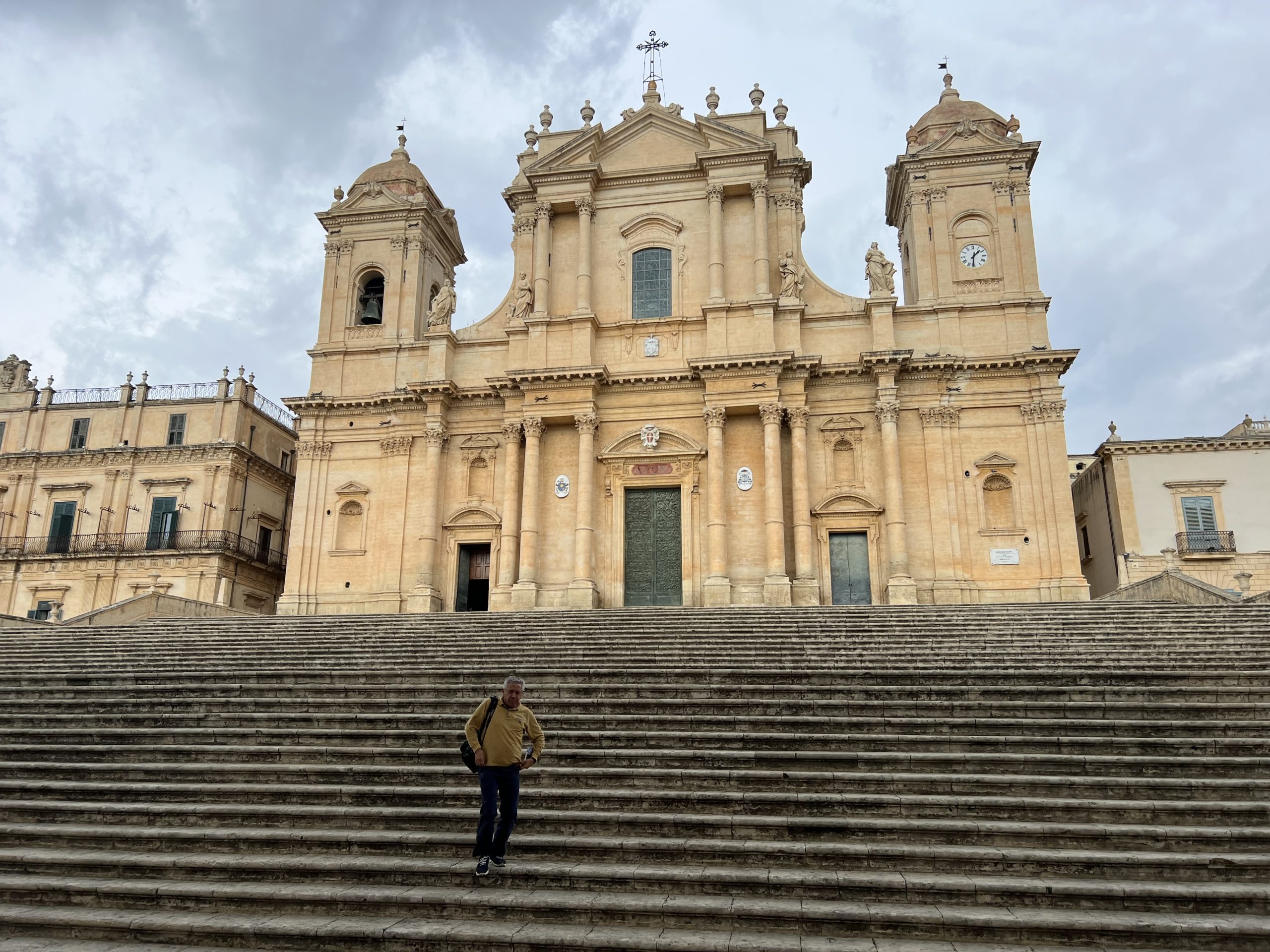
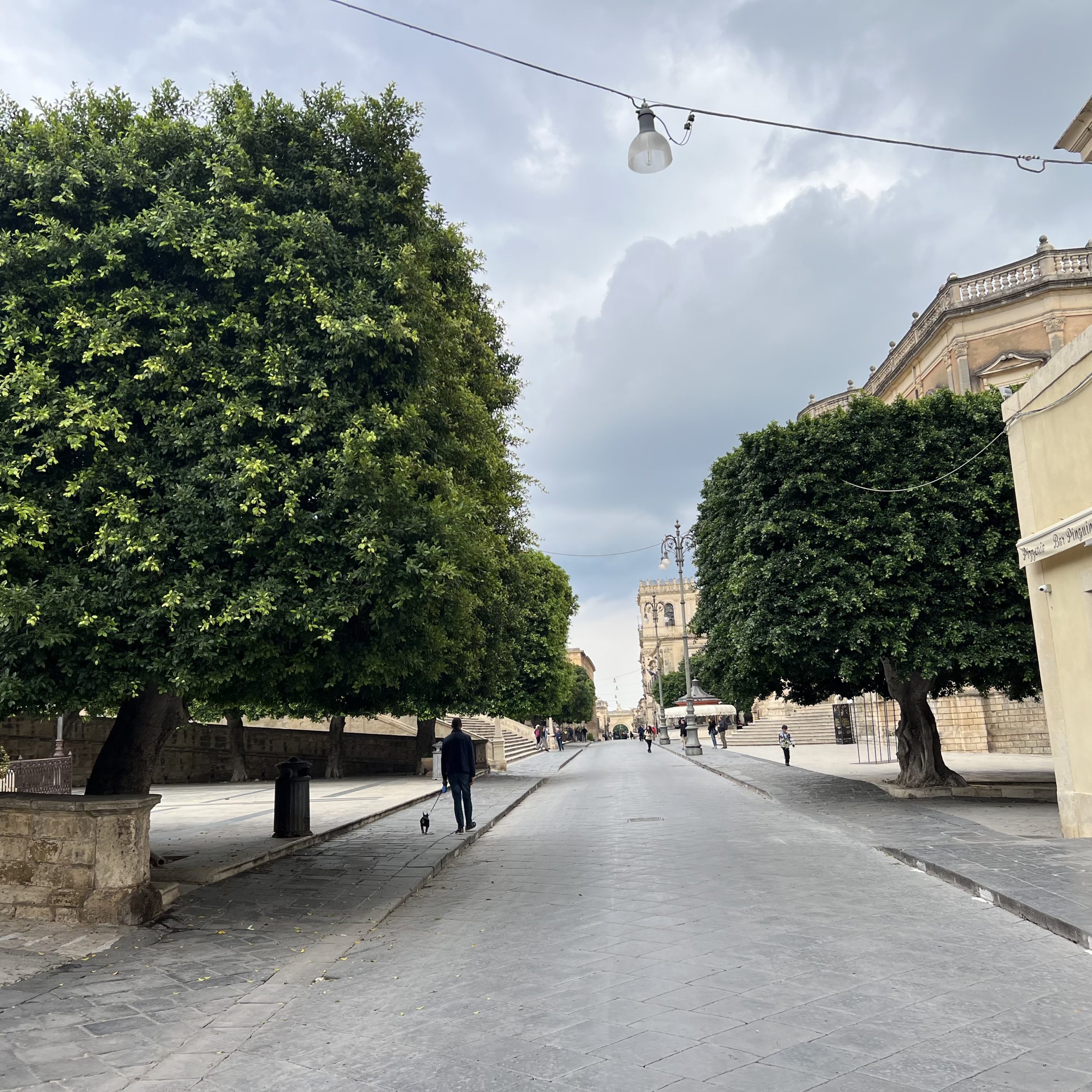
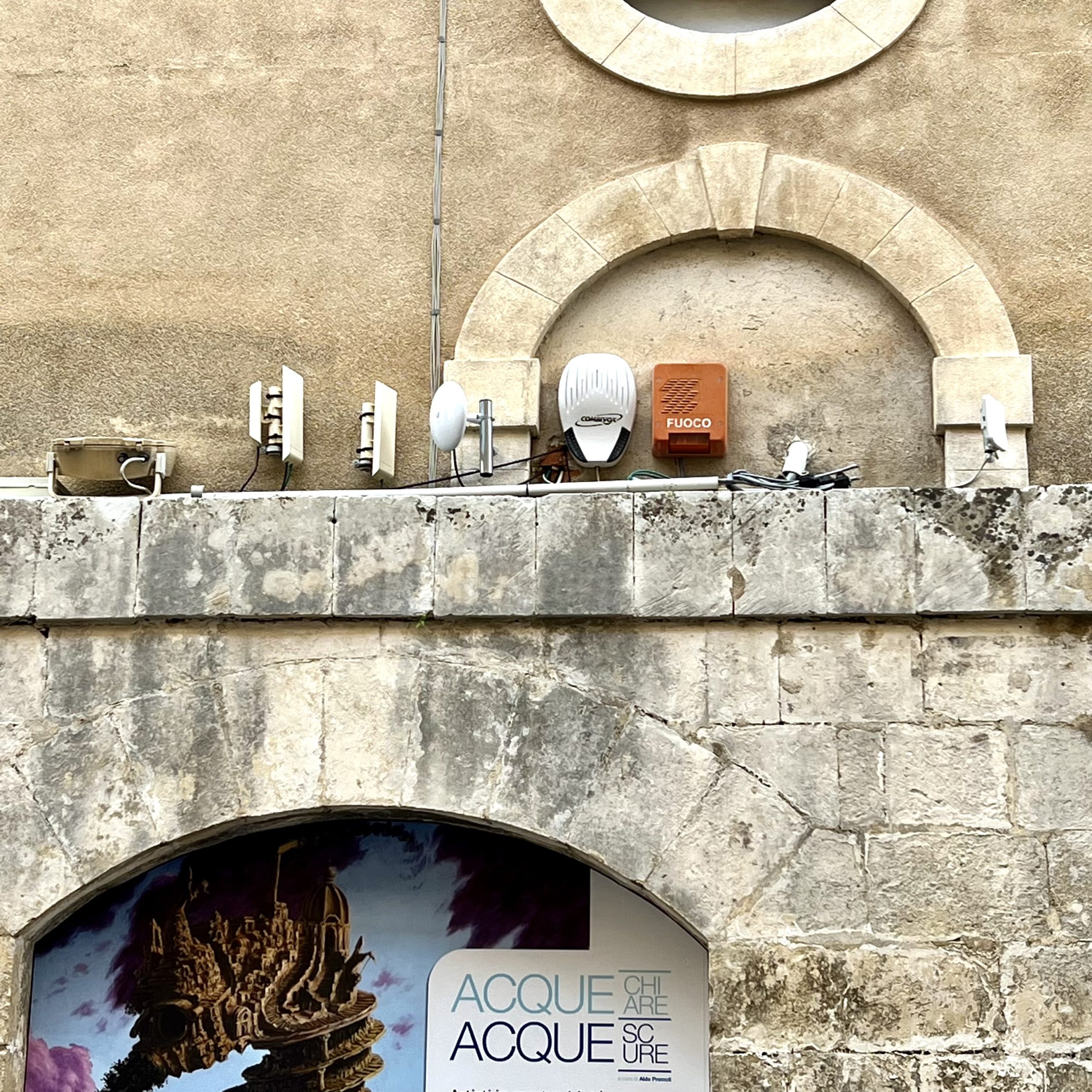
Scicli
We had been to Scicli on a day trip during our first excursion to Sicily in 2019. We found the place delightful partly because of its compact size. Its population is 27,000. The place is built of and into the rock cliffs that surround the town. Scicli dates back to 3000 BCE, but it took about 2700 years before it was founded by Sicels around 300 BCE. It follows the same pattern as Noto: Arabs, Christians, Spanish, Italian unification. It has taken Bonnie three years to become confident about how to pronounce it: SHE klee.
As in the past, its main economy is agricultural. In recent history, it is a film location. One of its claims to fame is that the mayor’s office is used in the series of Detective Montalbano, an Italian series shown on Netflix. Quite good and funny. Bonnie and Robert took a tour of the mayor’s office in 2019. The entire town is part of the UNESCO World Heritage Site of Spanish Baroque architecture.
Lodging
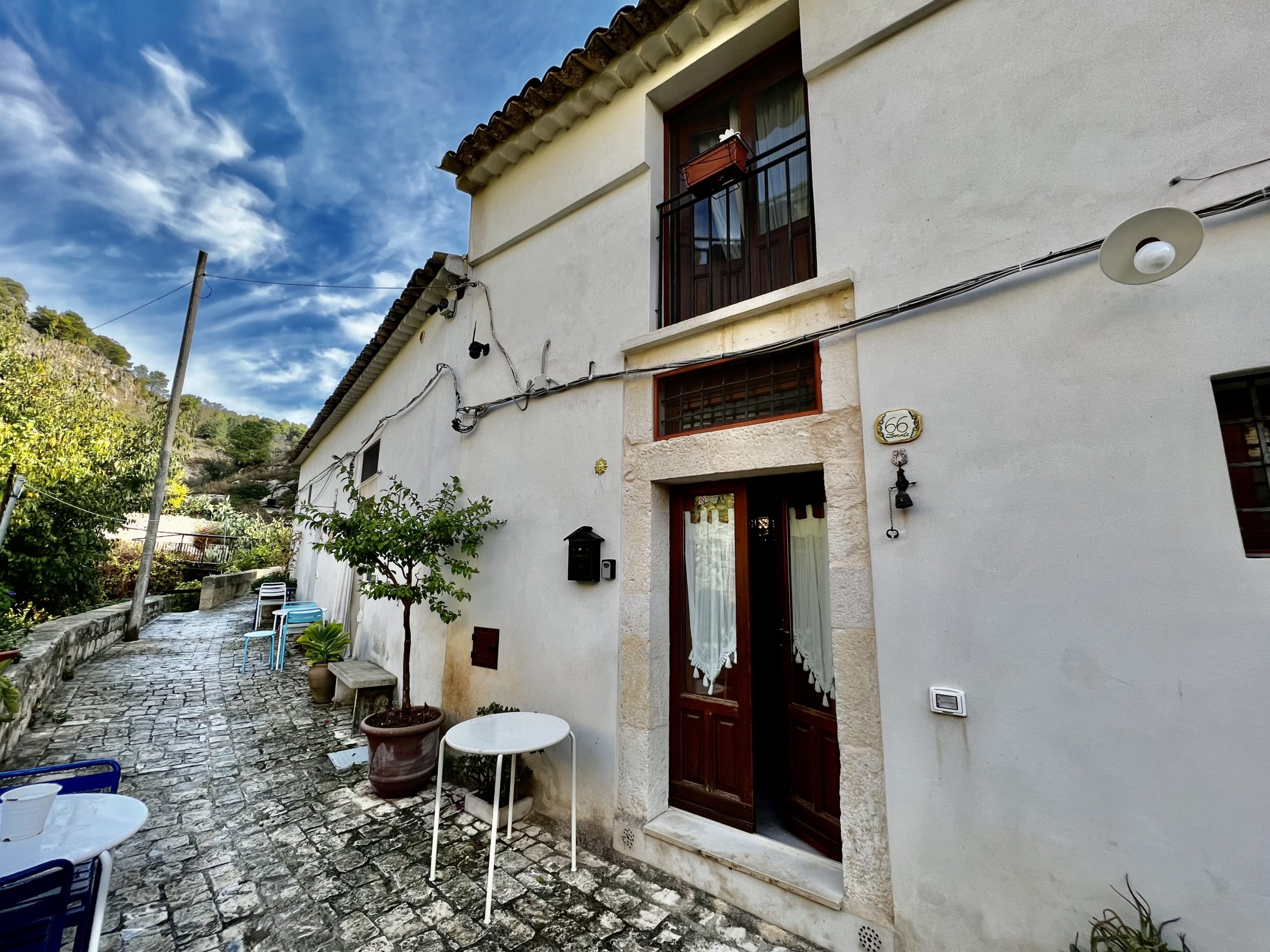
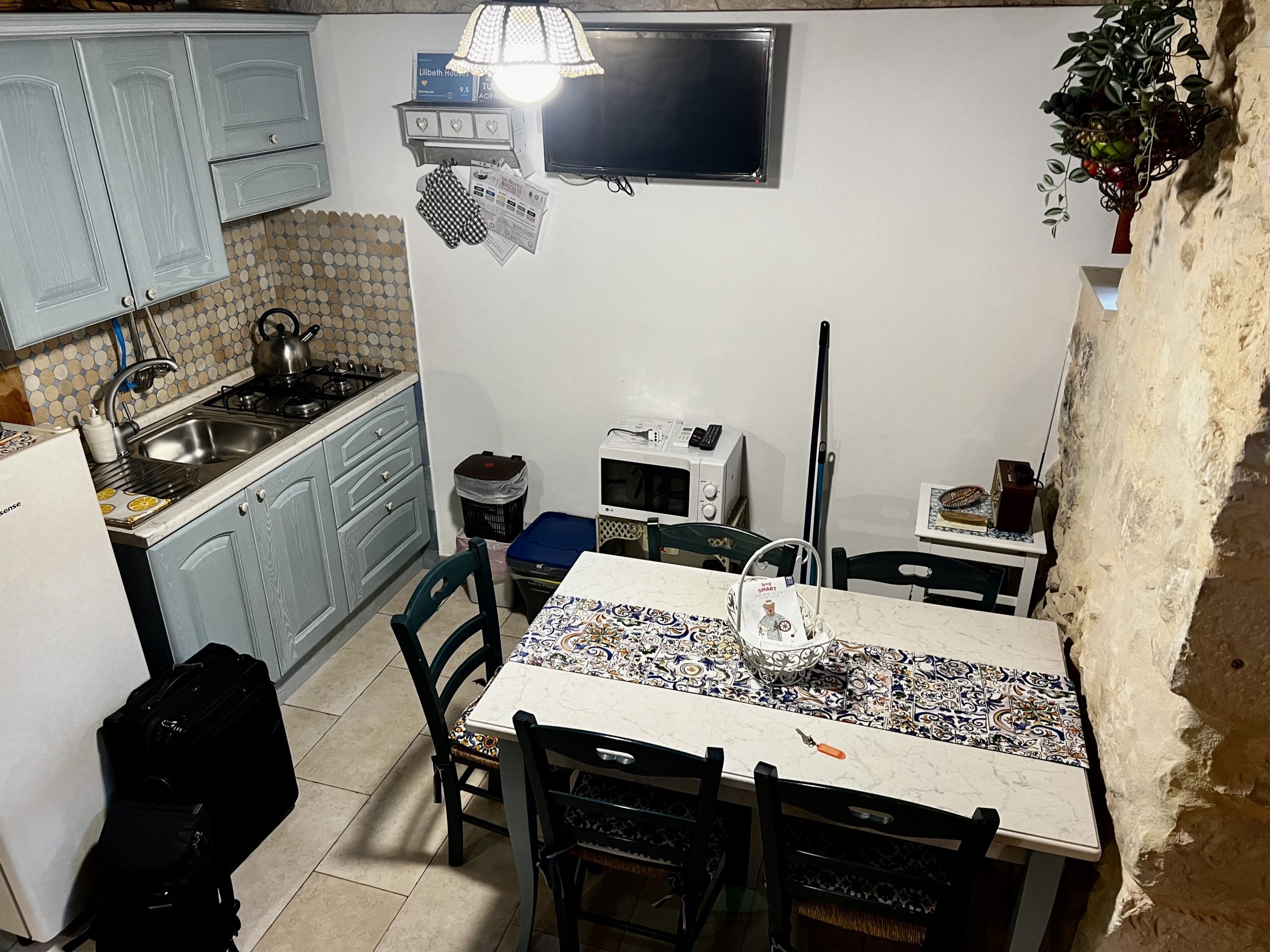
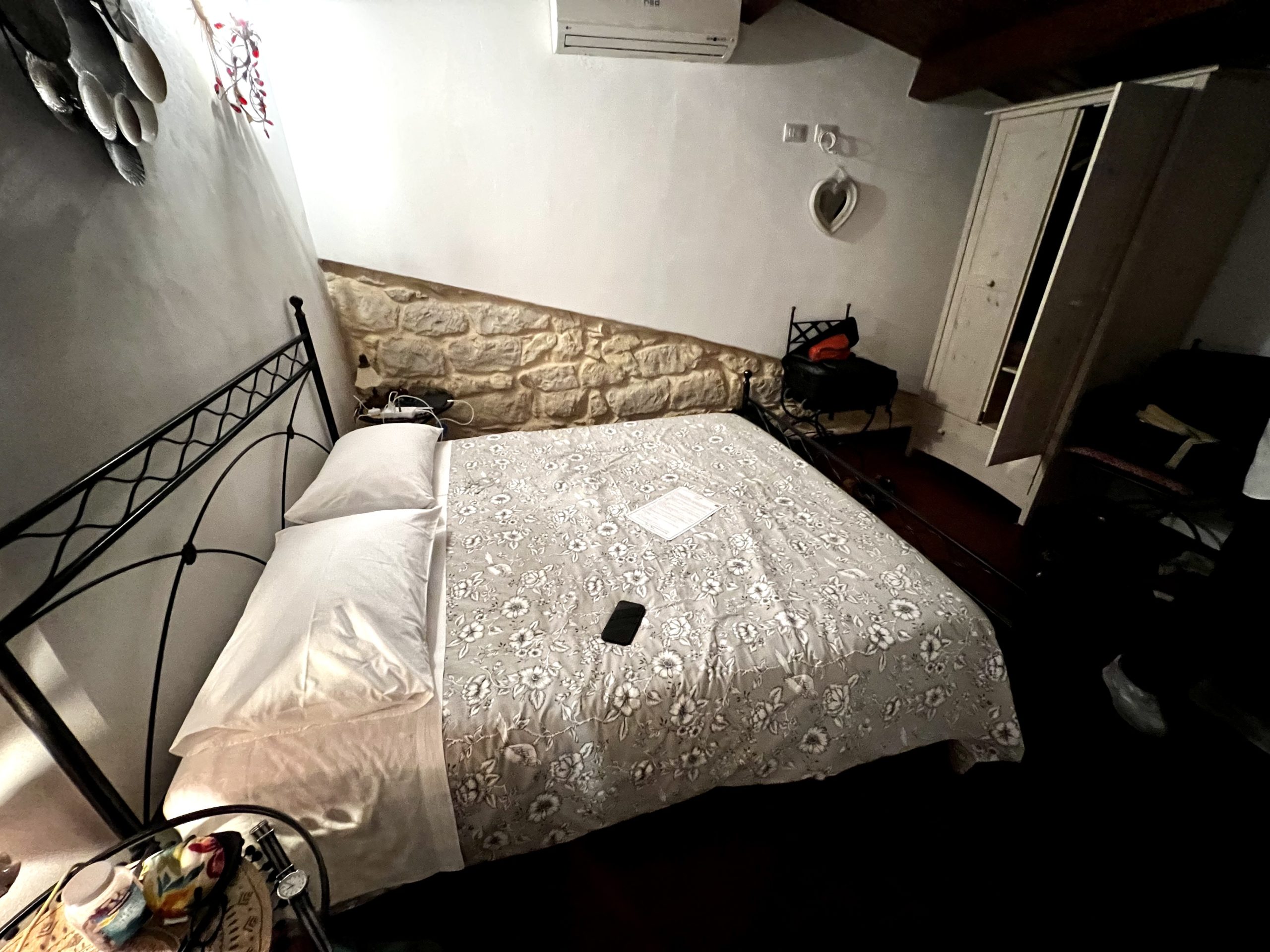
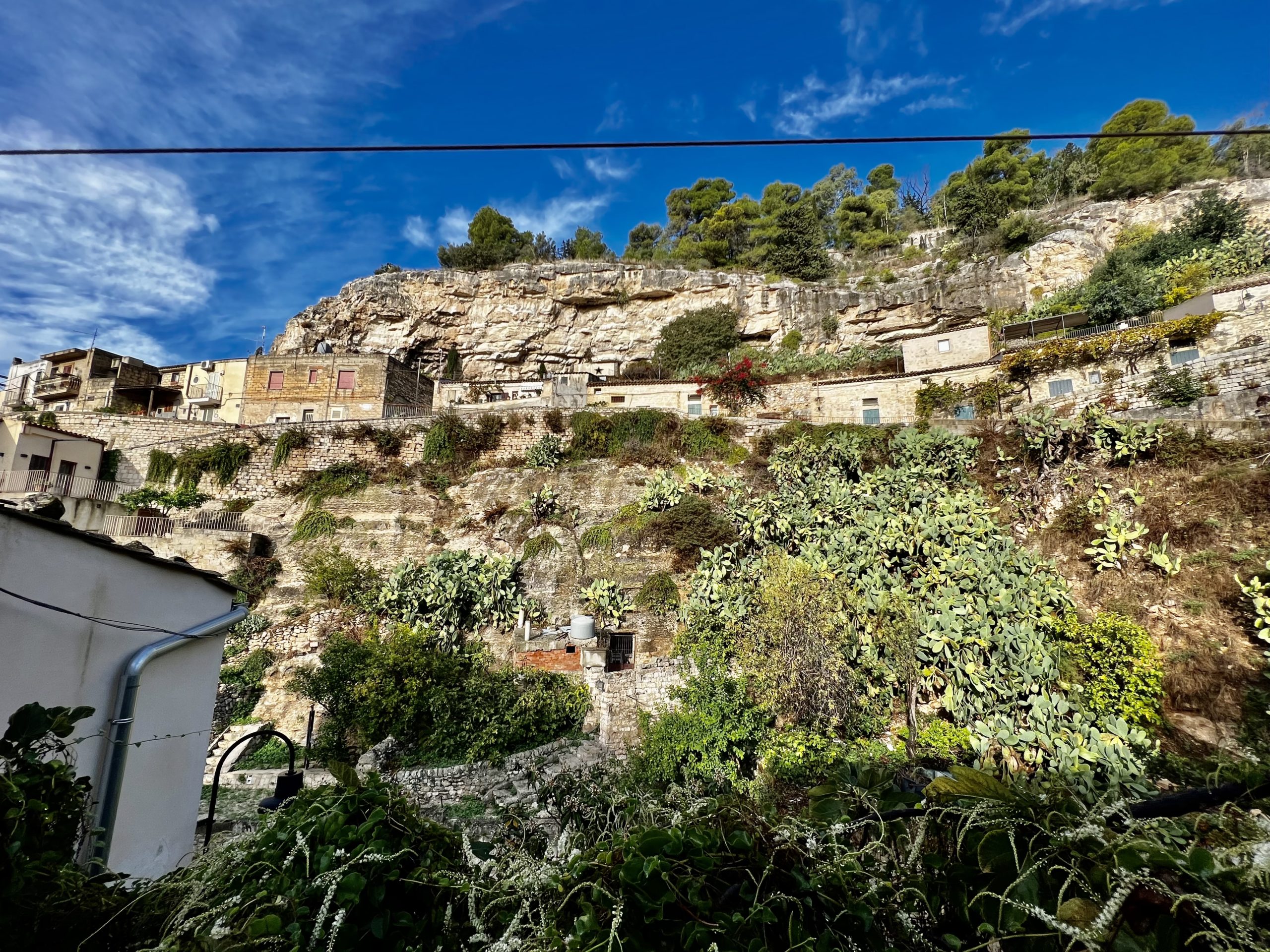
Strolling Scicli
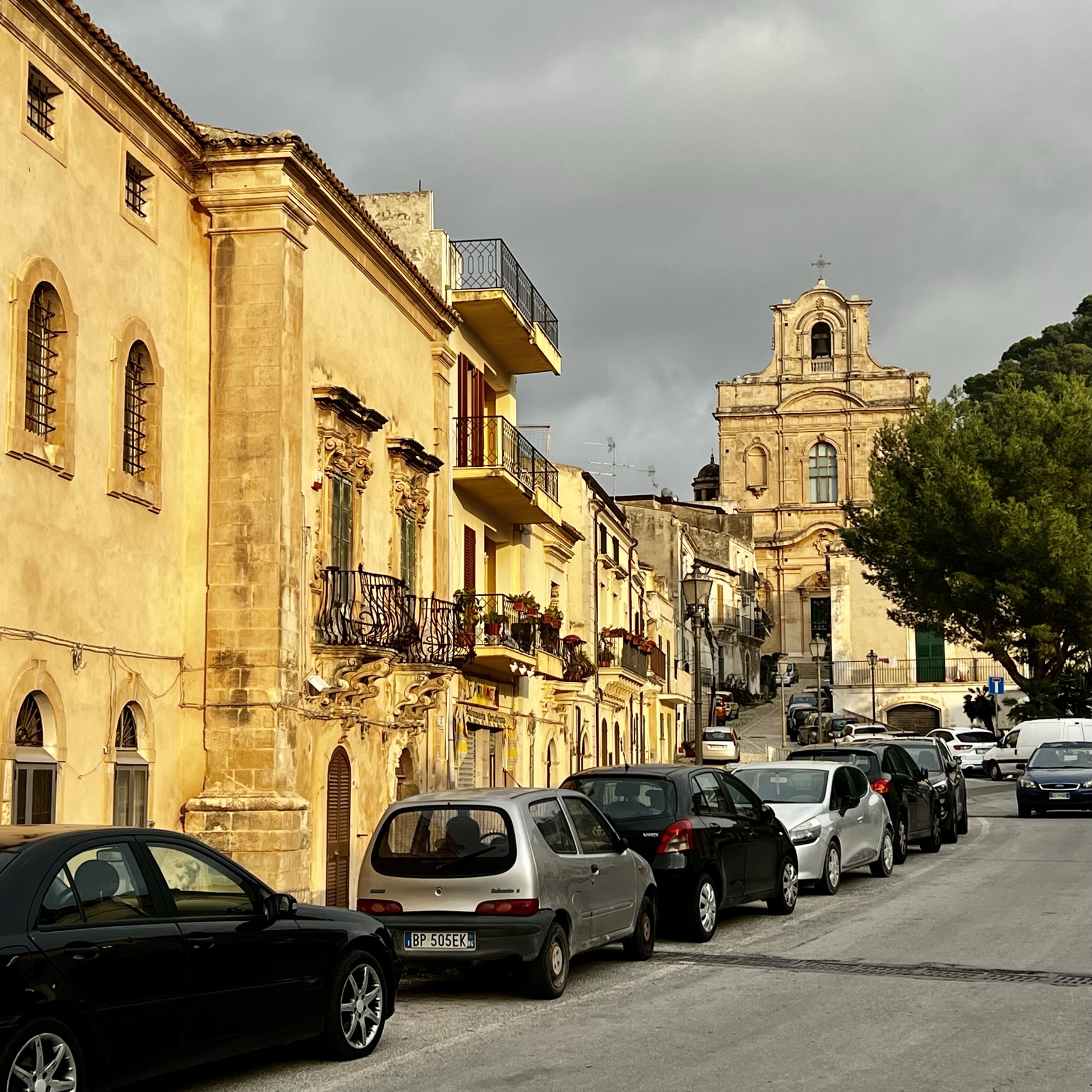
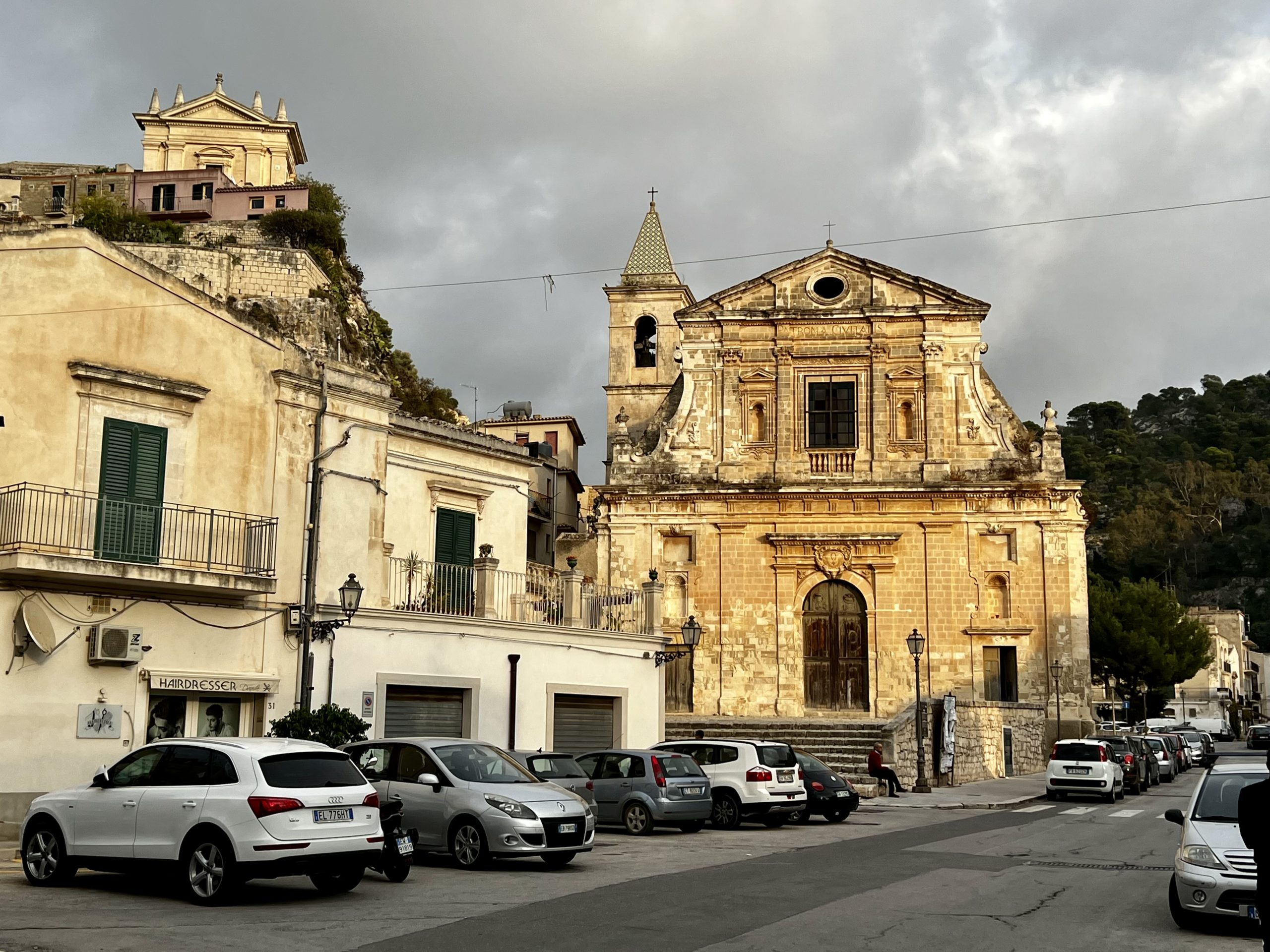
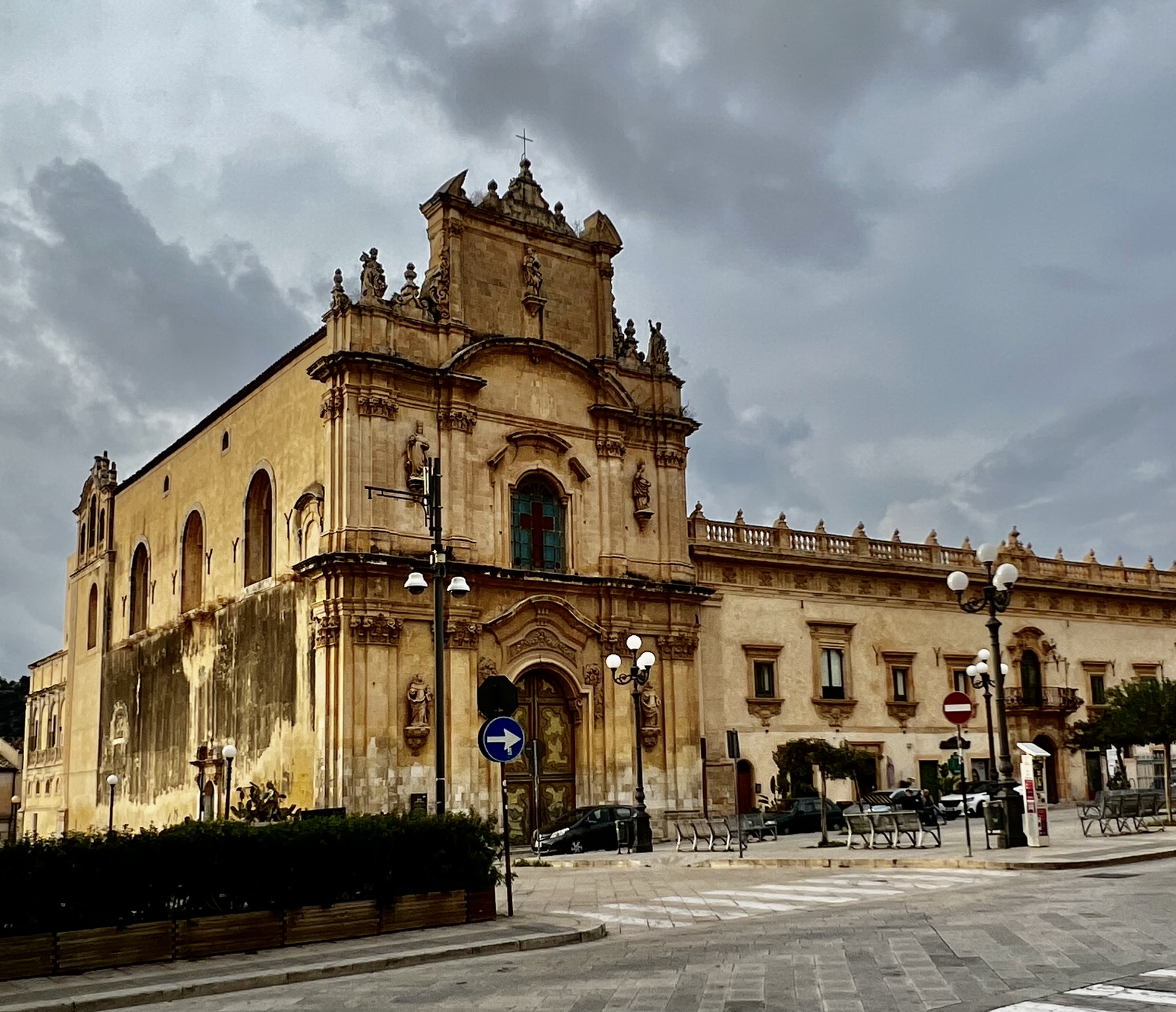
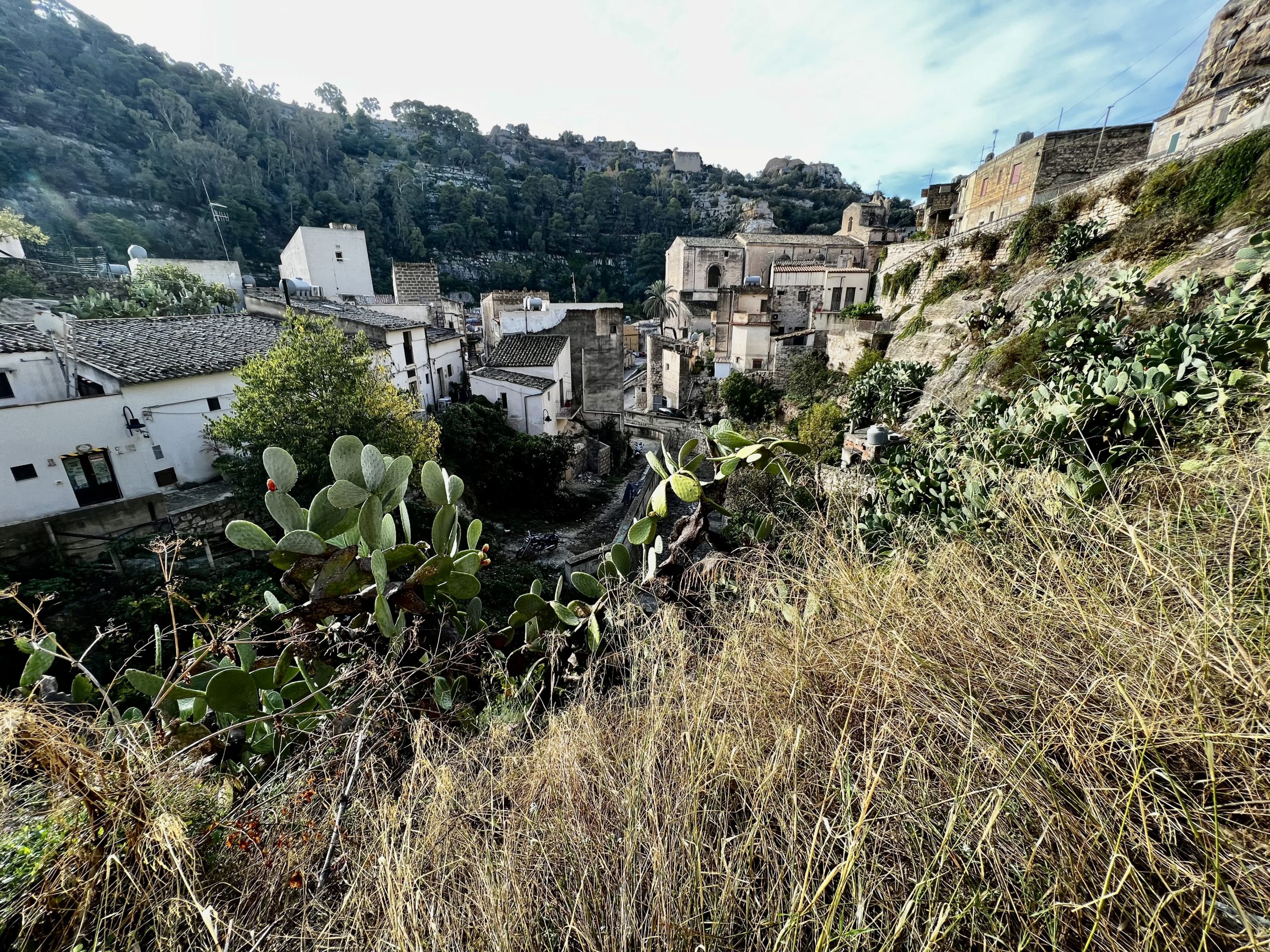
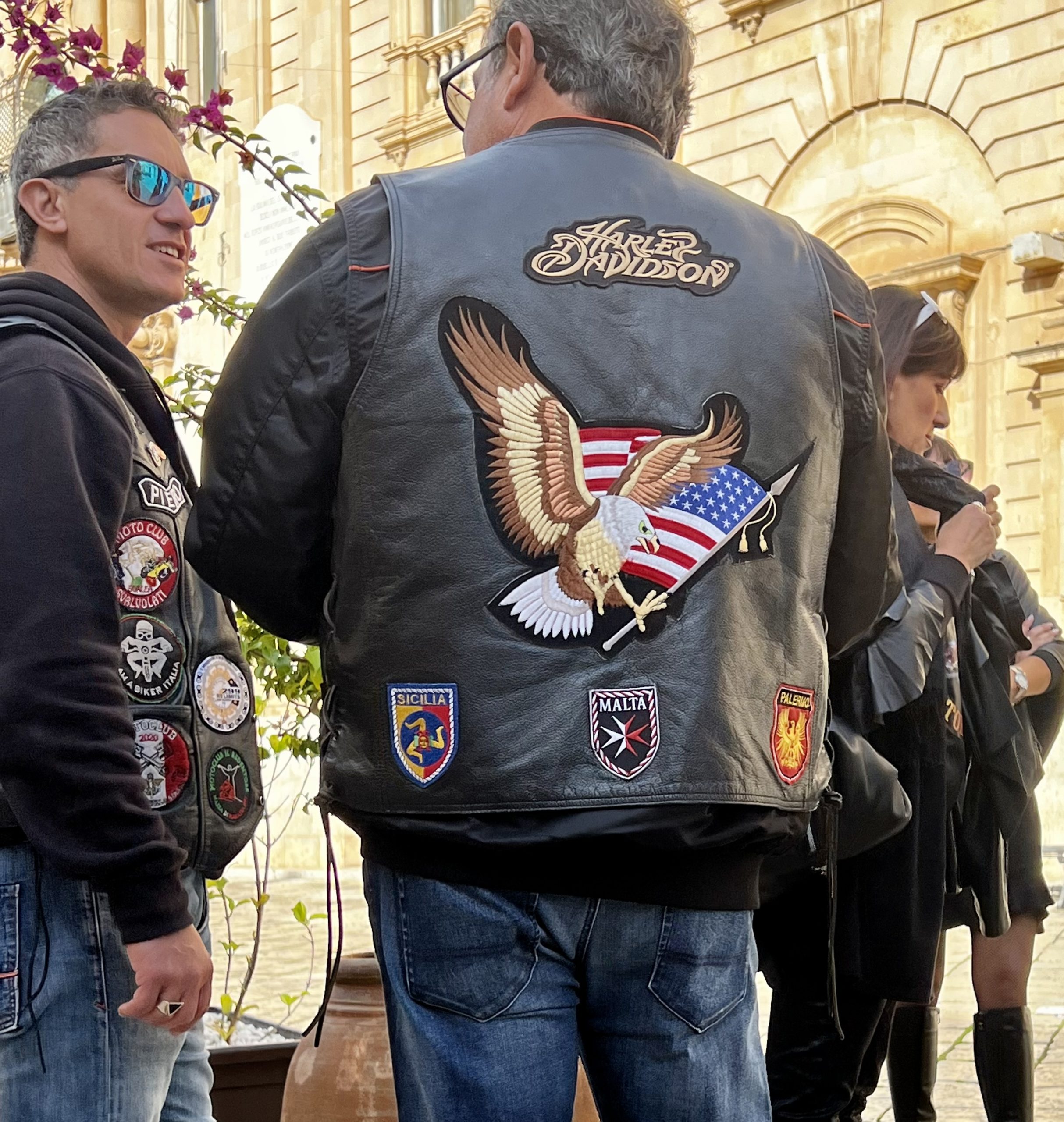
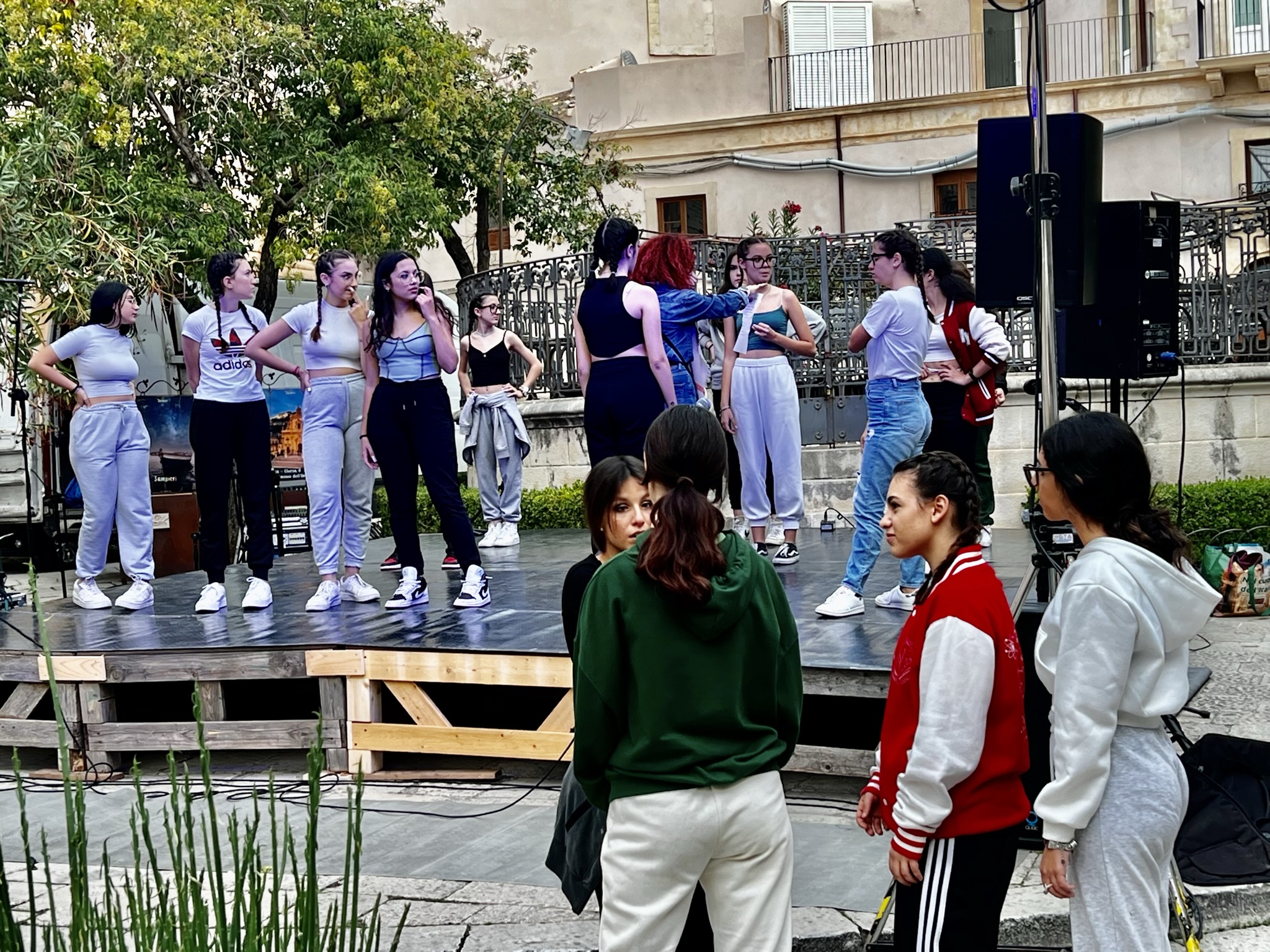
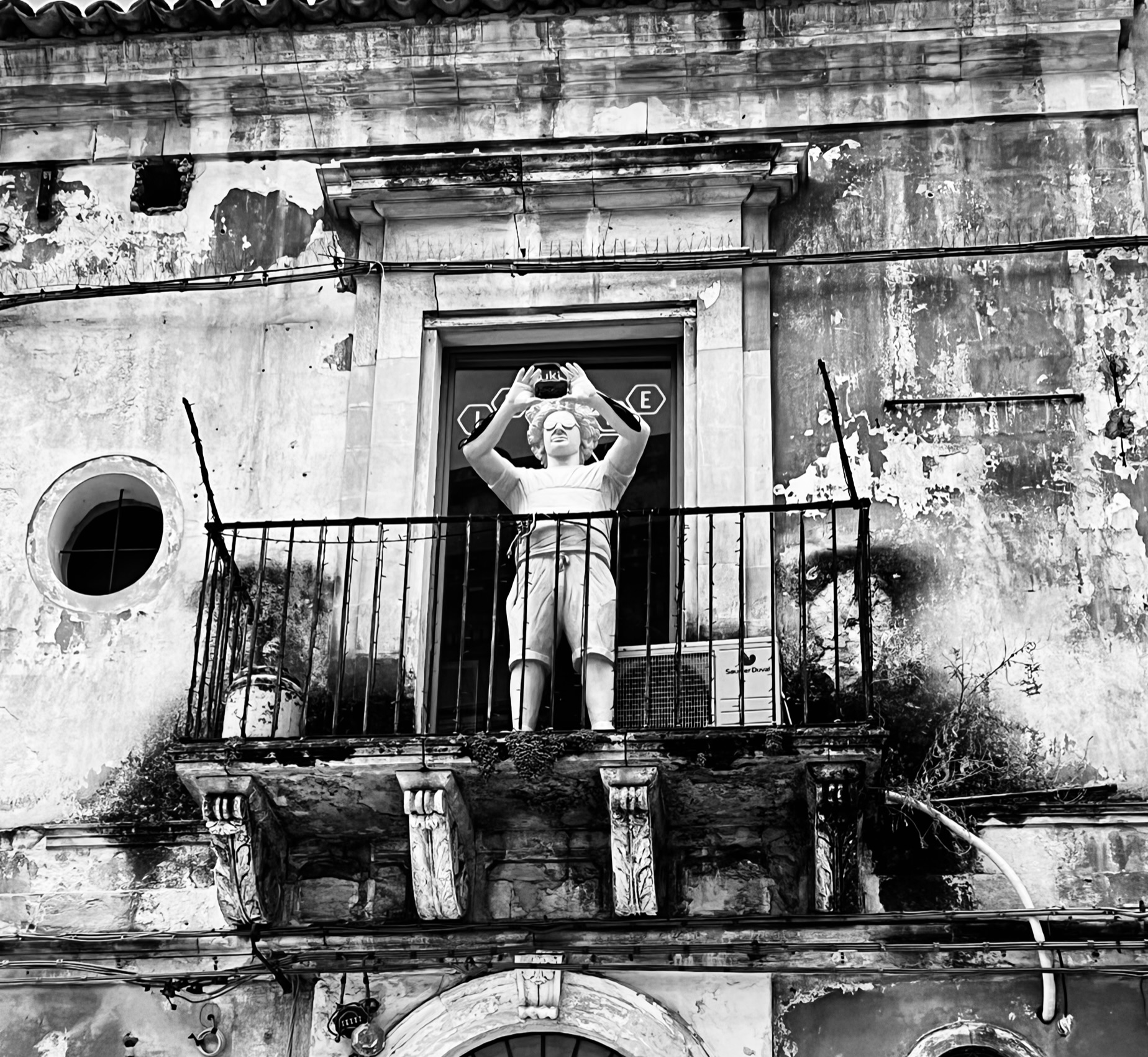
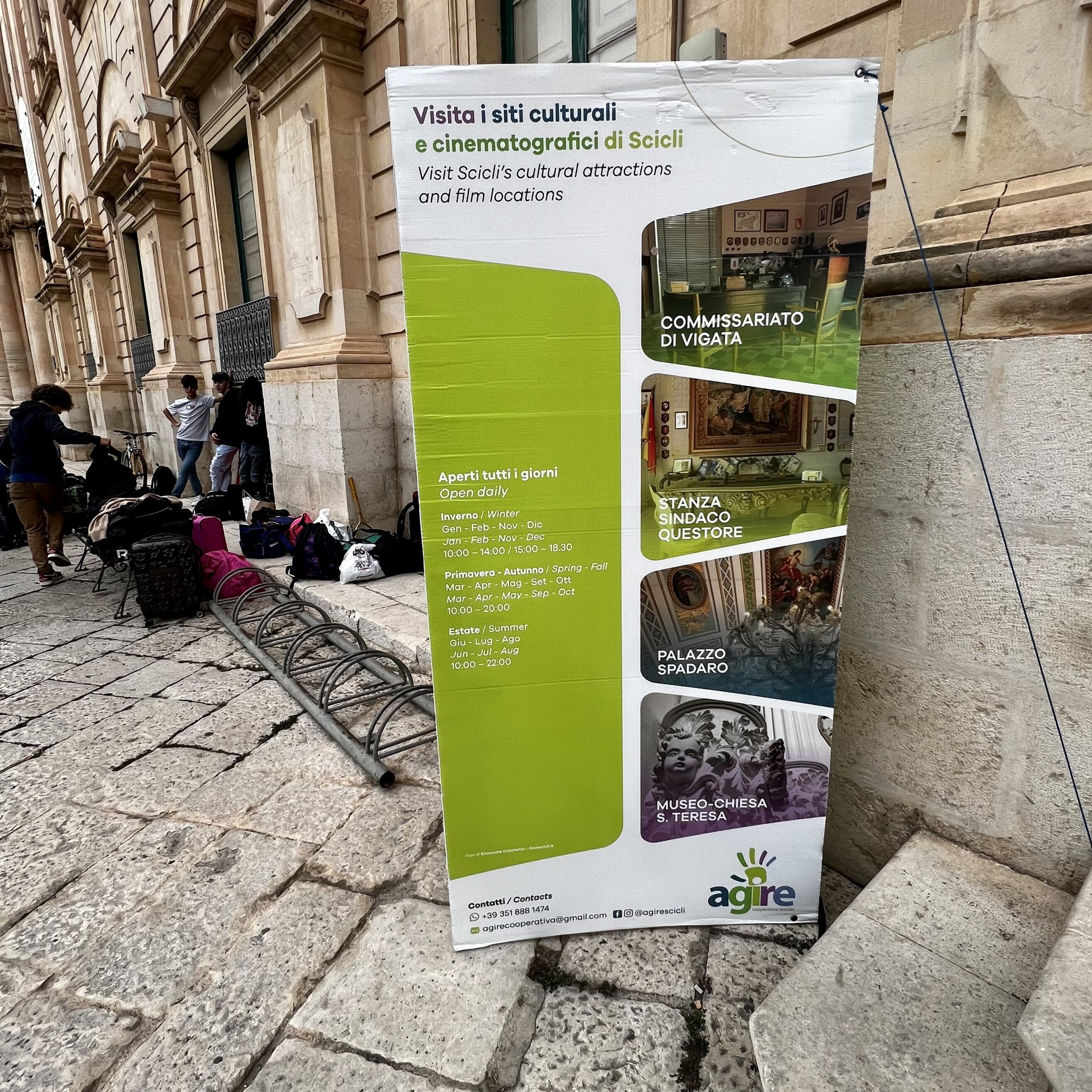
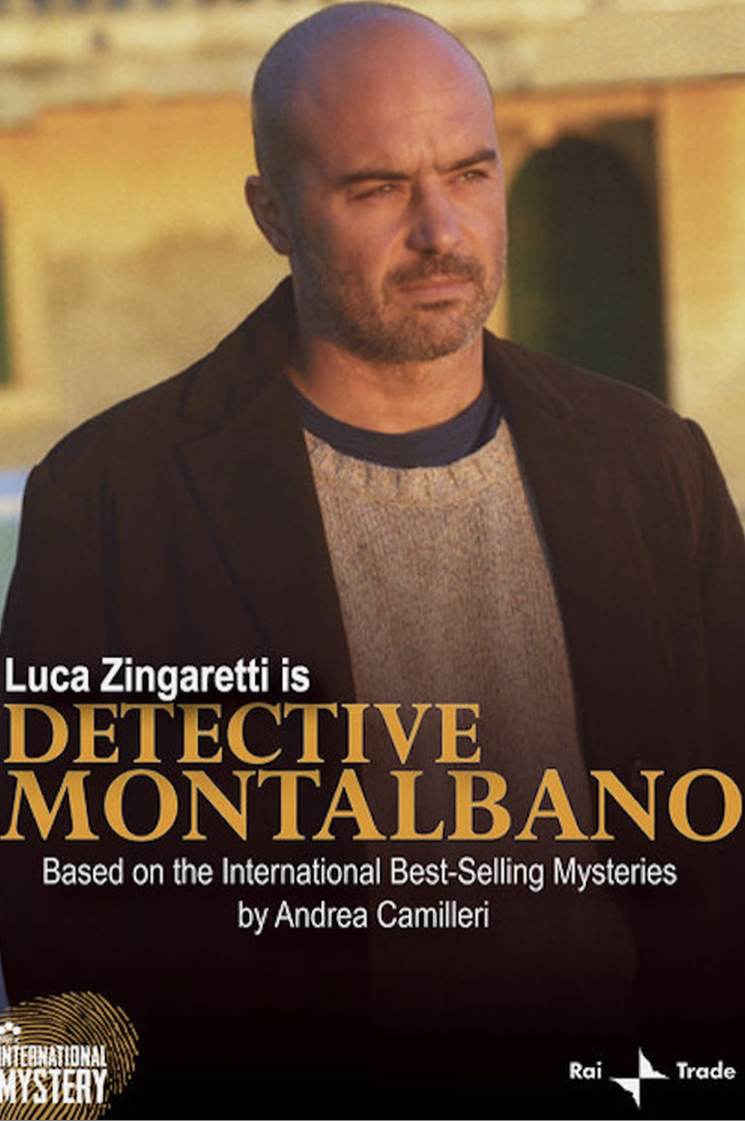
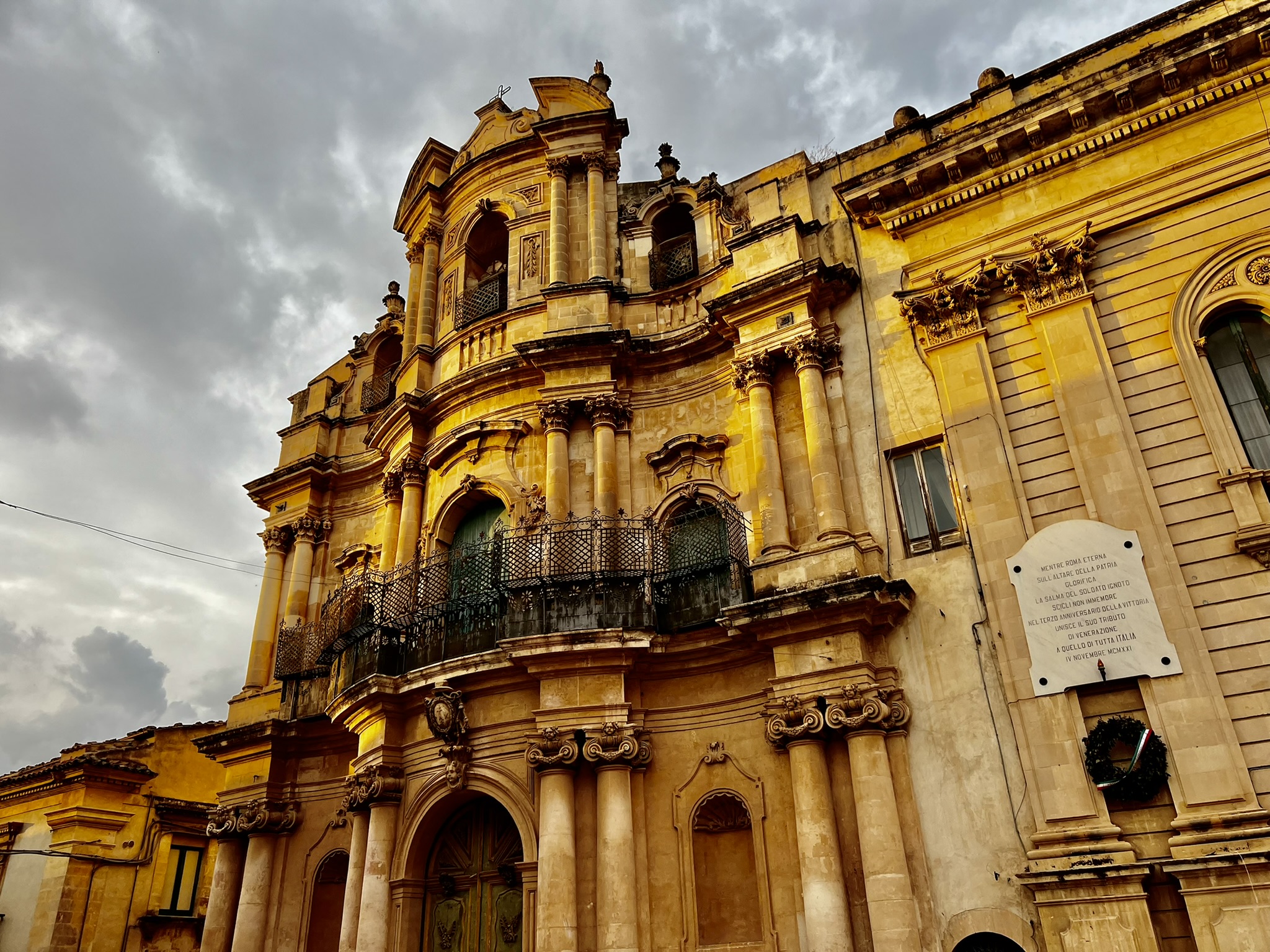
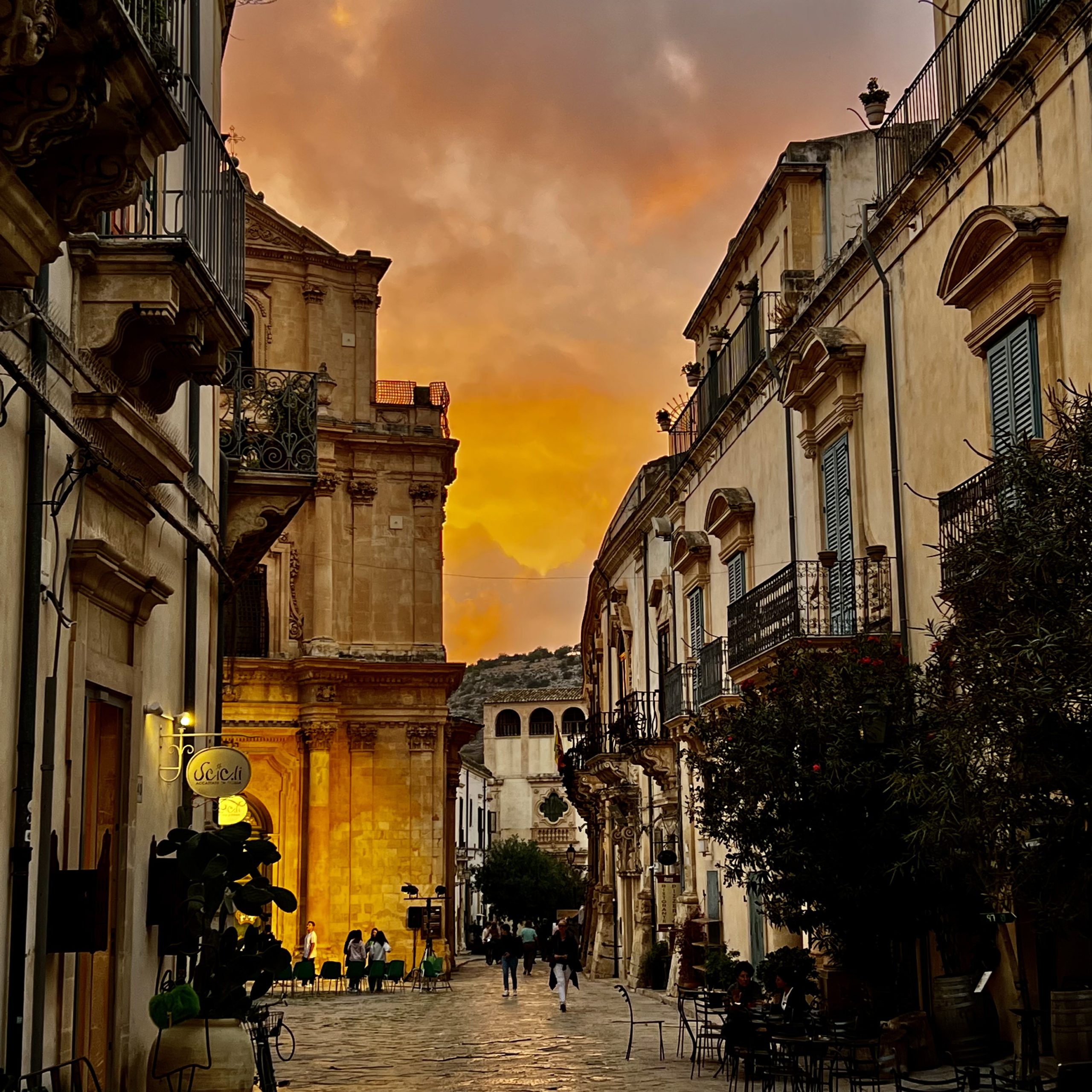
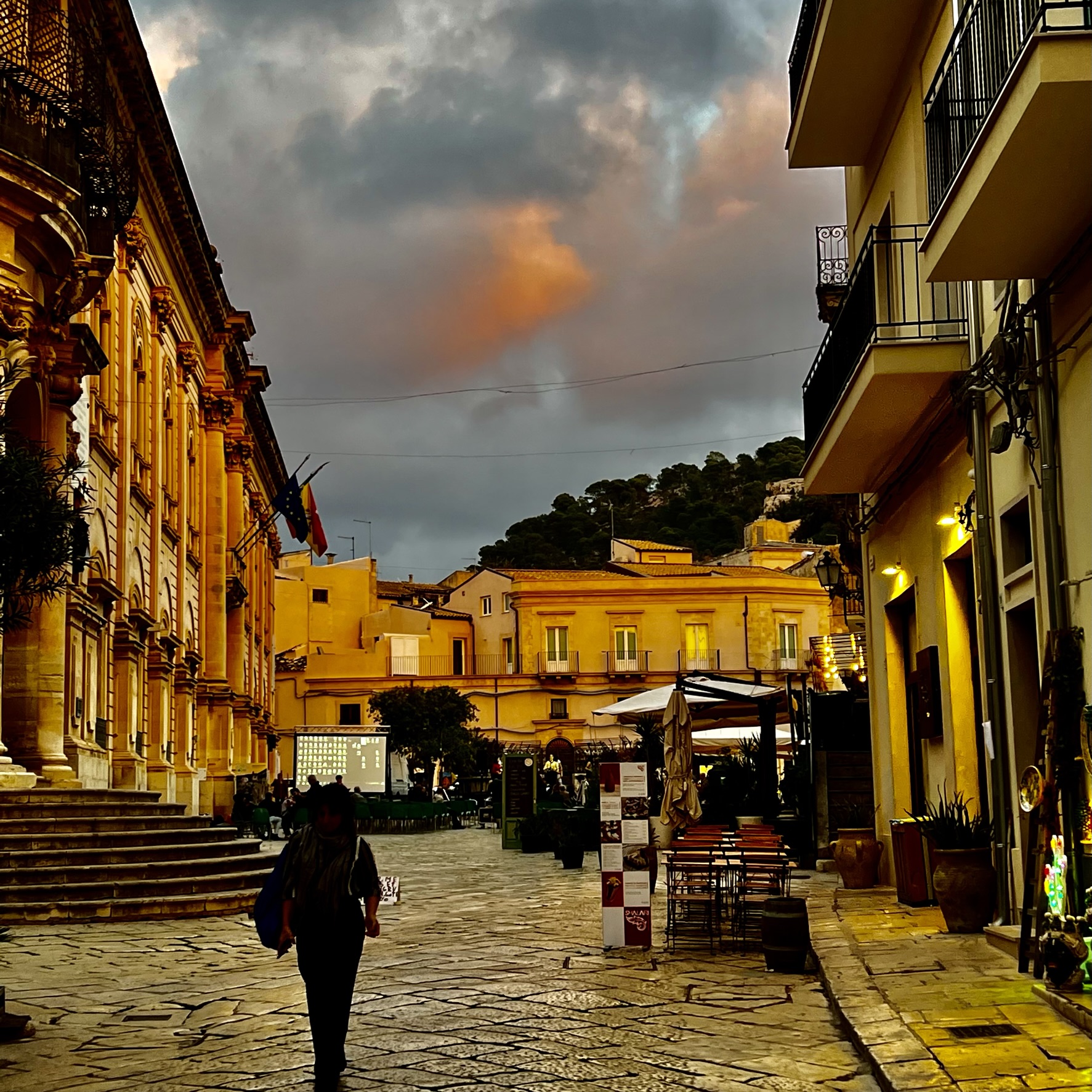
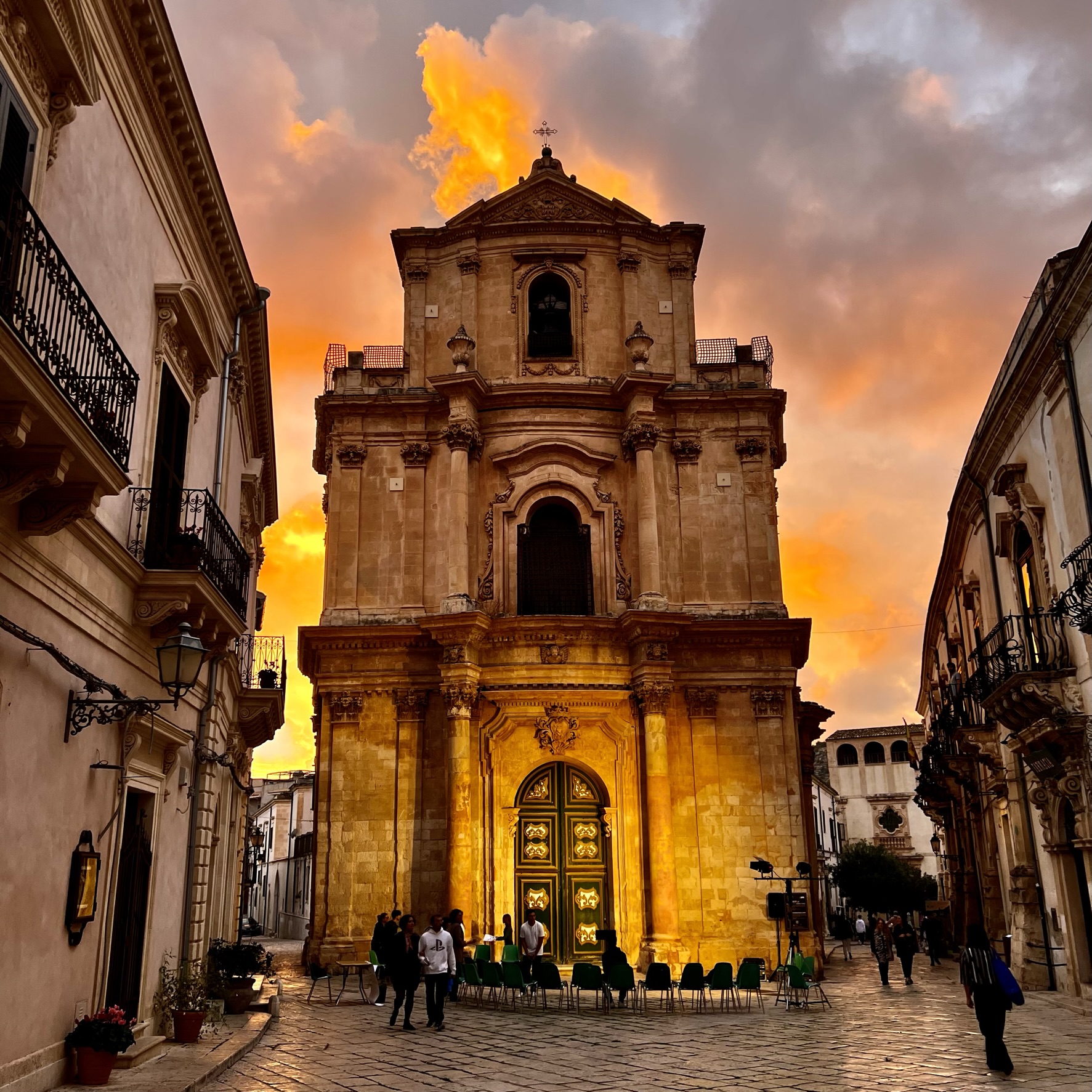
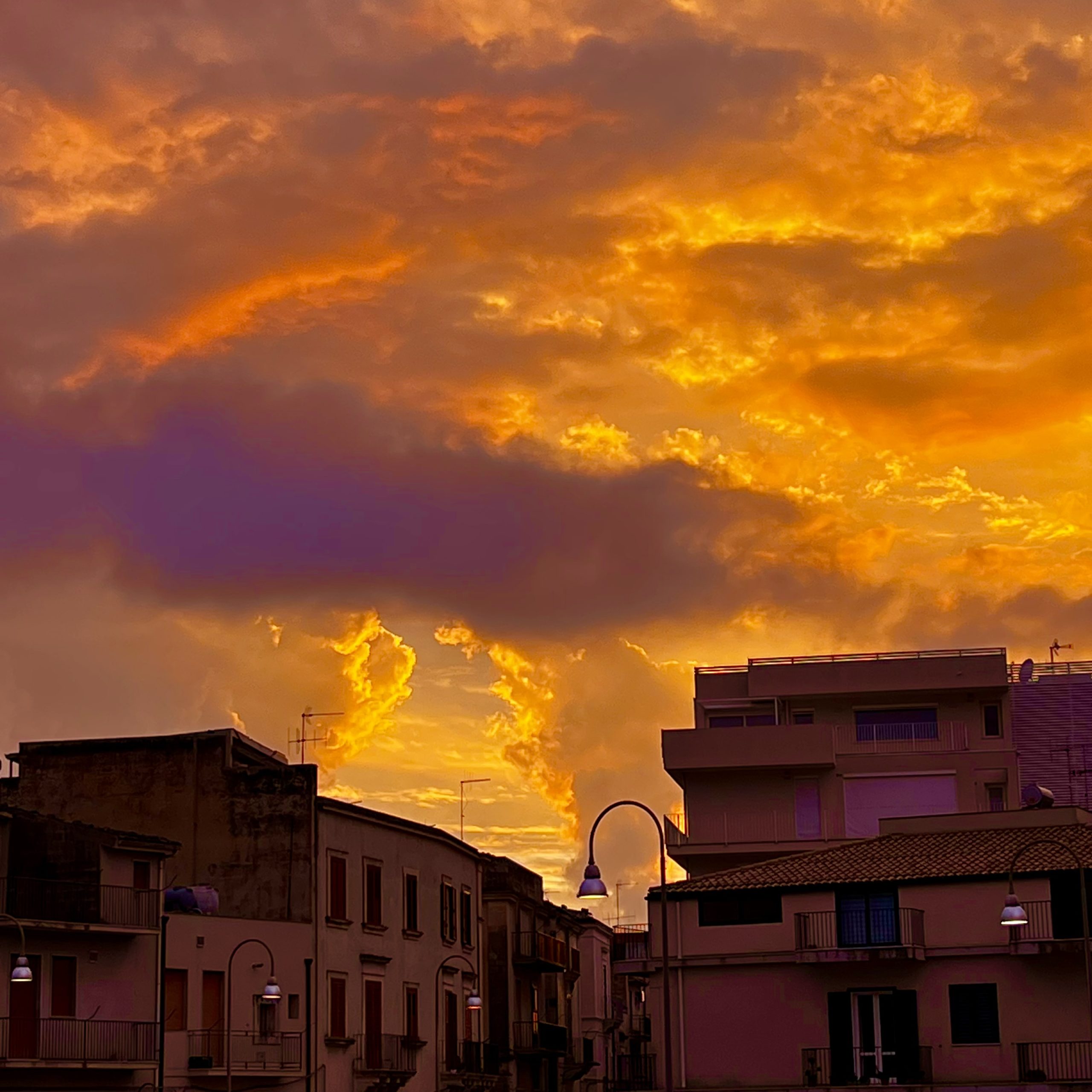
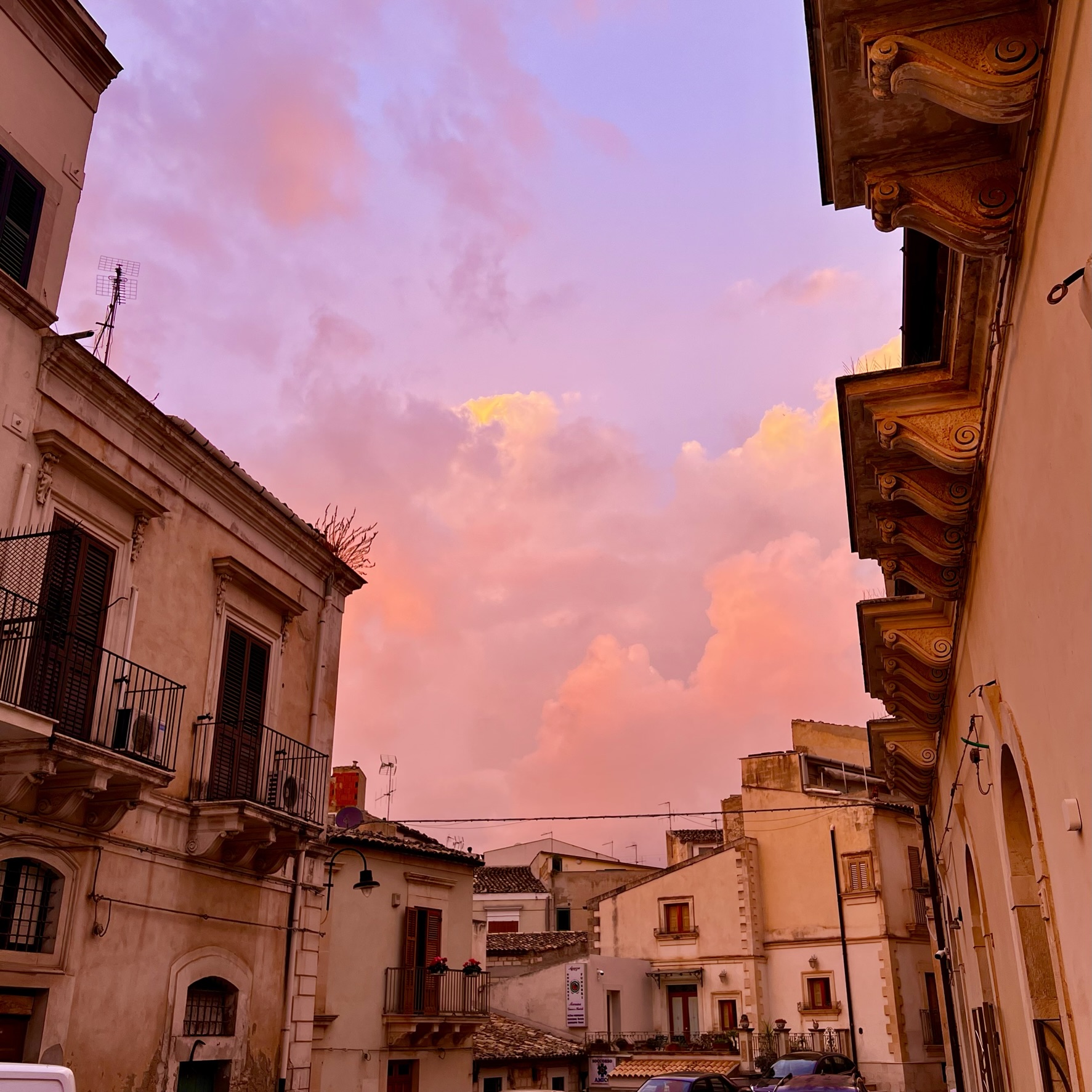
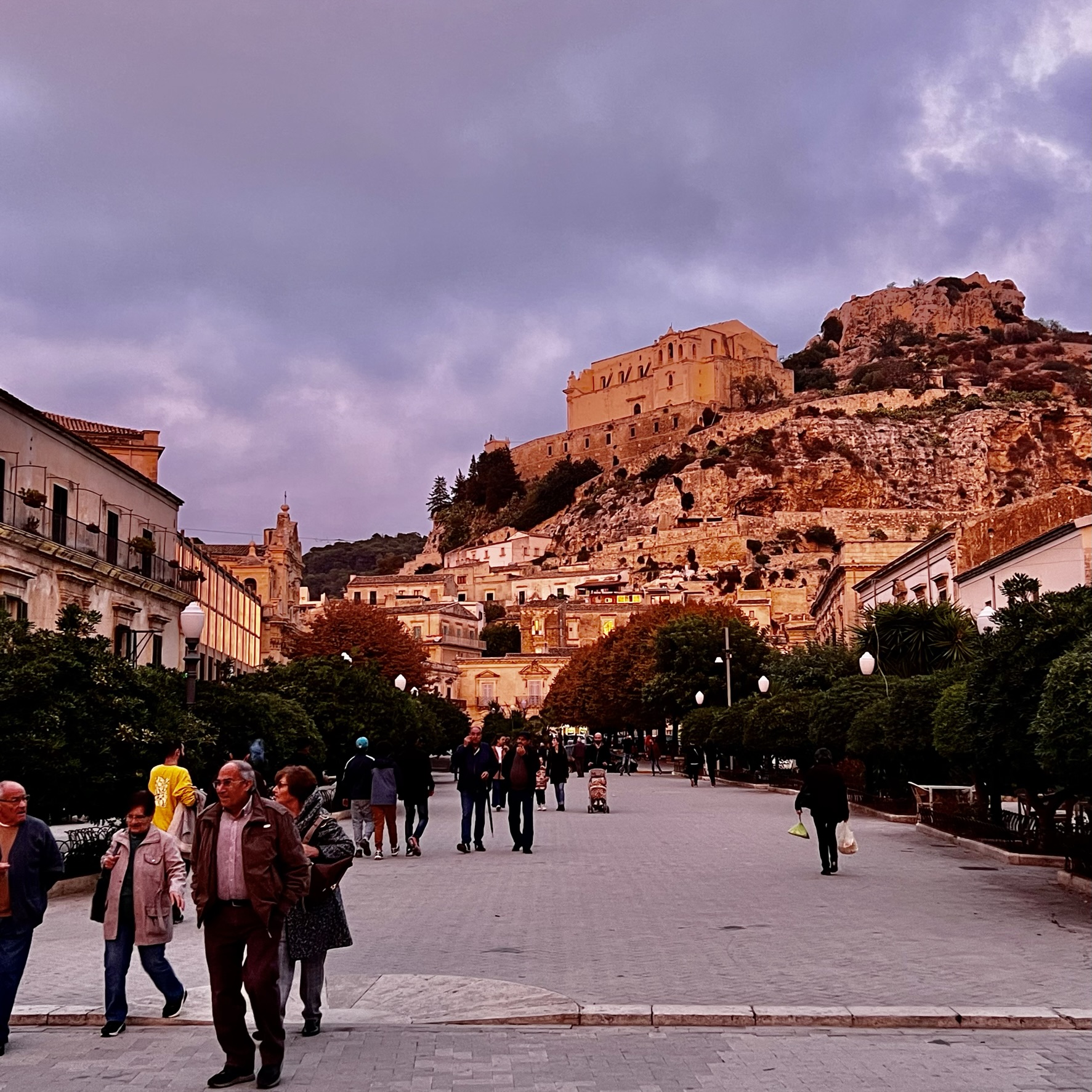
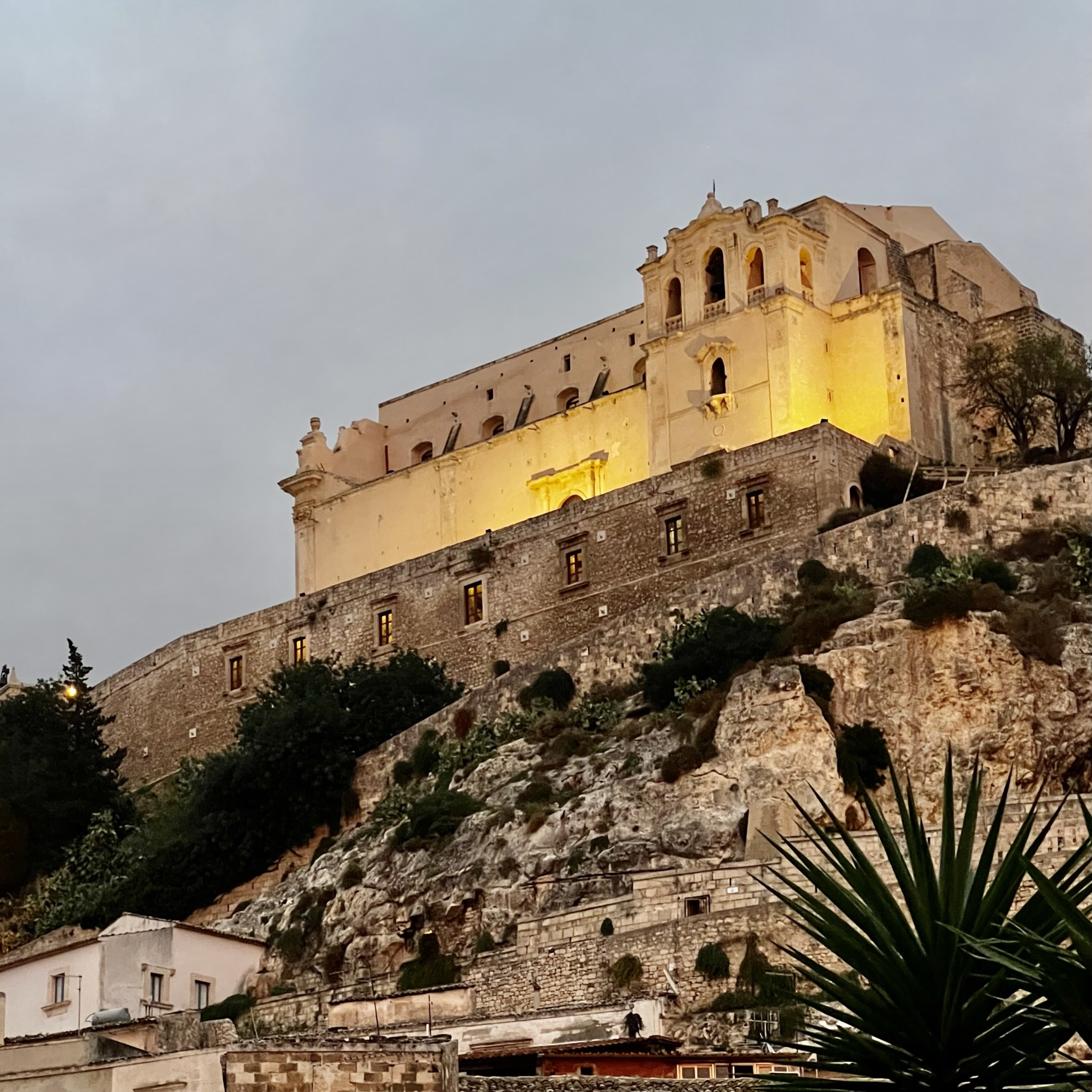
Villa Romana de Casale
We were here in 2019. It is a must if you are in Sicily. Plan to spend three hours because it has so much to offer. The villa is large and holds elaborate mosaic floors from the 4th century AD, one of the largest collections of Roman mosaics in the world, some 3,500 square meters in total. The villa is on twenty-two acres of land. The Italians have done a wonderful job of putting in walkways for visitors through the villa, and roofs over the rooms. Beautifully designed.
Although this area of Sicily fell into economic neglect, it prospered in the 4th century AD when the villa was built over a prior rustic villa. The economic prosperity came as Egypt began to ship their grains elsewhere rather than to Rome. This area of Sicily is renowned for its wheat and Rome needed to satisfy the needs of its people. It was during this time too that the affluent classes moved to the countryside and built large villas. The ownership of this villa is not fully resolved, although current thinking is that the estate belonged to a high-ranking senatorial aristocrat. It fell into disuse after about 150 years, then was covered by a major mud slide and wasn’t rediscovered until the early 19th century. Archaeological finds continue on the site.
The last time we were here, the mosaic-tiled rooms were roofed over but open to the surrounding air. This time, we noted that the rooms are now encased in a canvas to provide a better understanding of the massing of this complex amalgam of buildings.
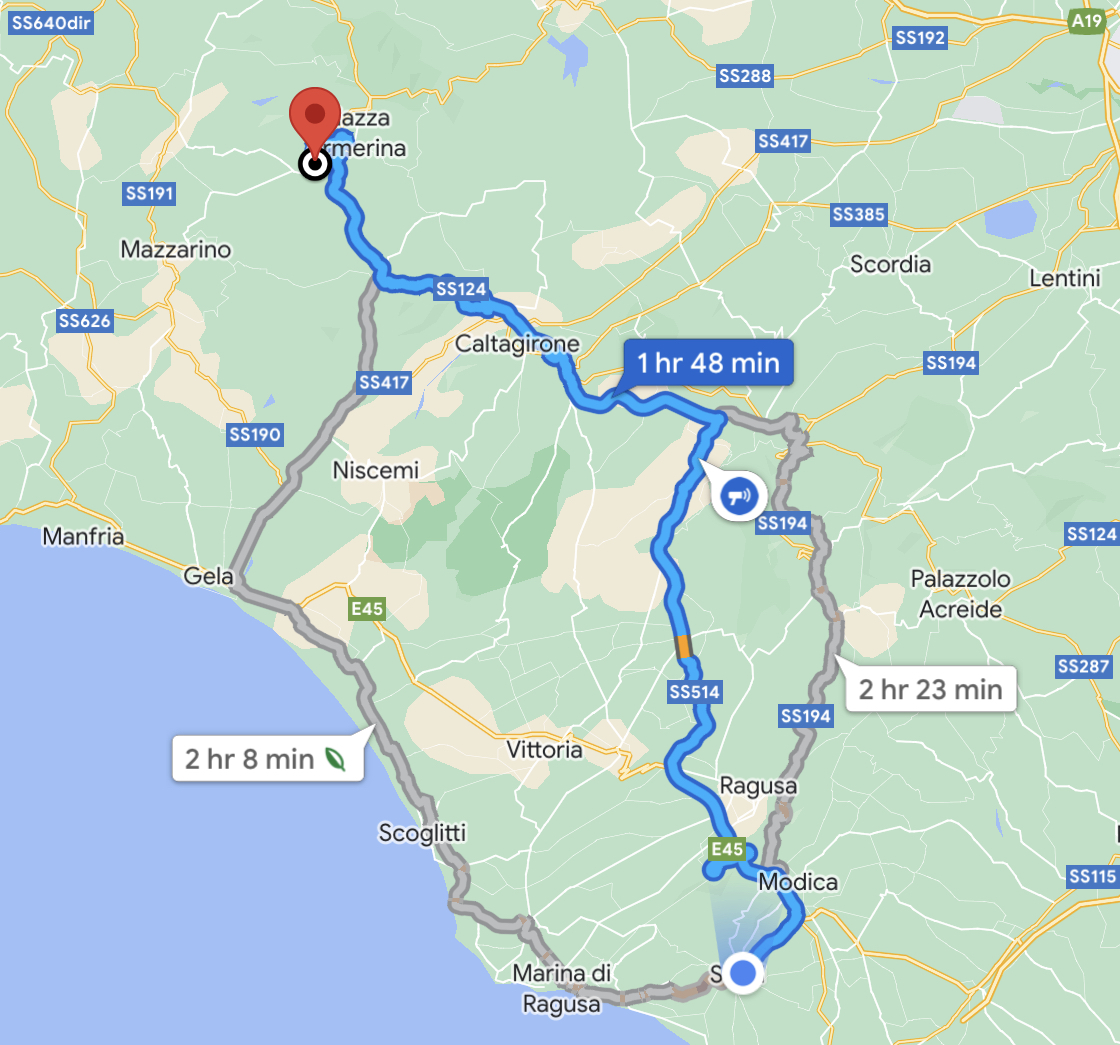
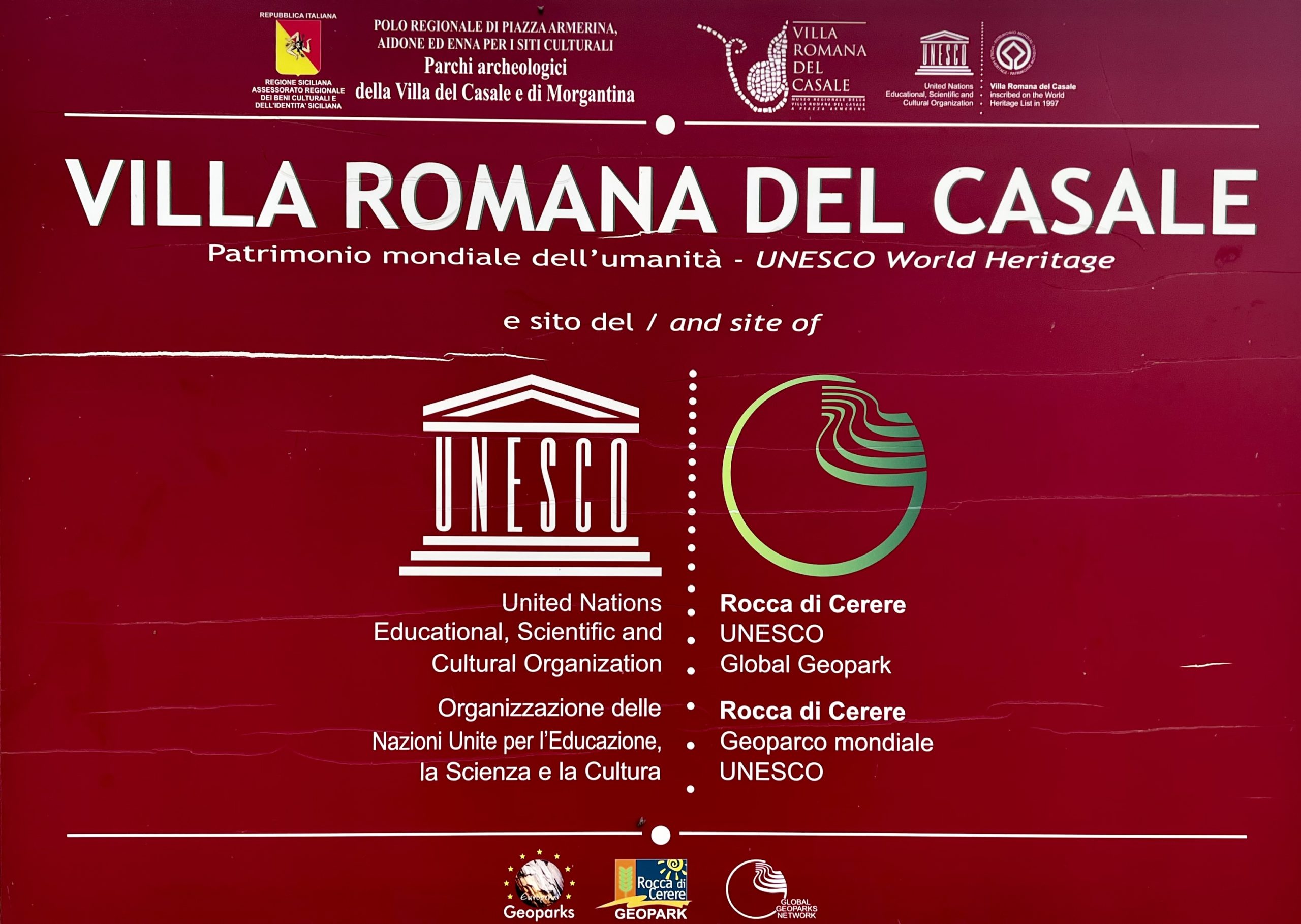
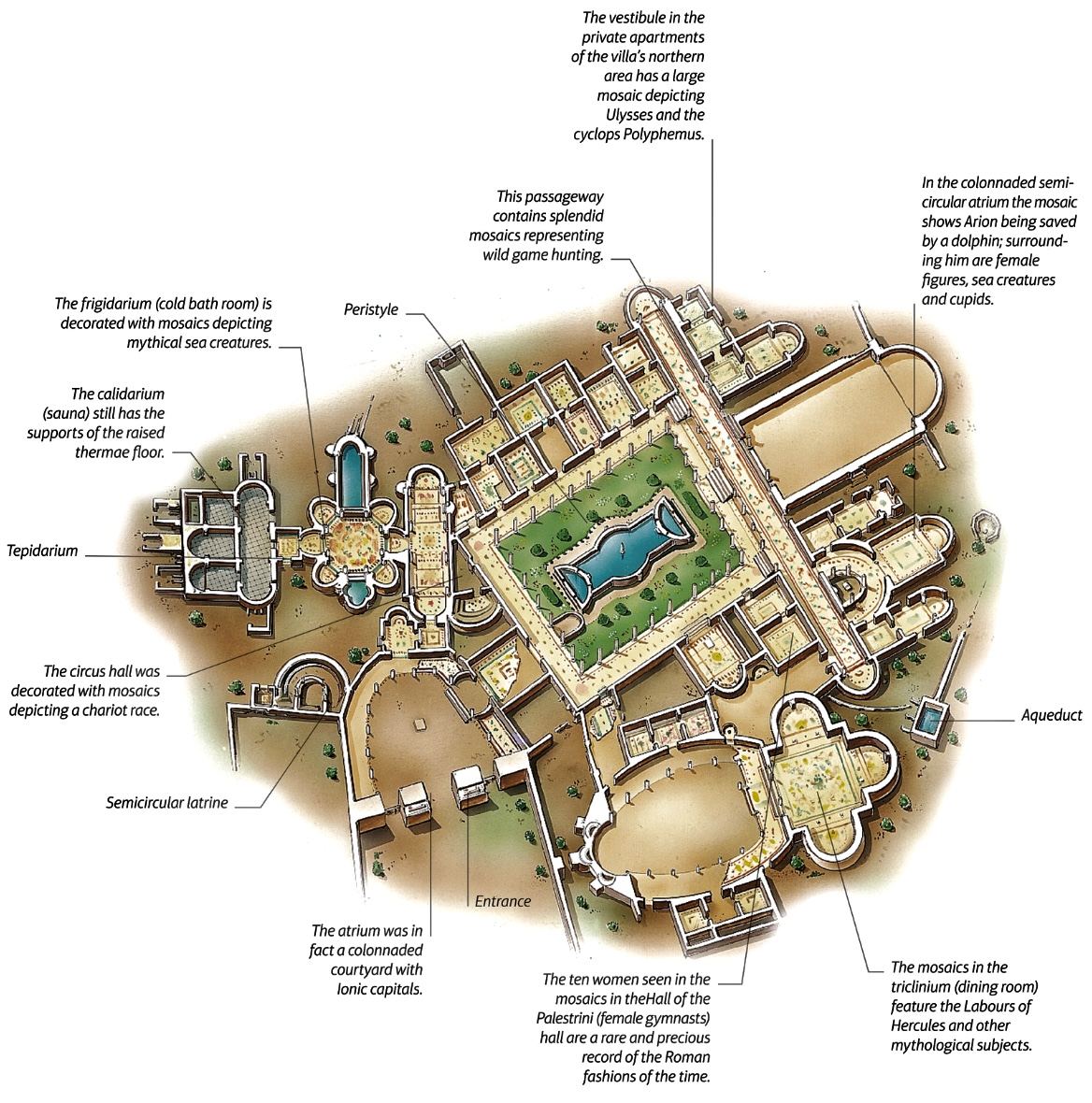
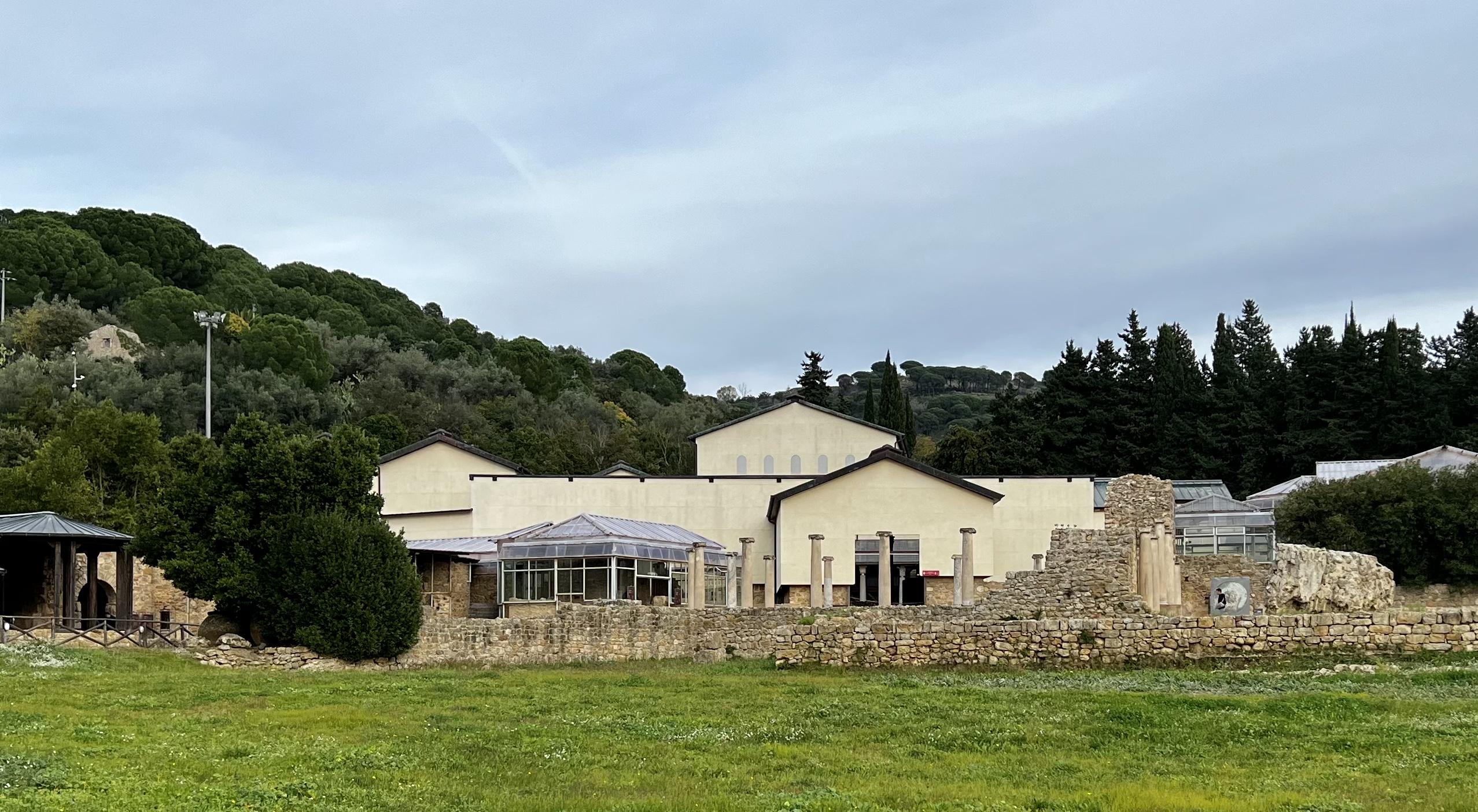
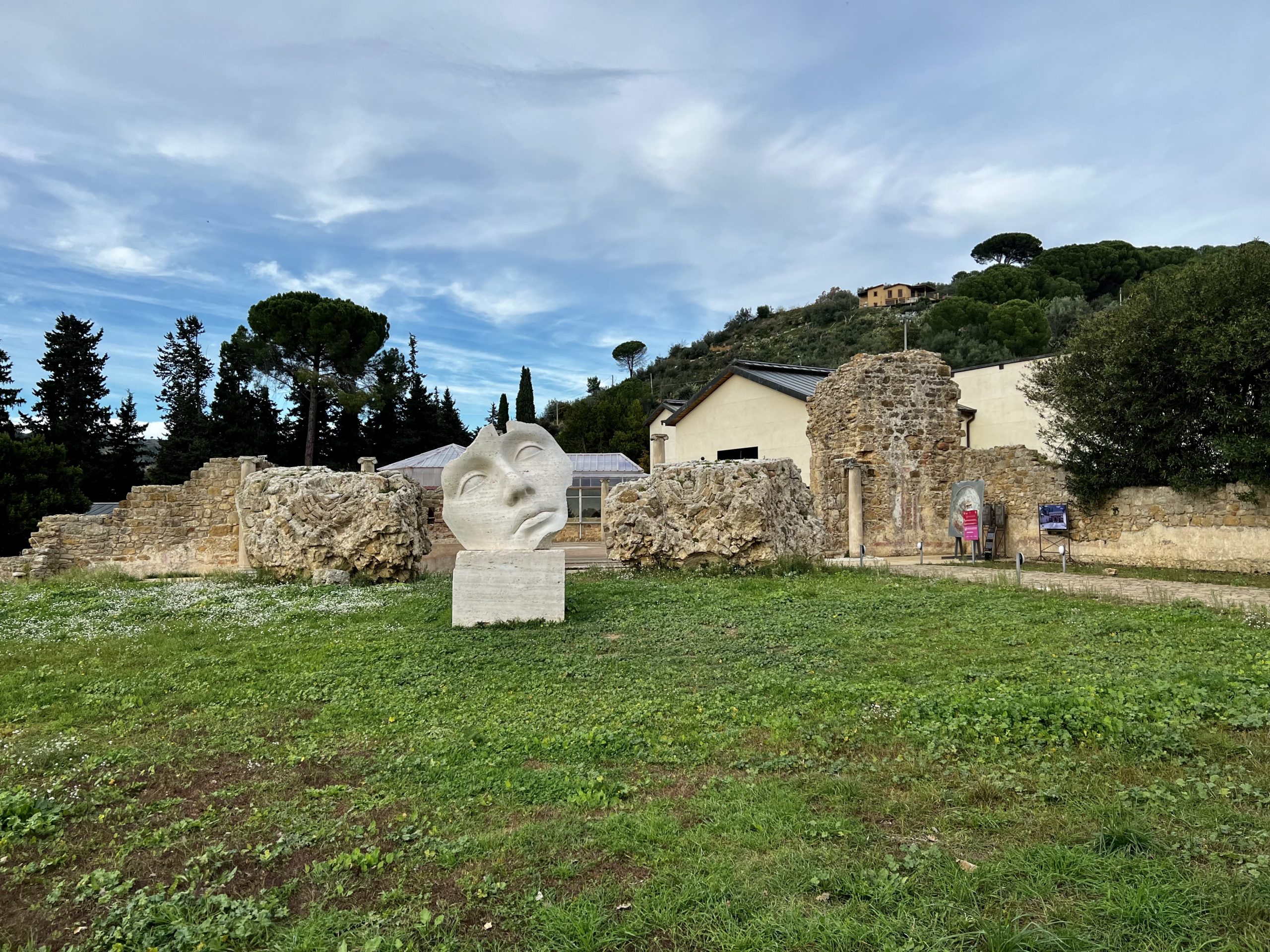
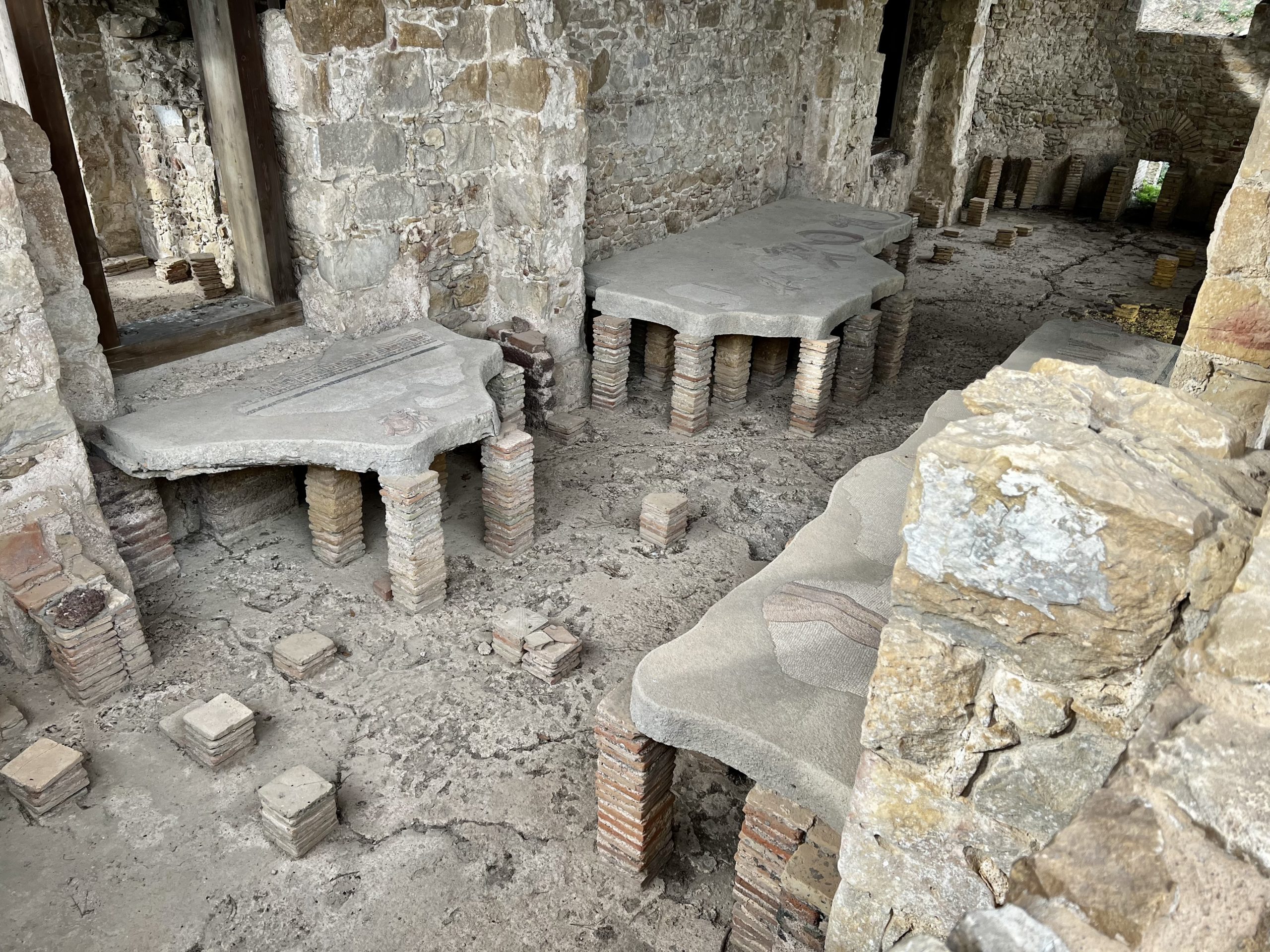
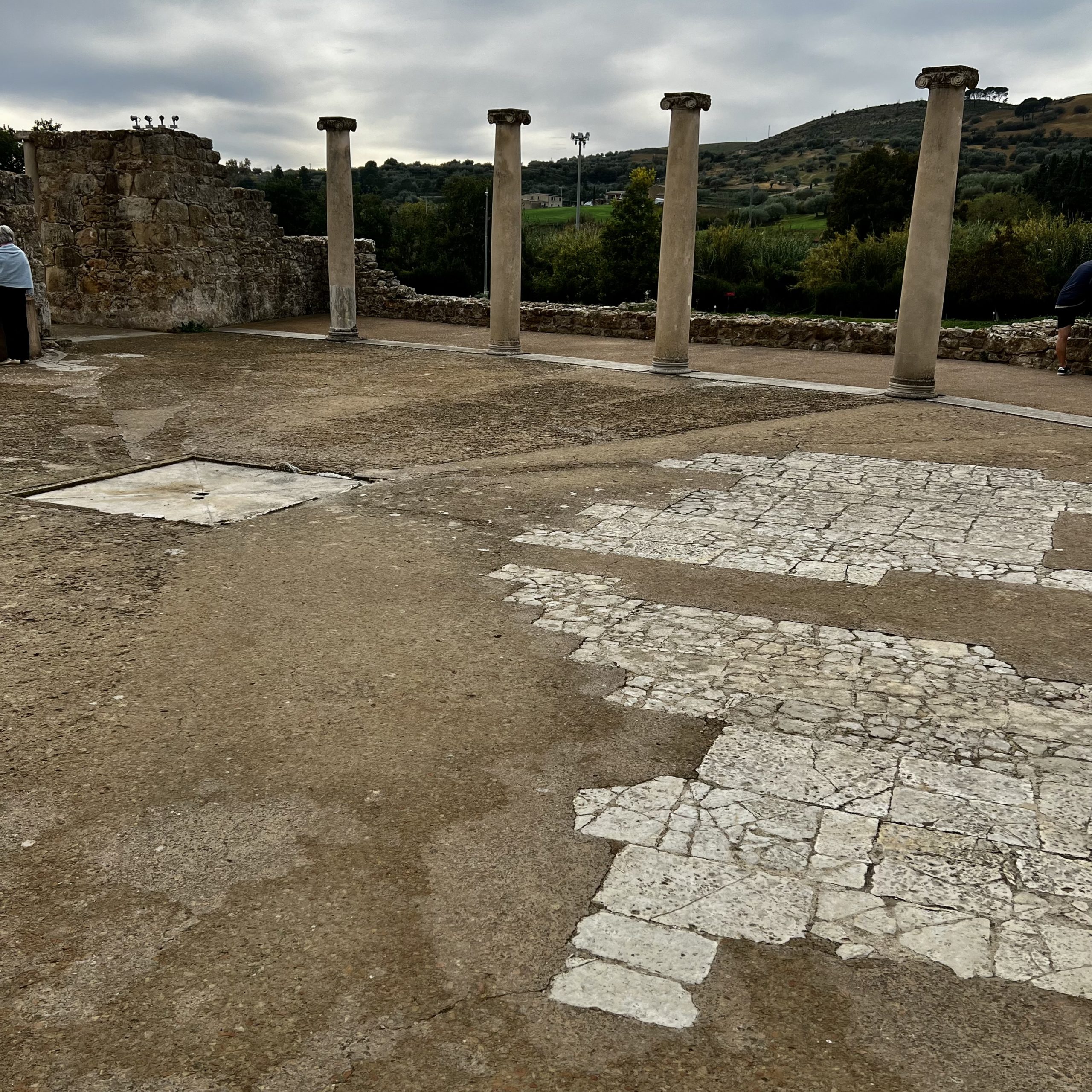
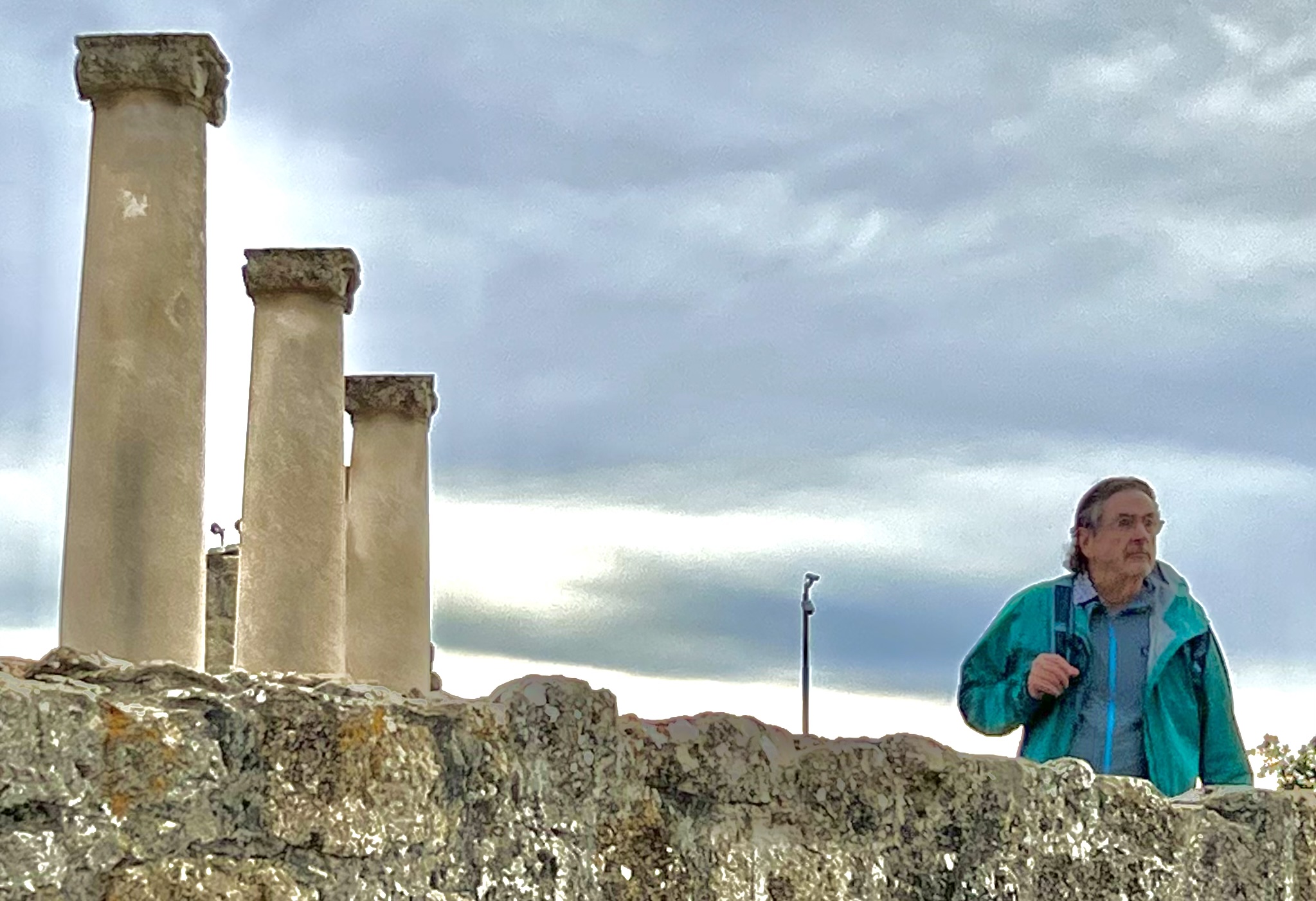

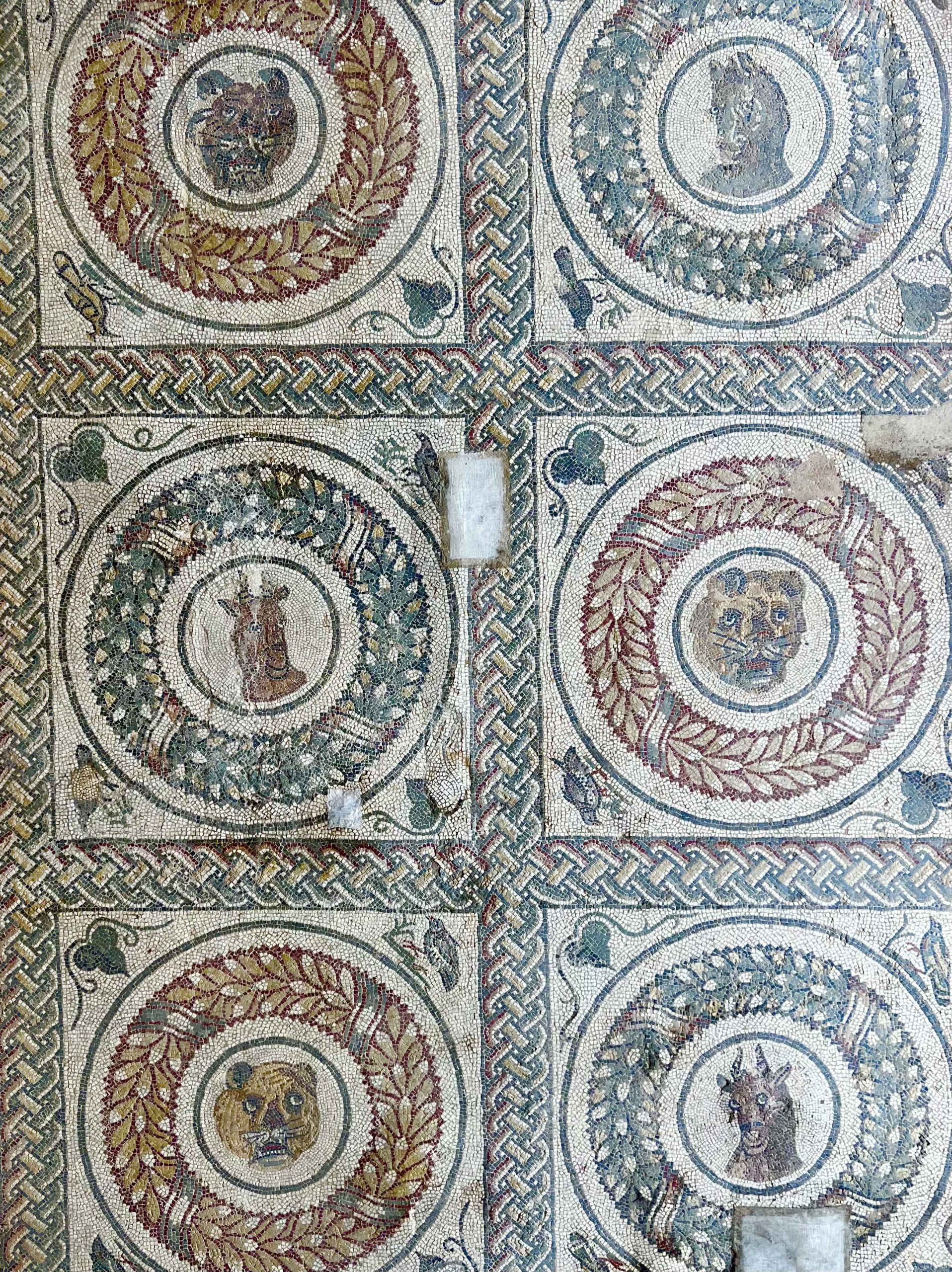






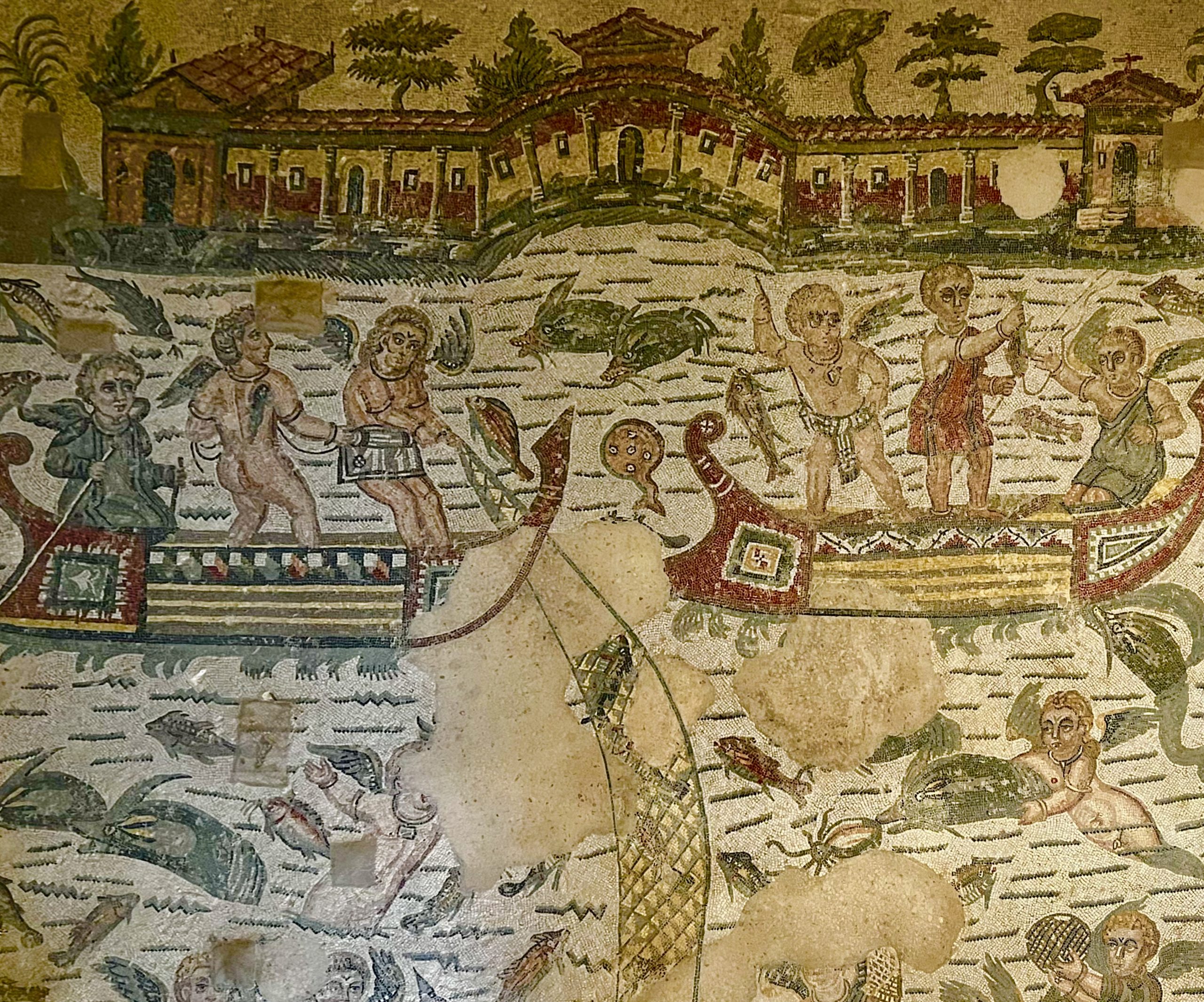
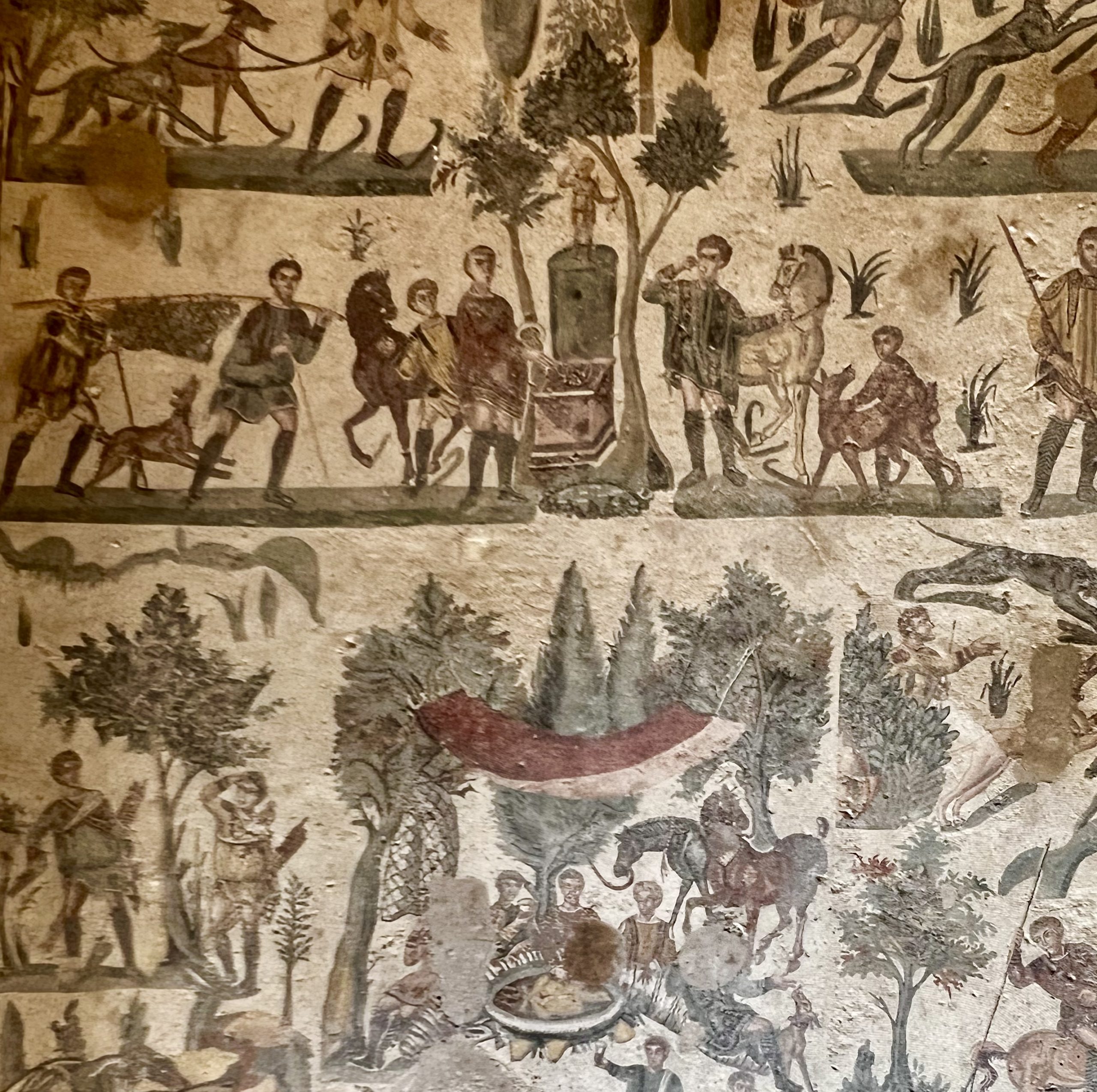
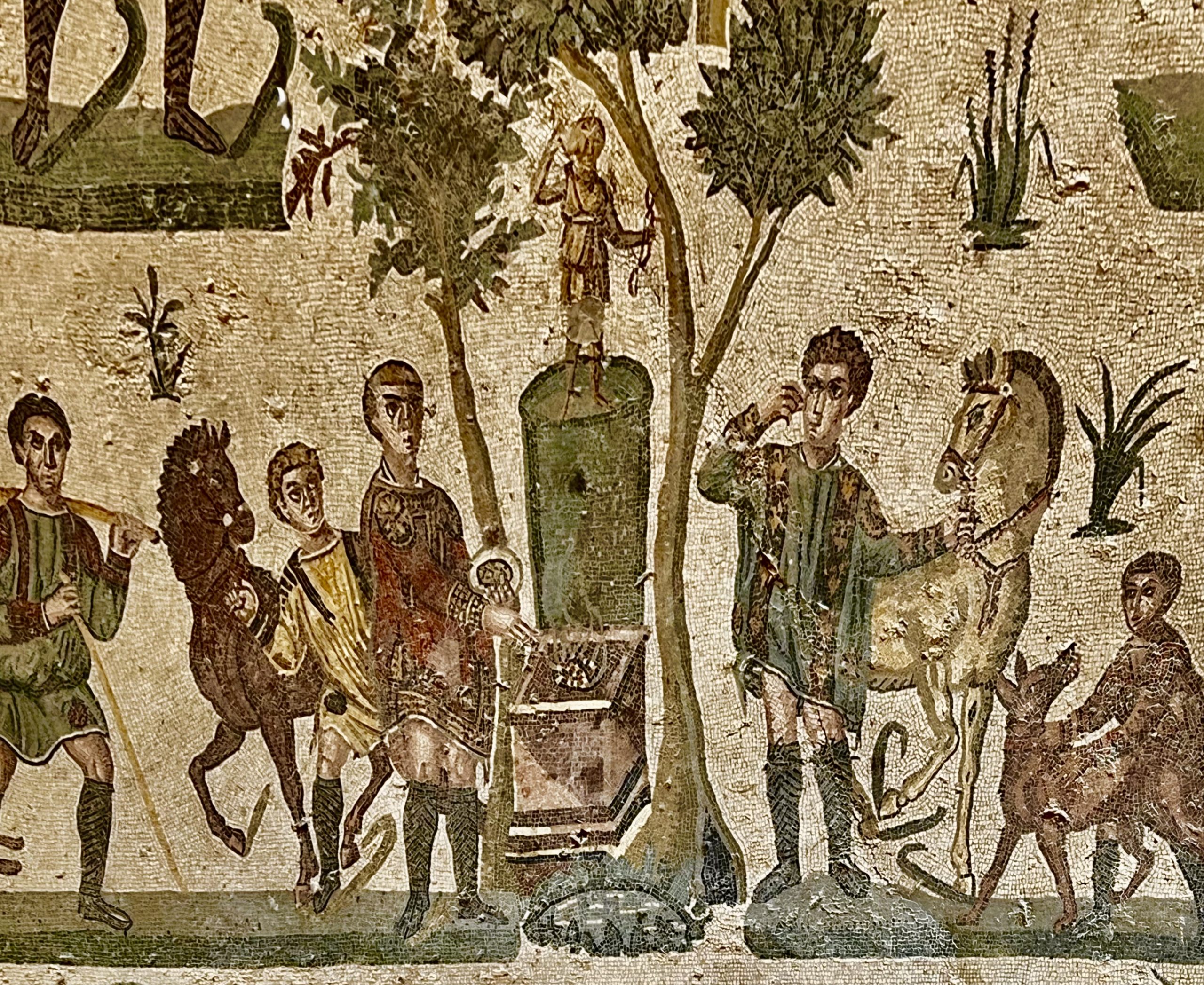
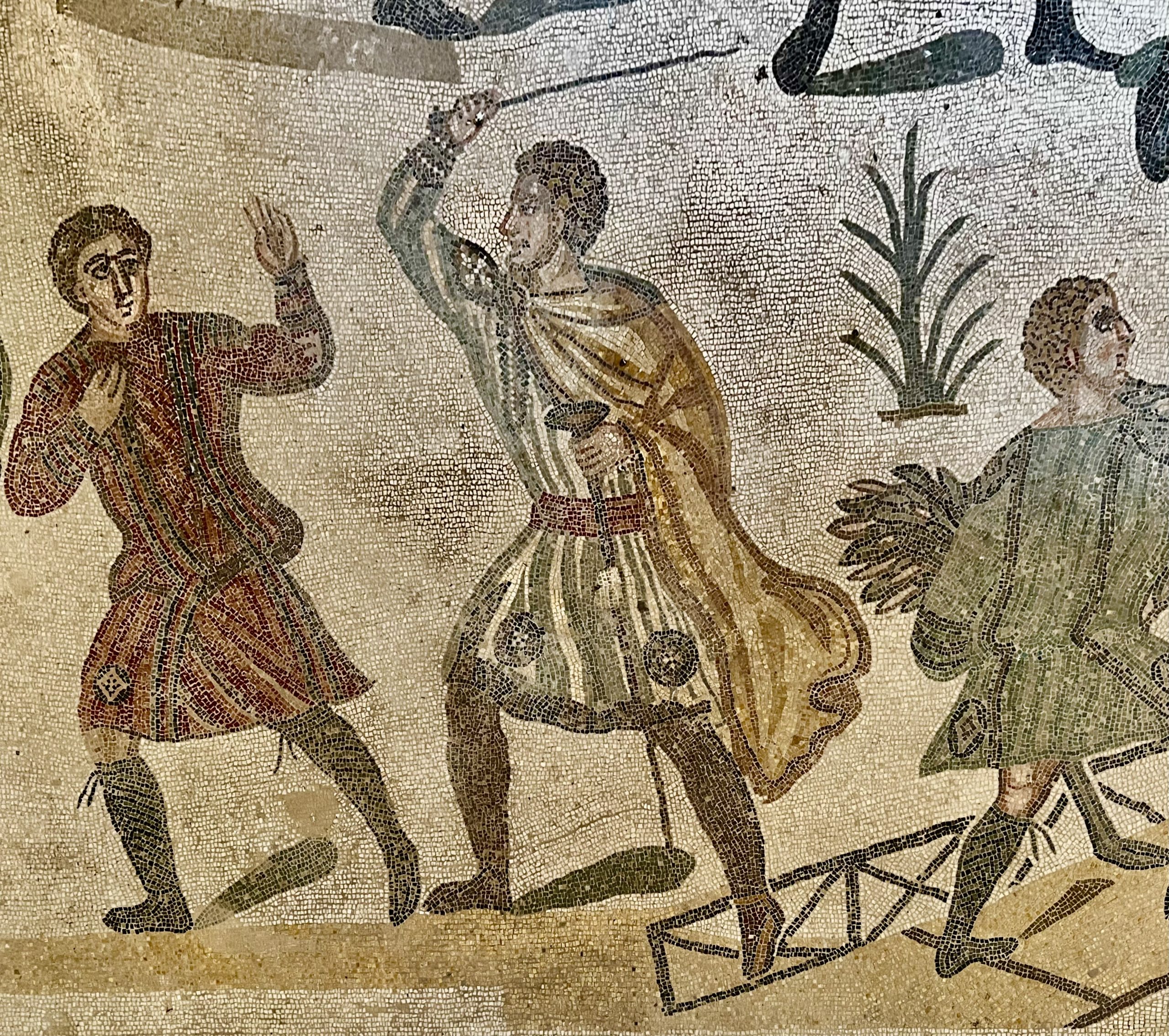
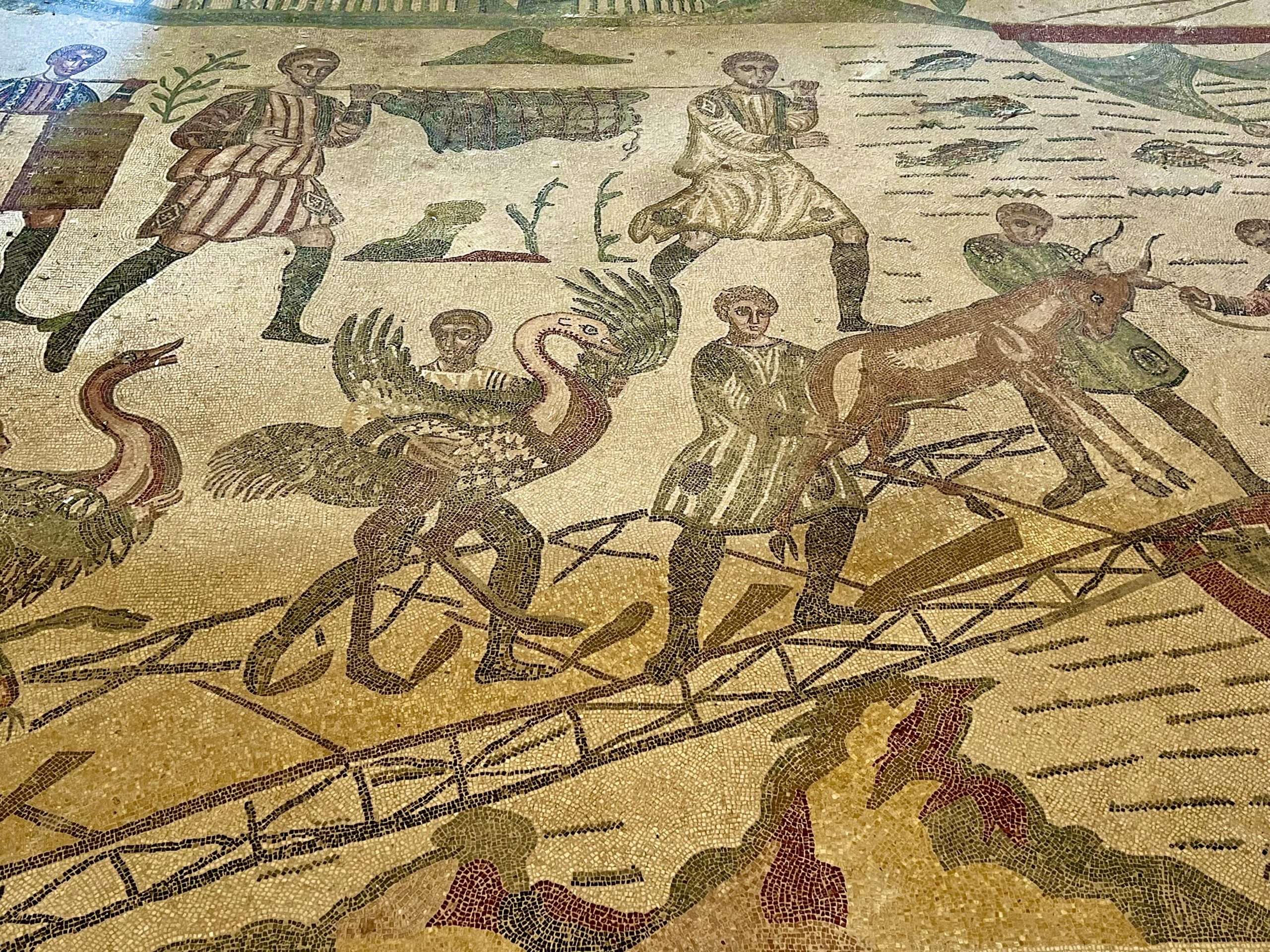
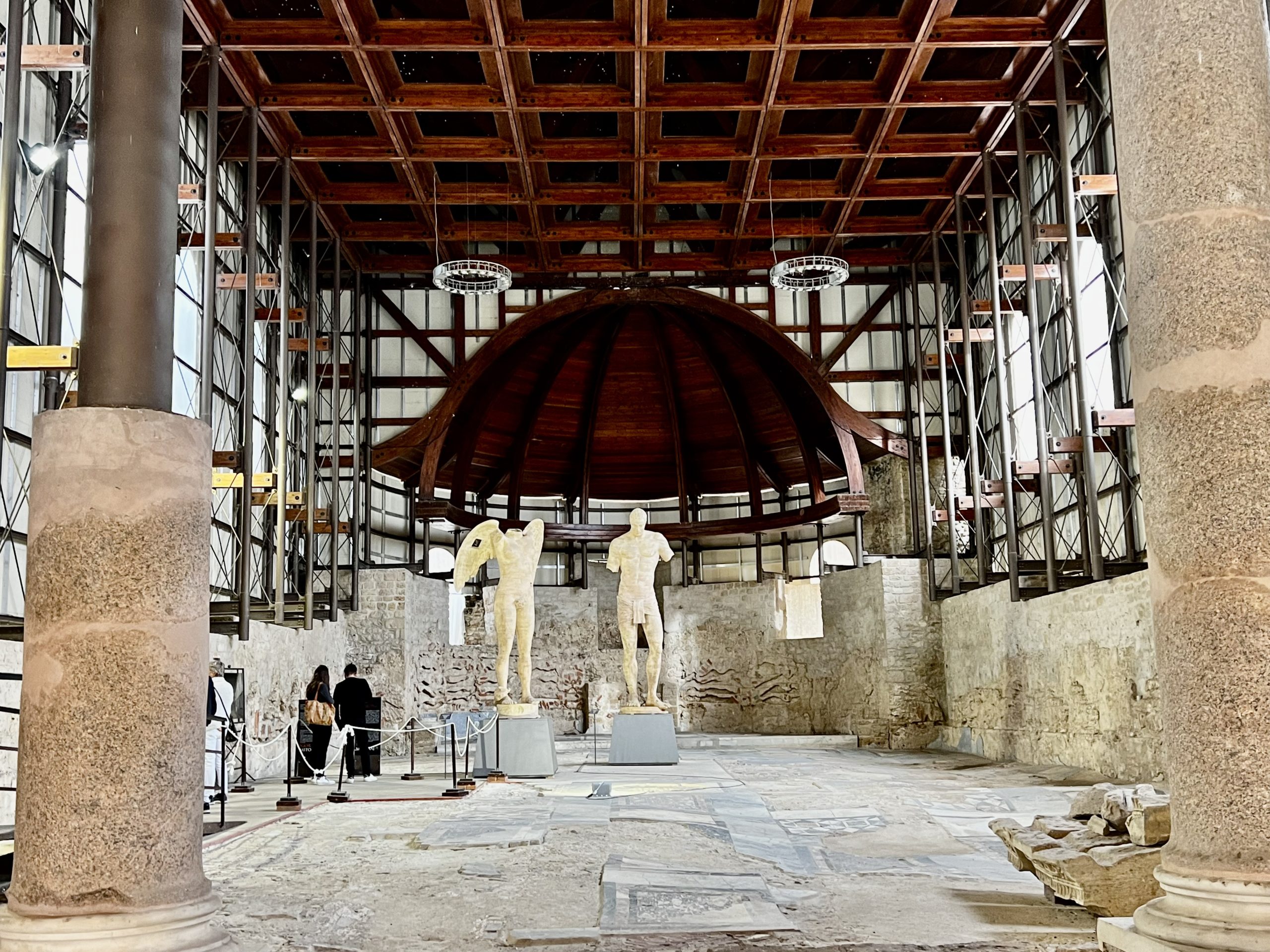
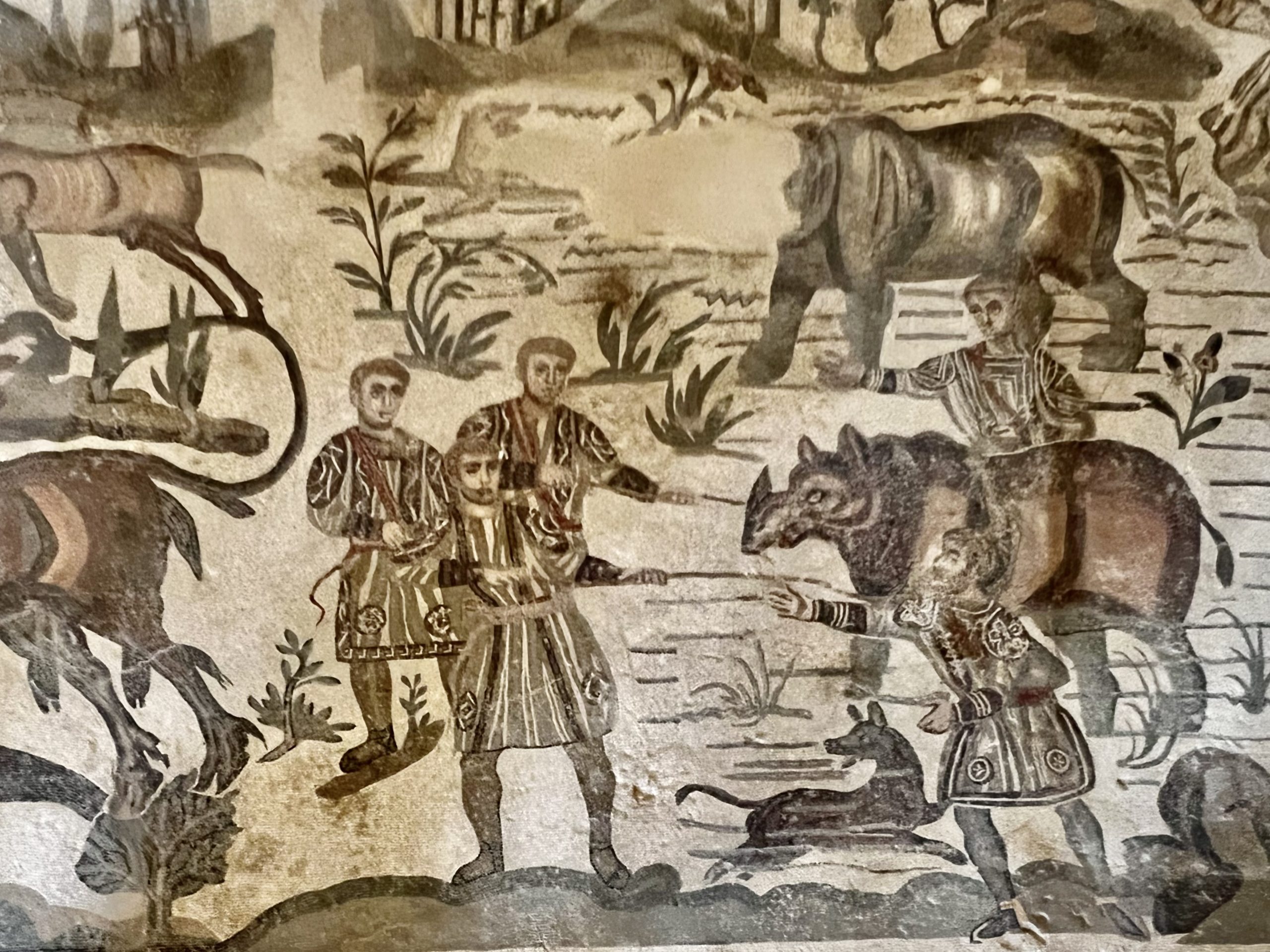
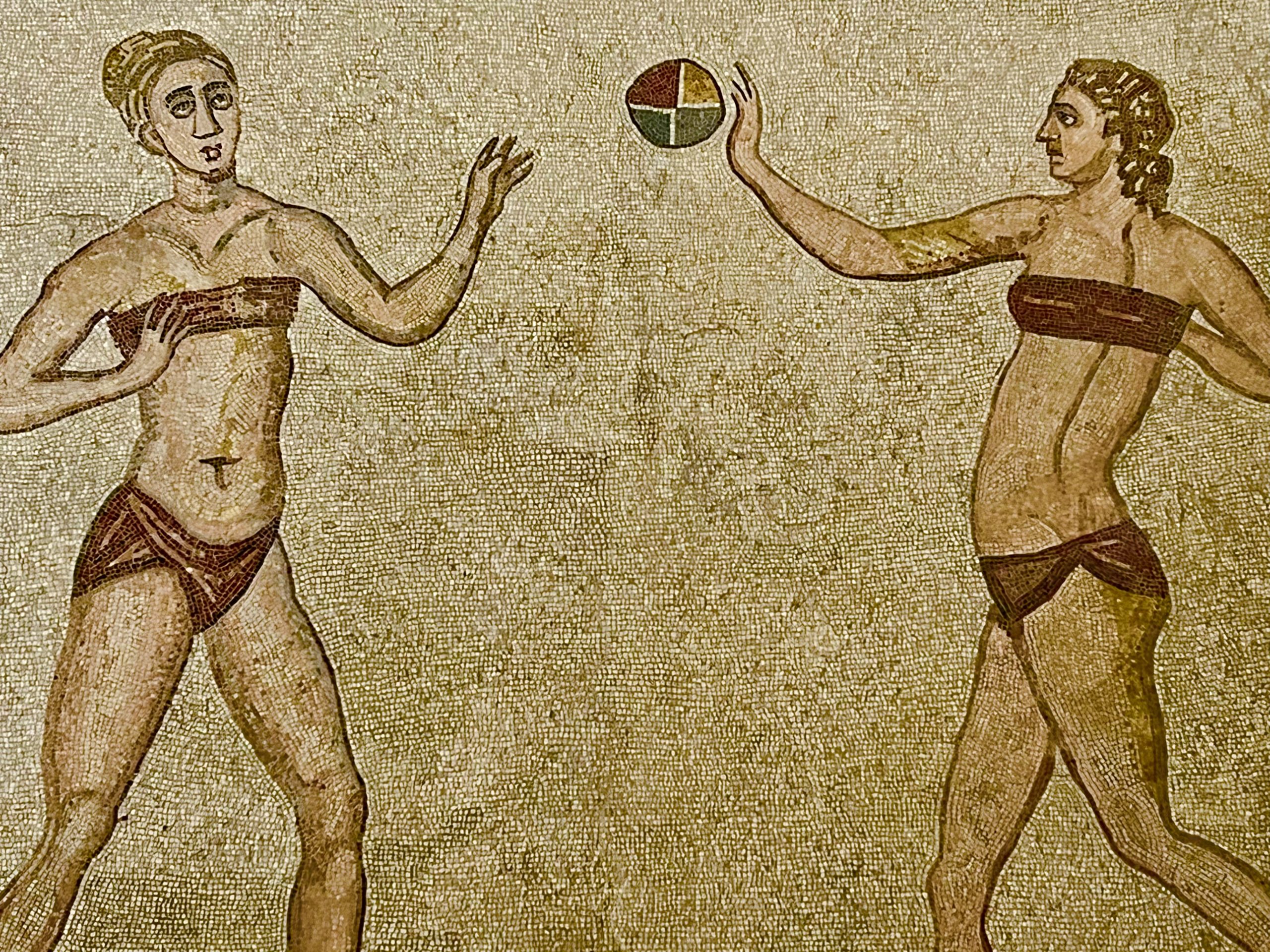
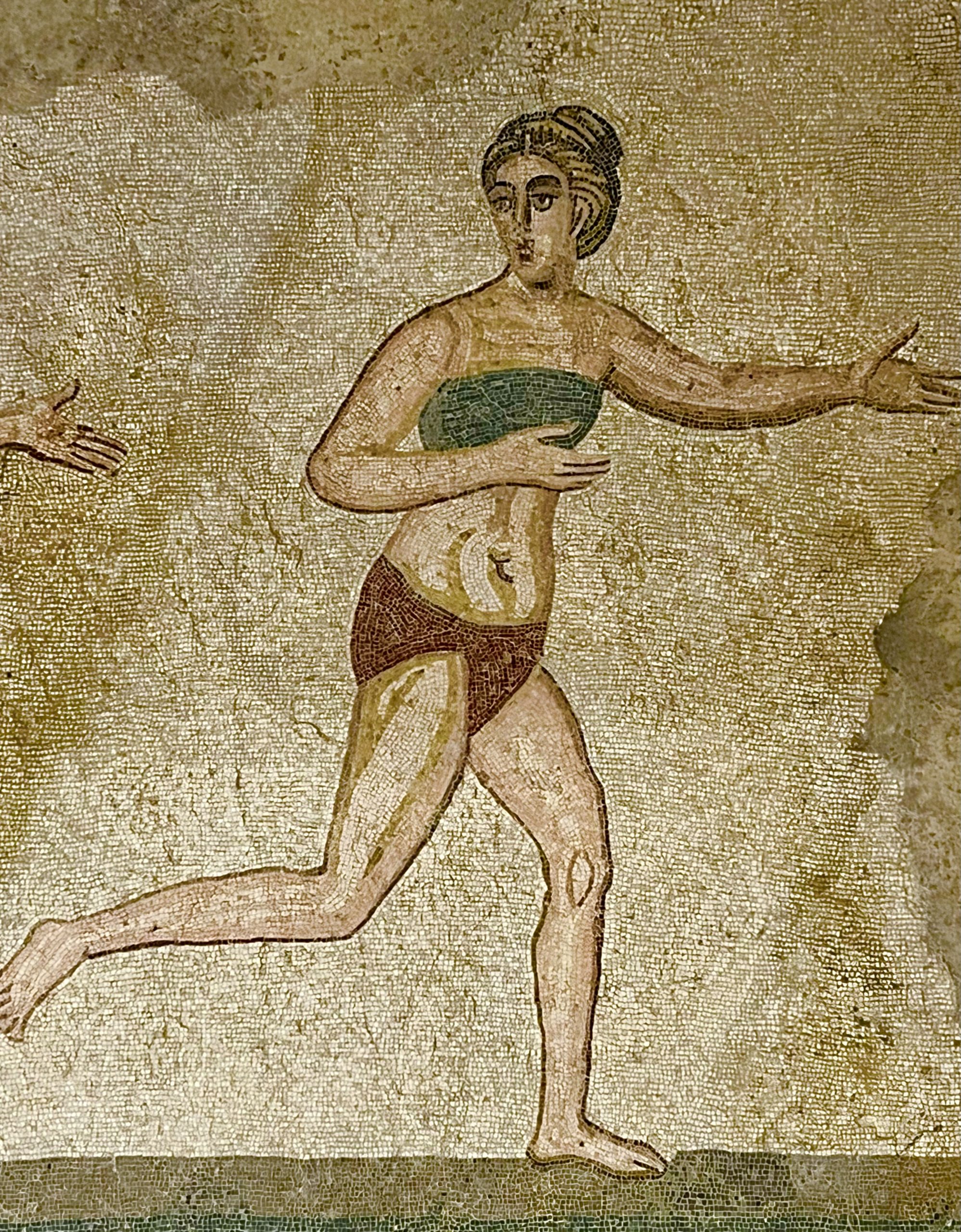
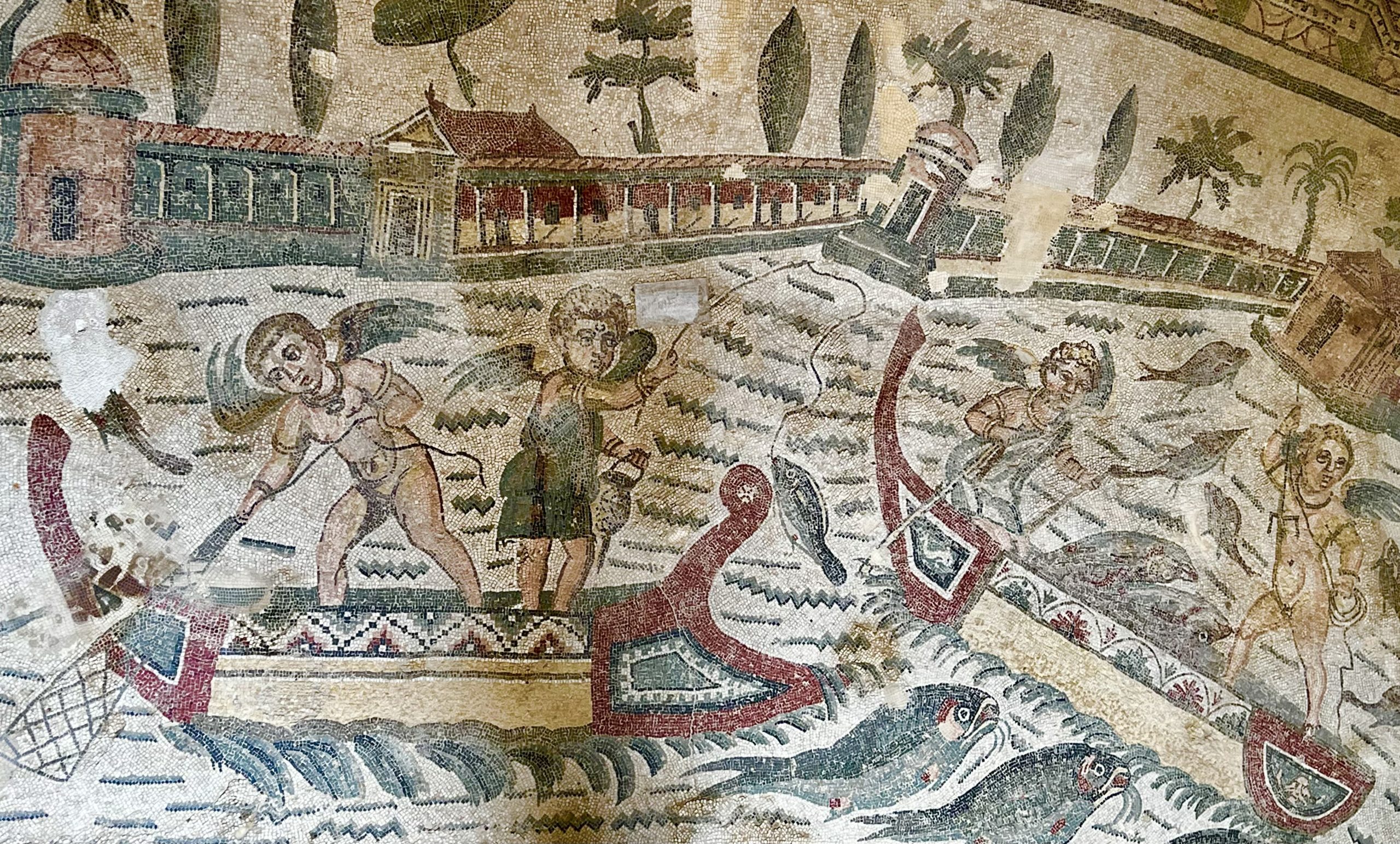
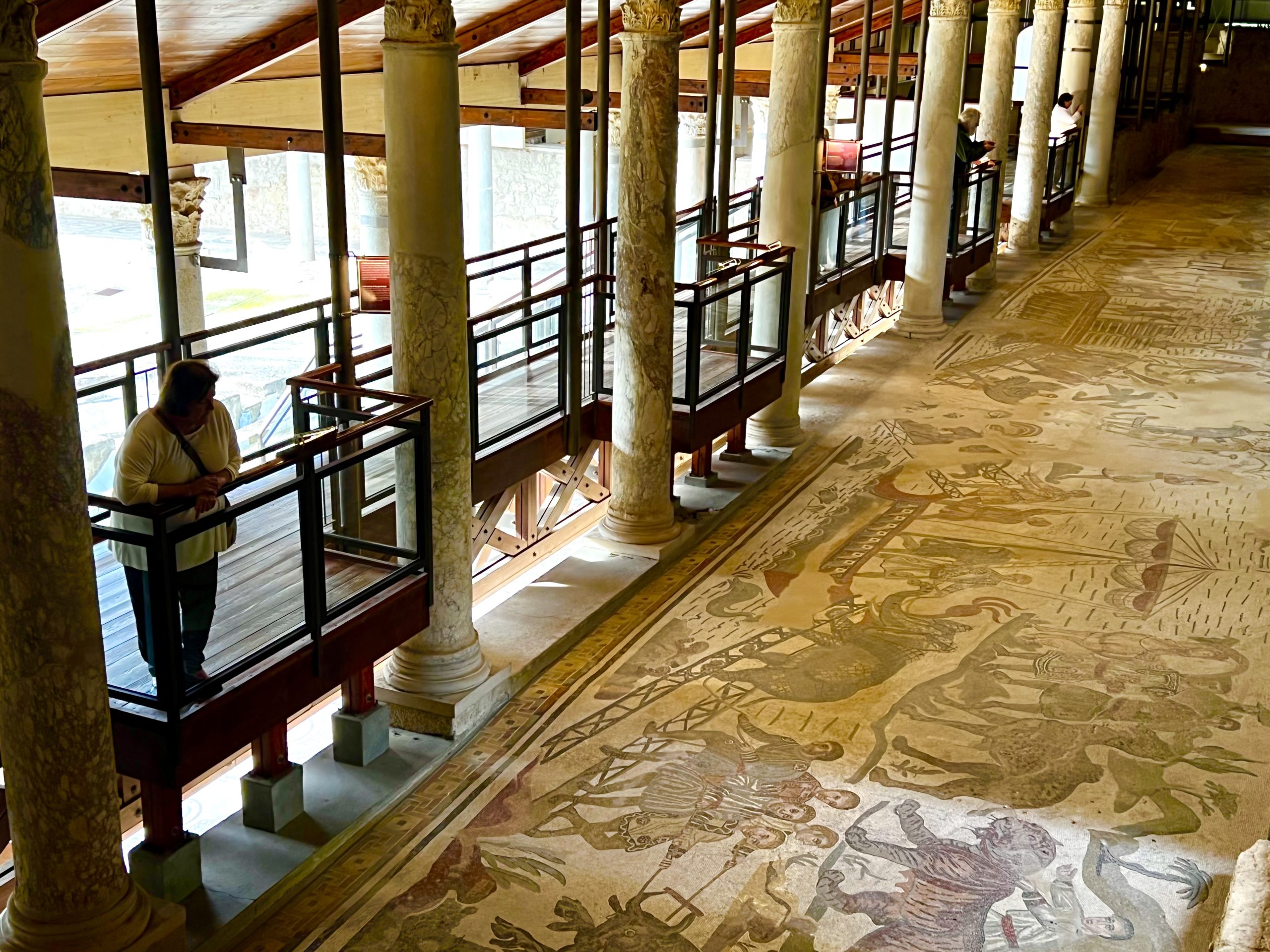
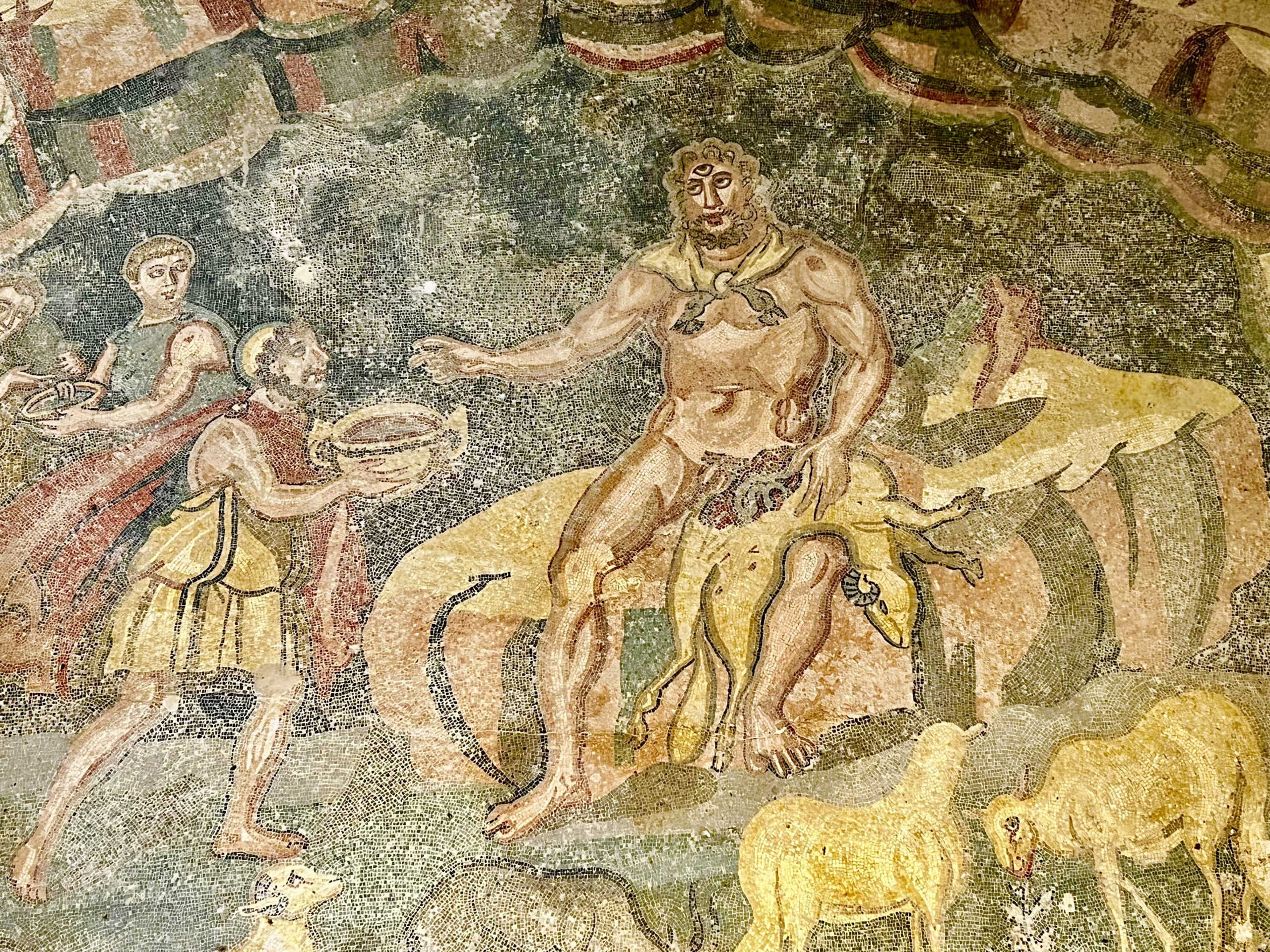
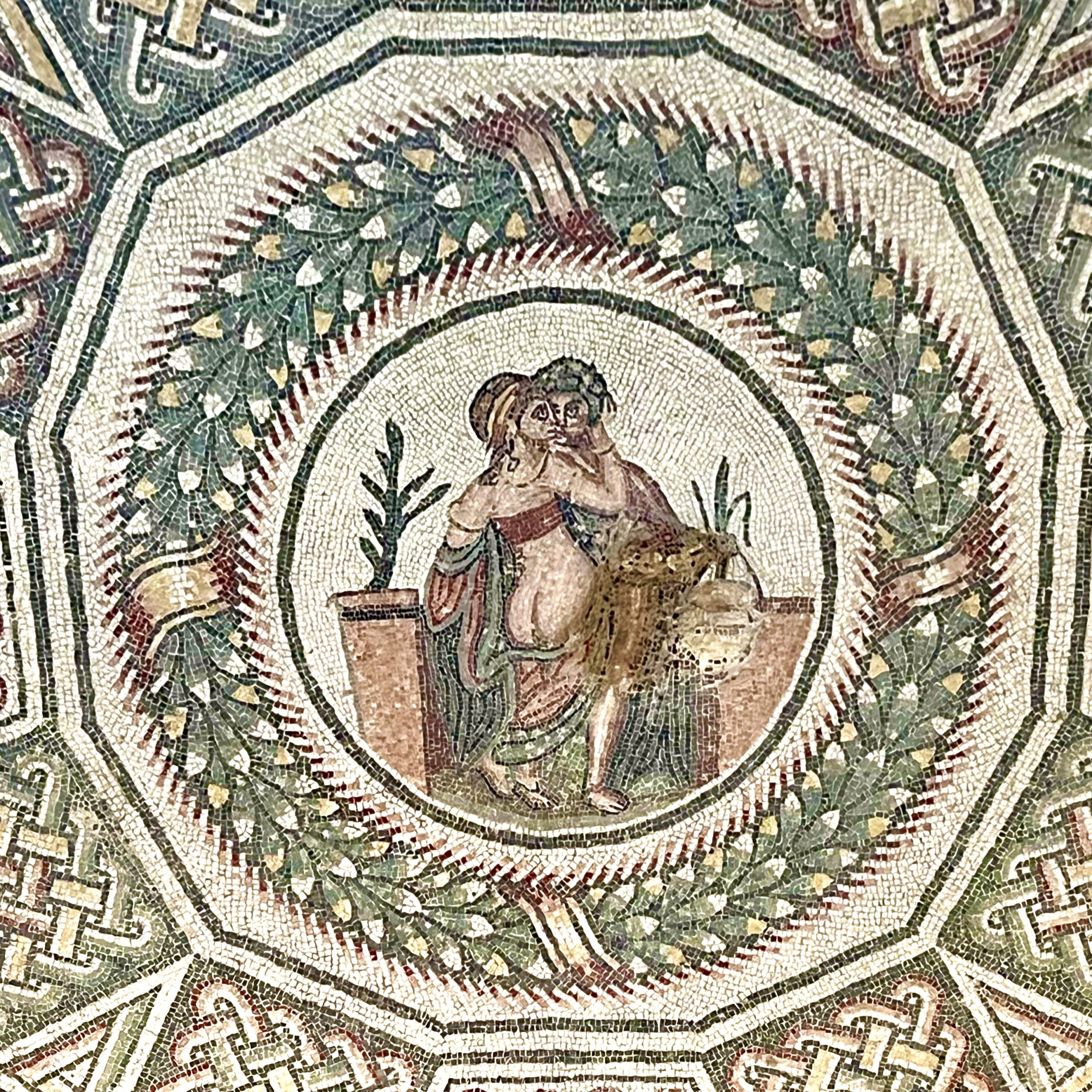
Modica
We based ourselves in Monica for eight days in 2019. Bustling city. We decided to stop off on our way back from the villa to see the Duomo and our favorite chocolate shop. With both Bonnie and her brother Richard now in the car, stops for gelato, chocolate, and pastries are now a high priority. Modica is known for its chocolate, a vestige of its Spanish heritage.
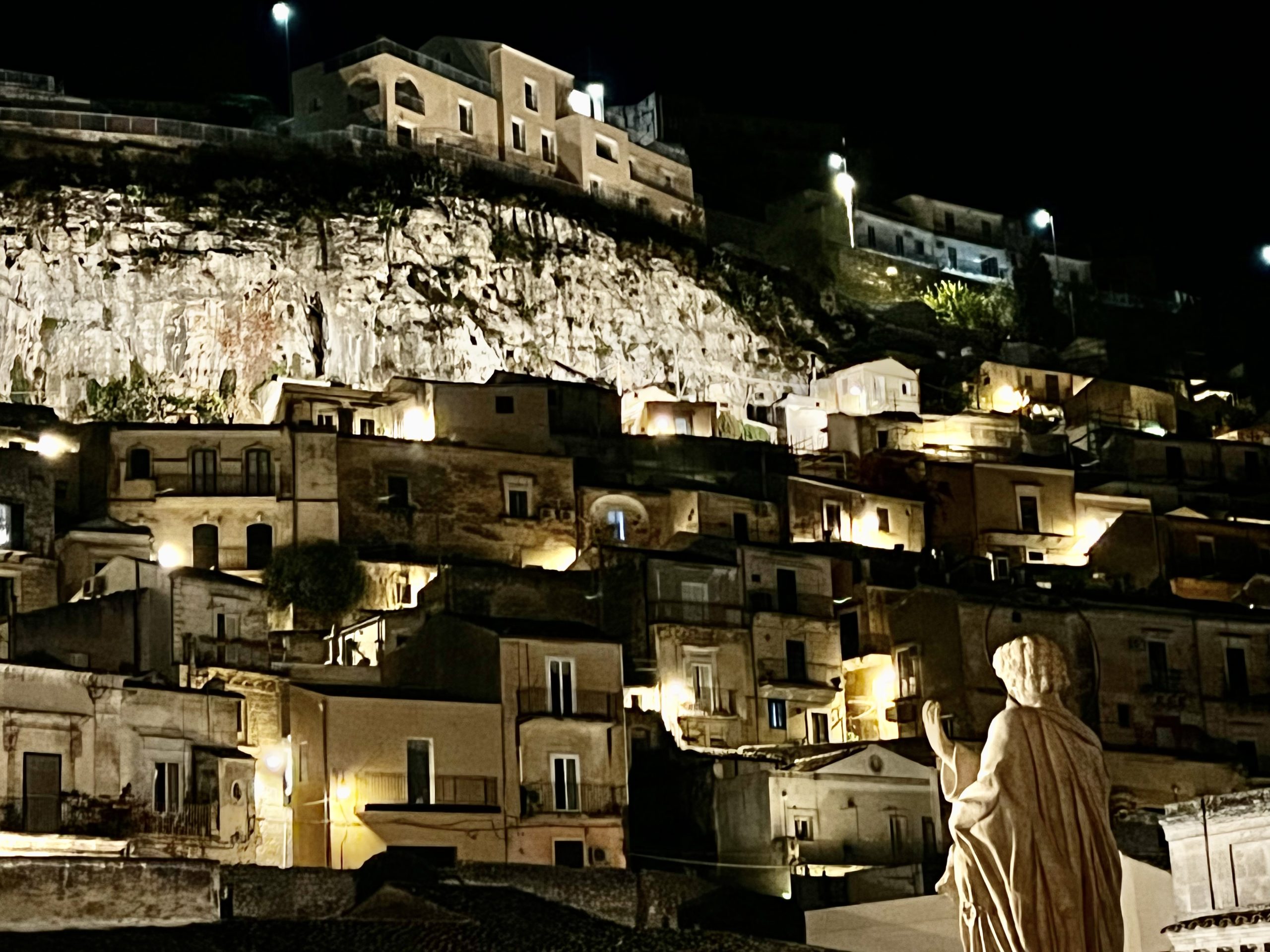
Chocolate
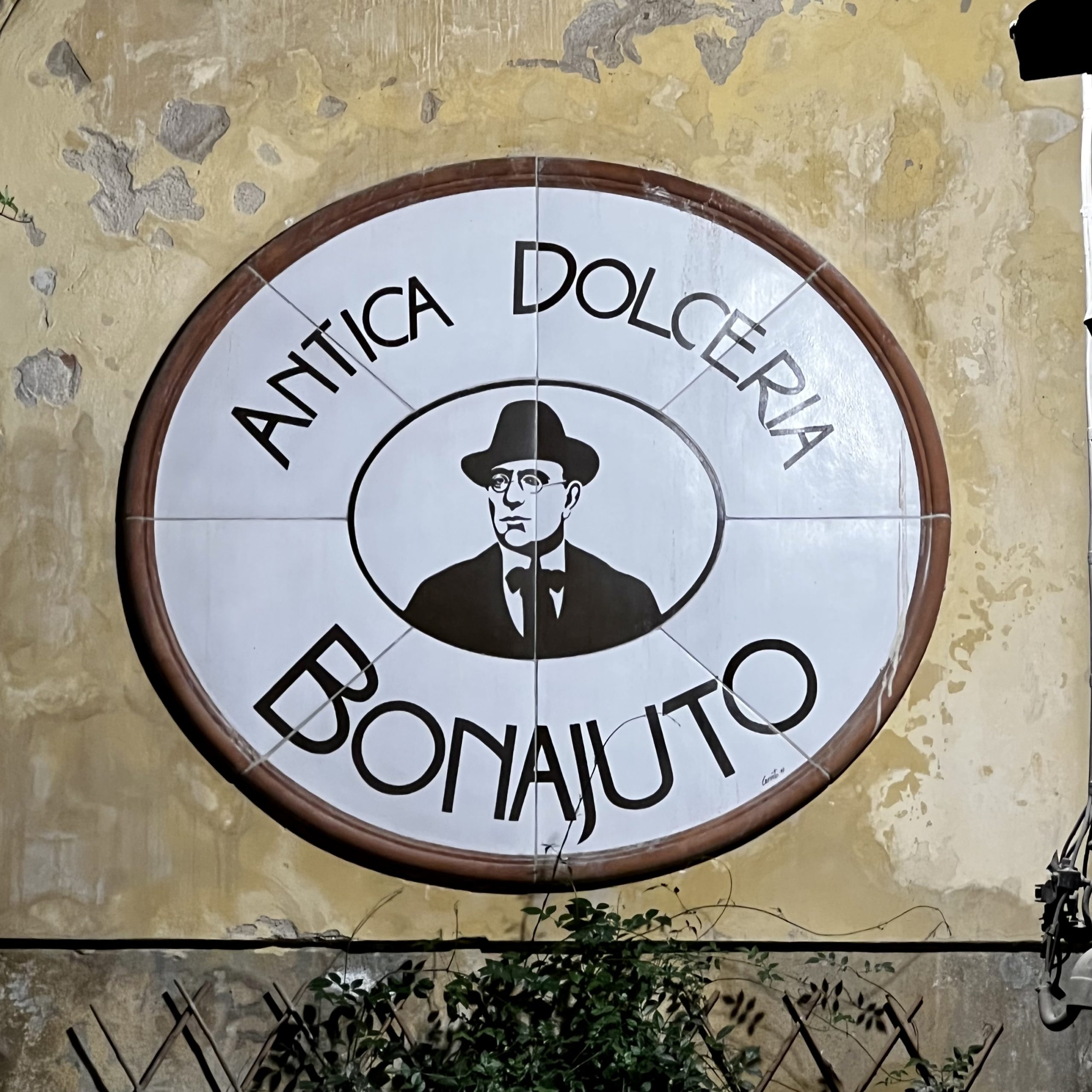
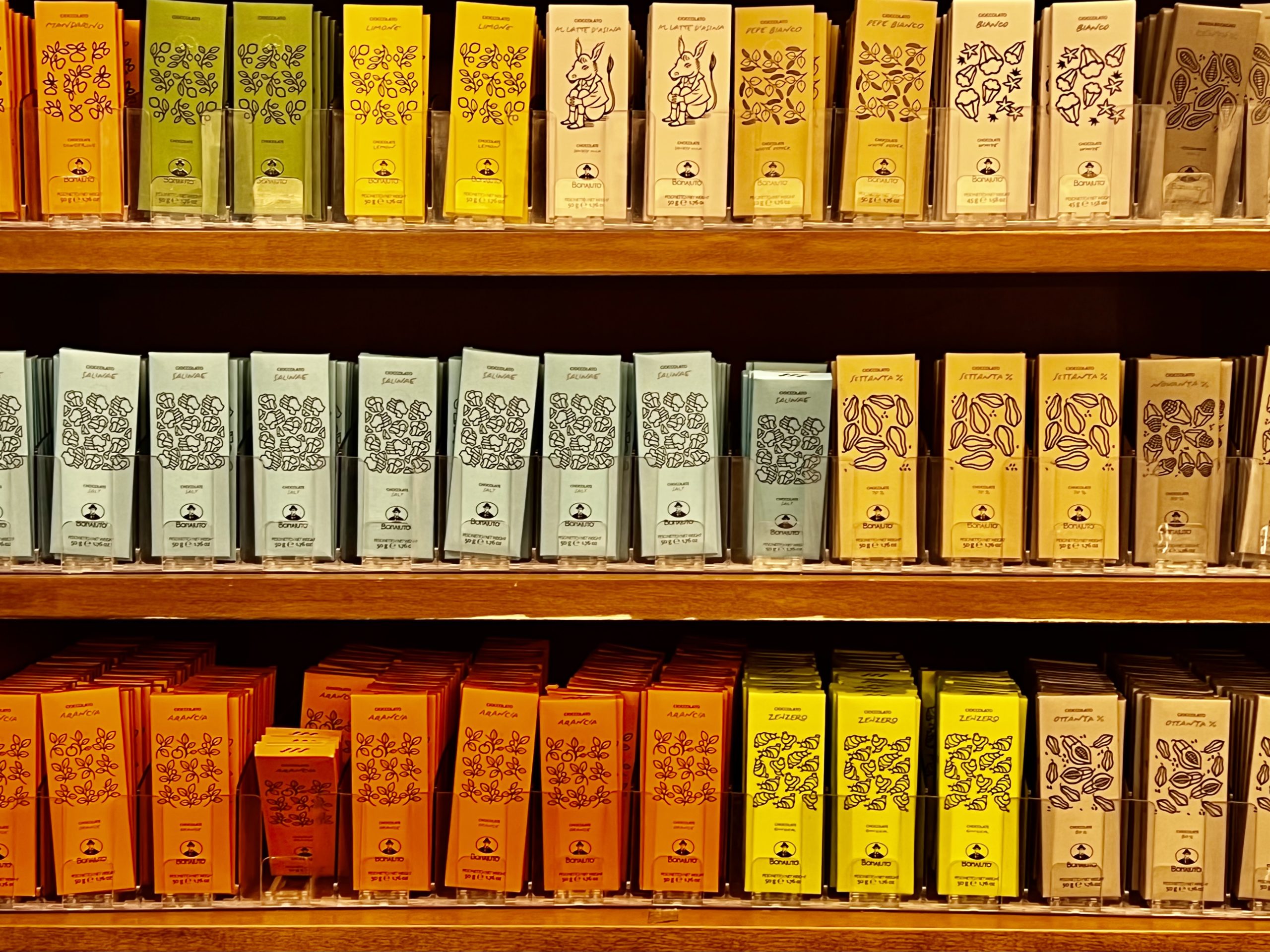

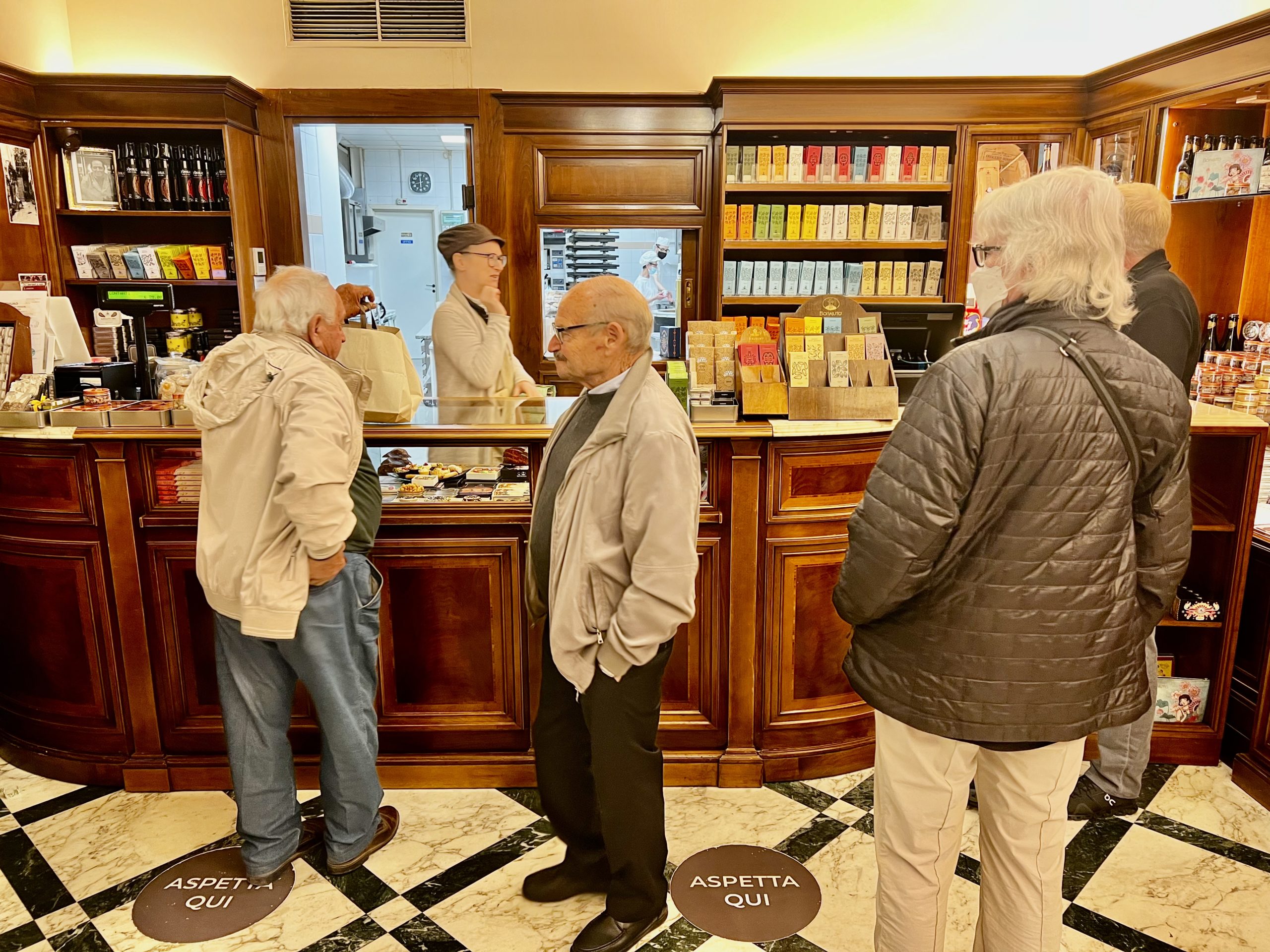
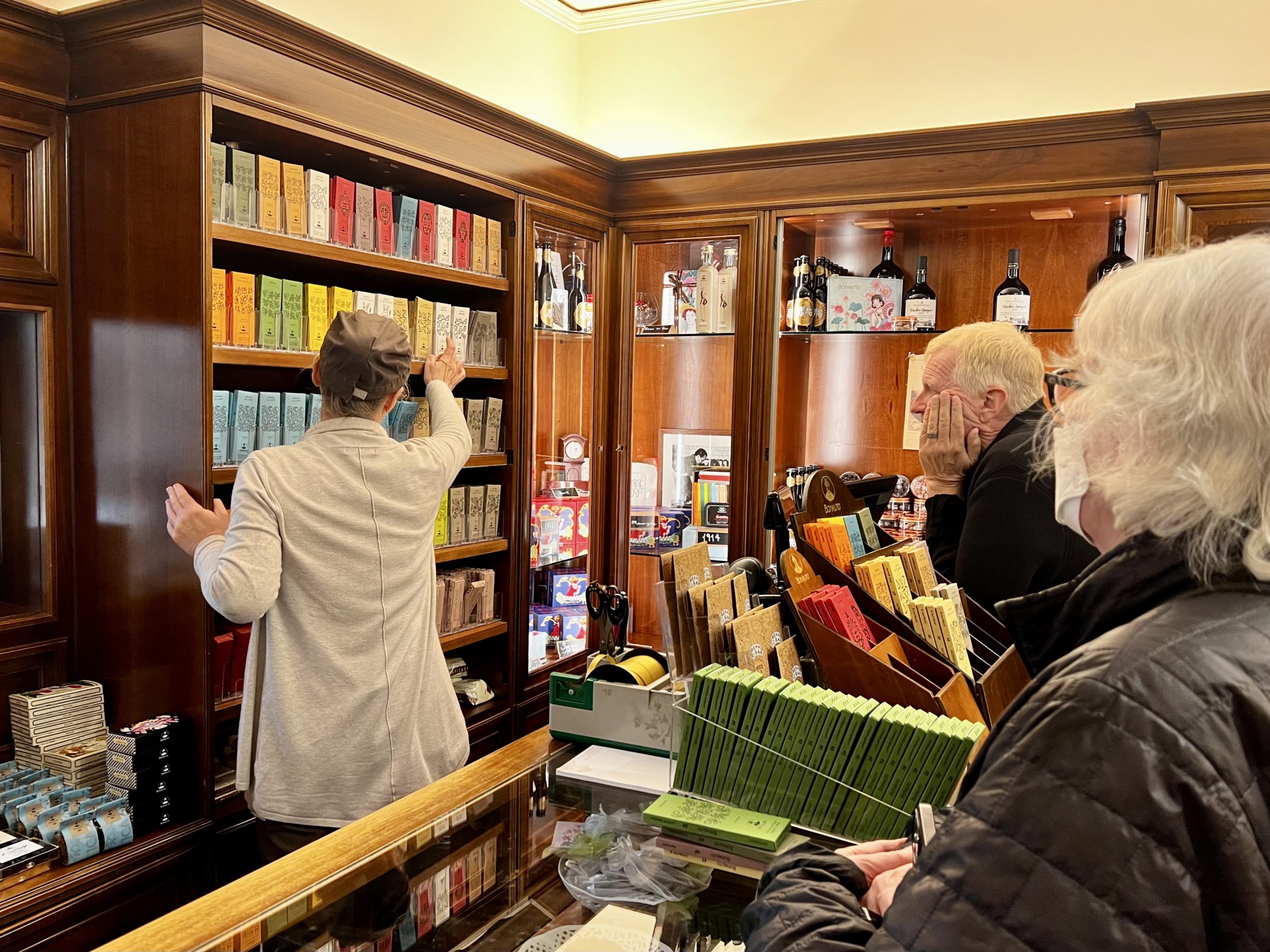
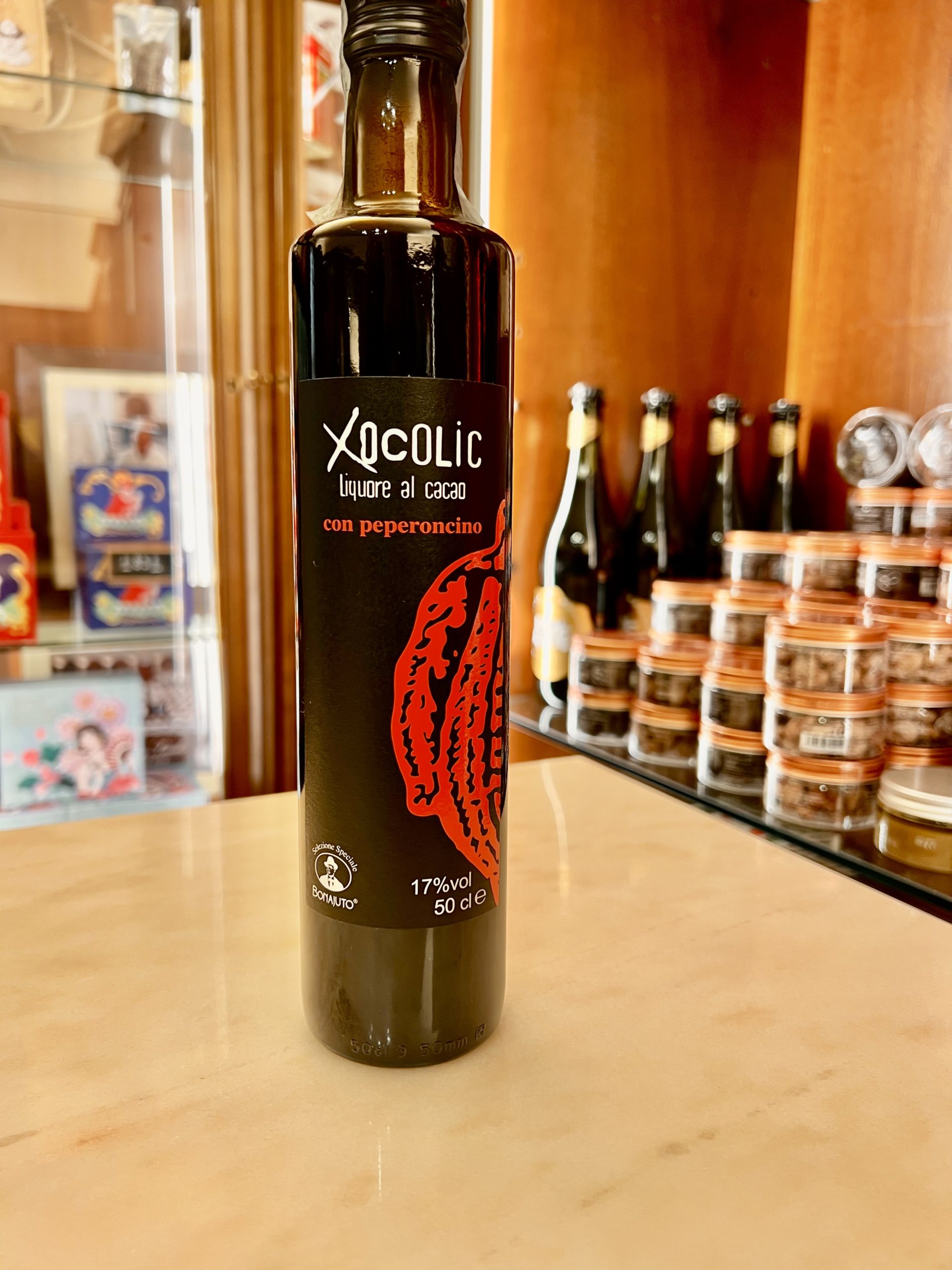
Chiesa Madre di San Pietro
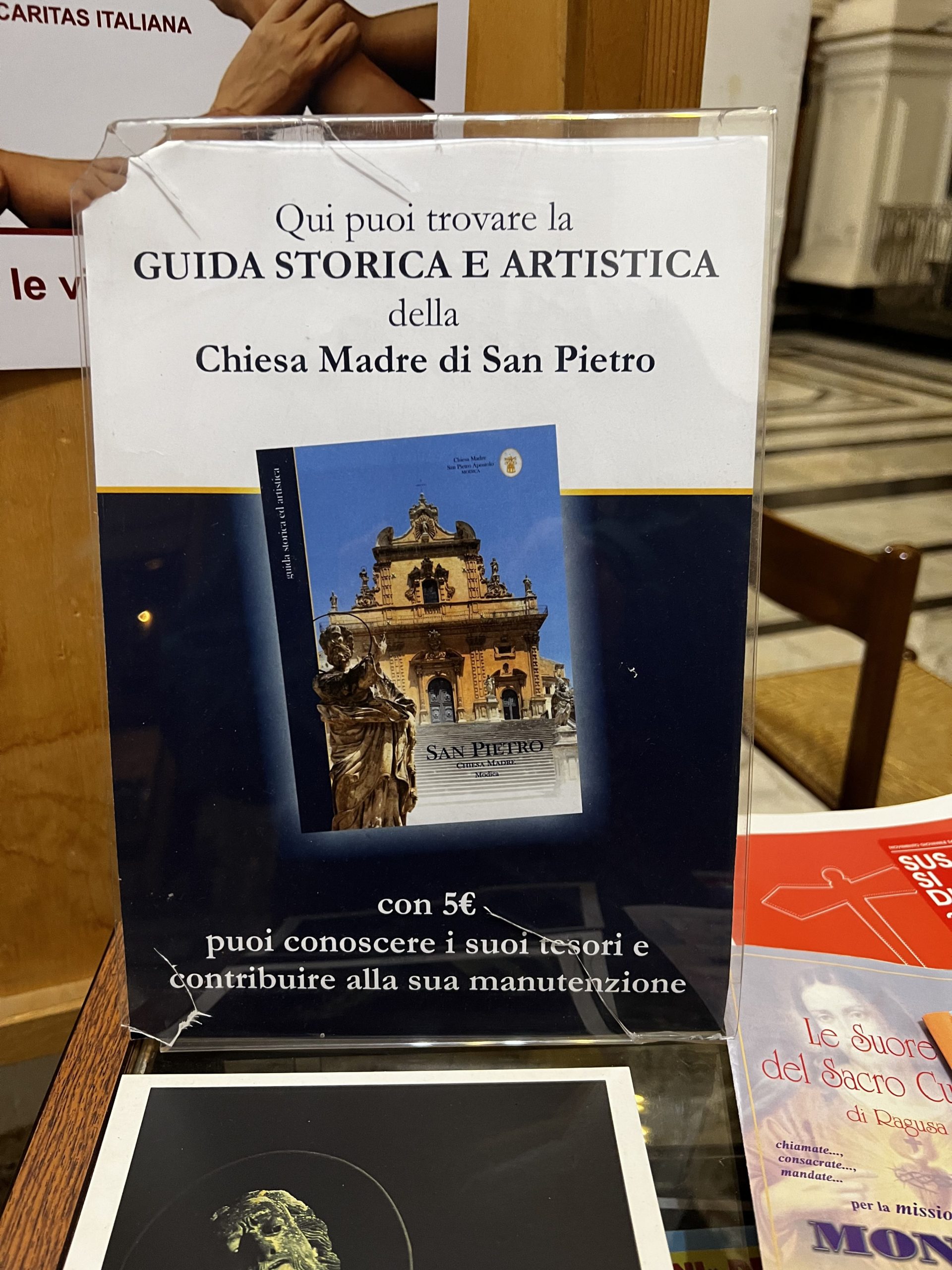
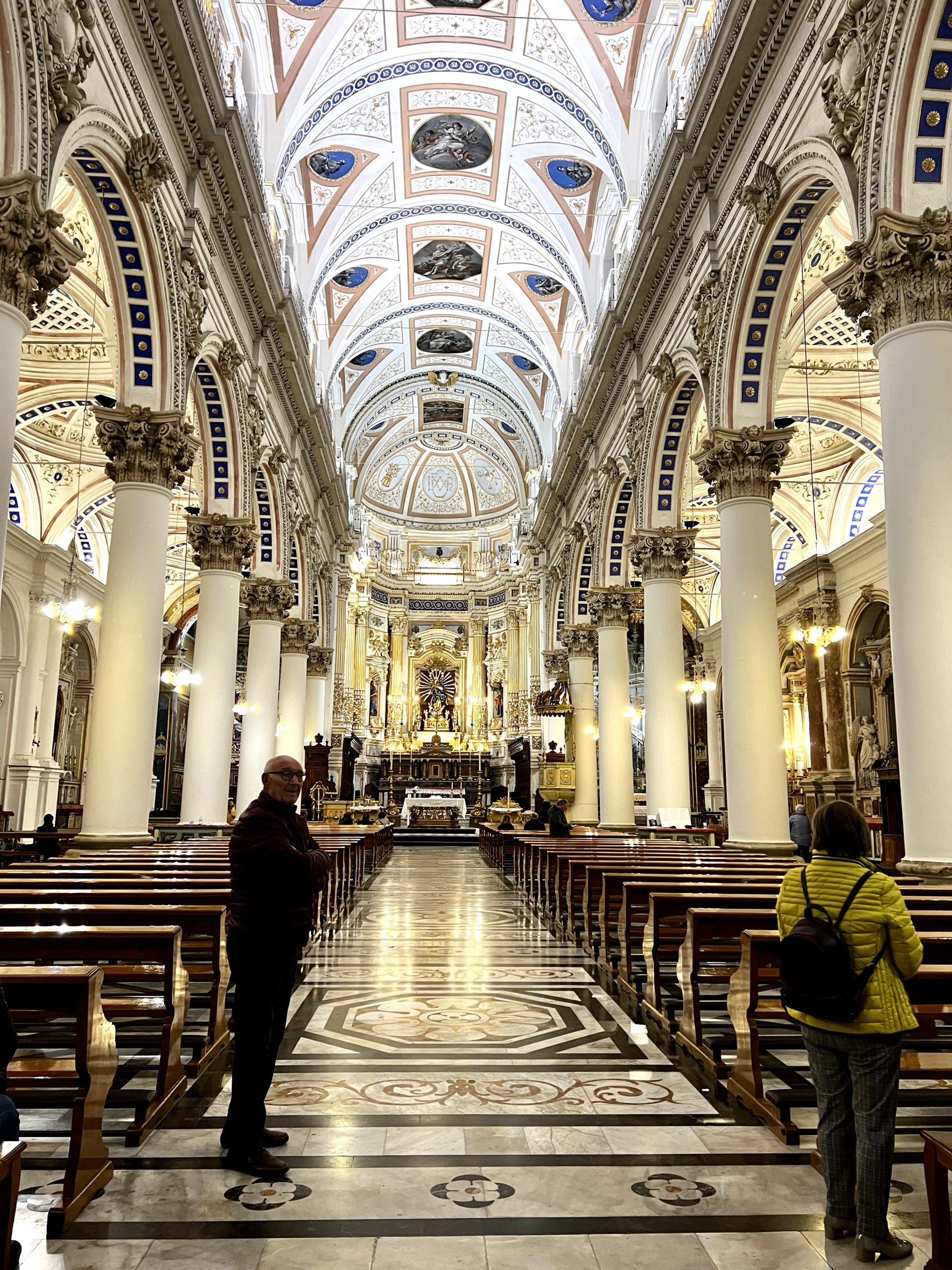
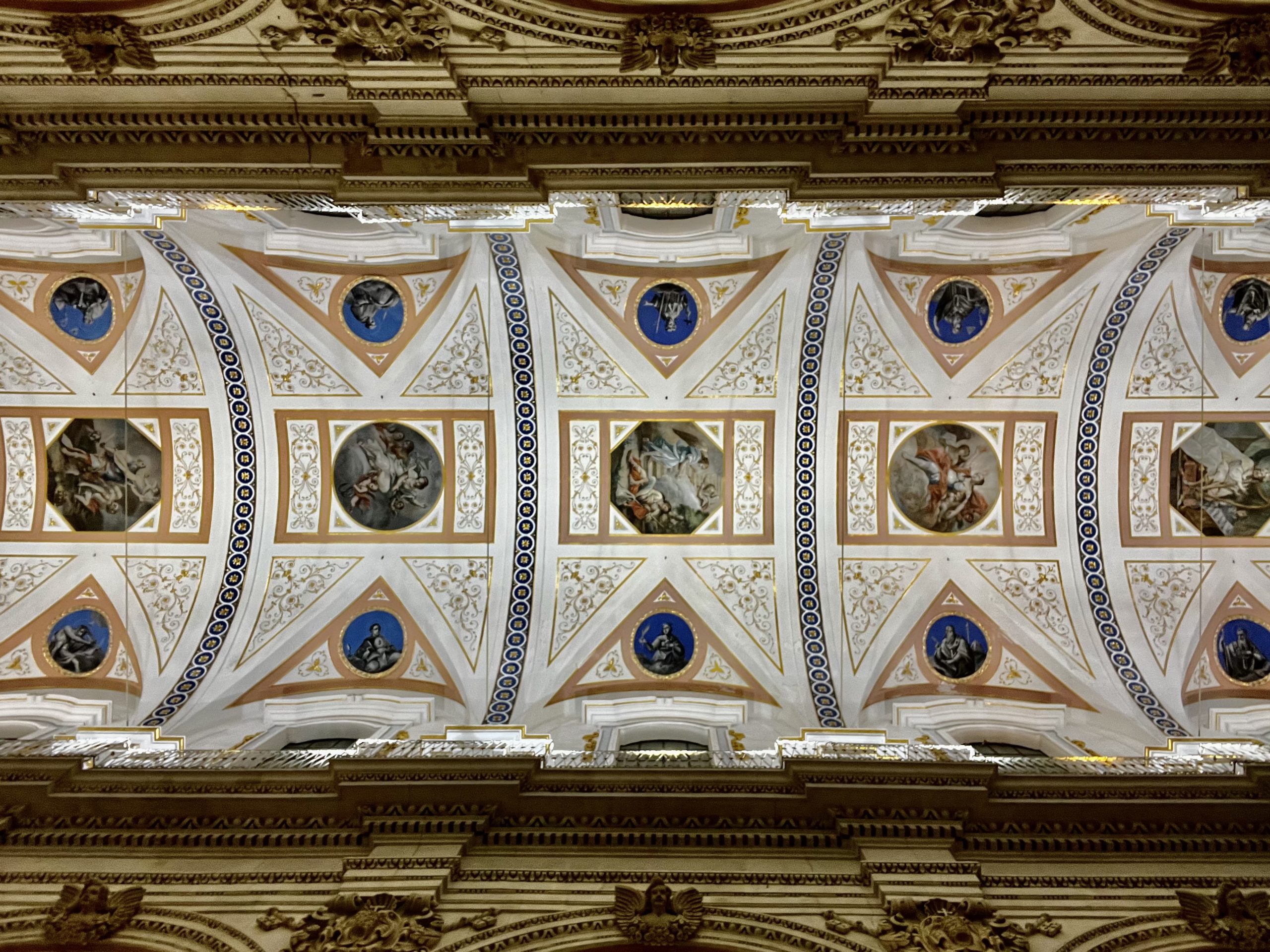
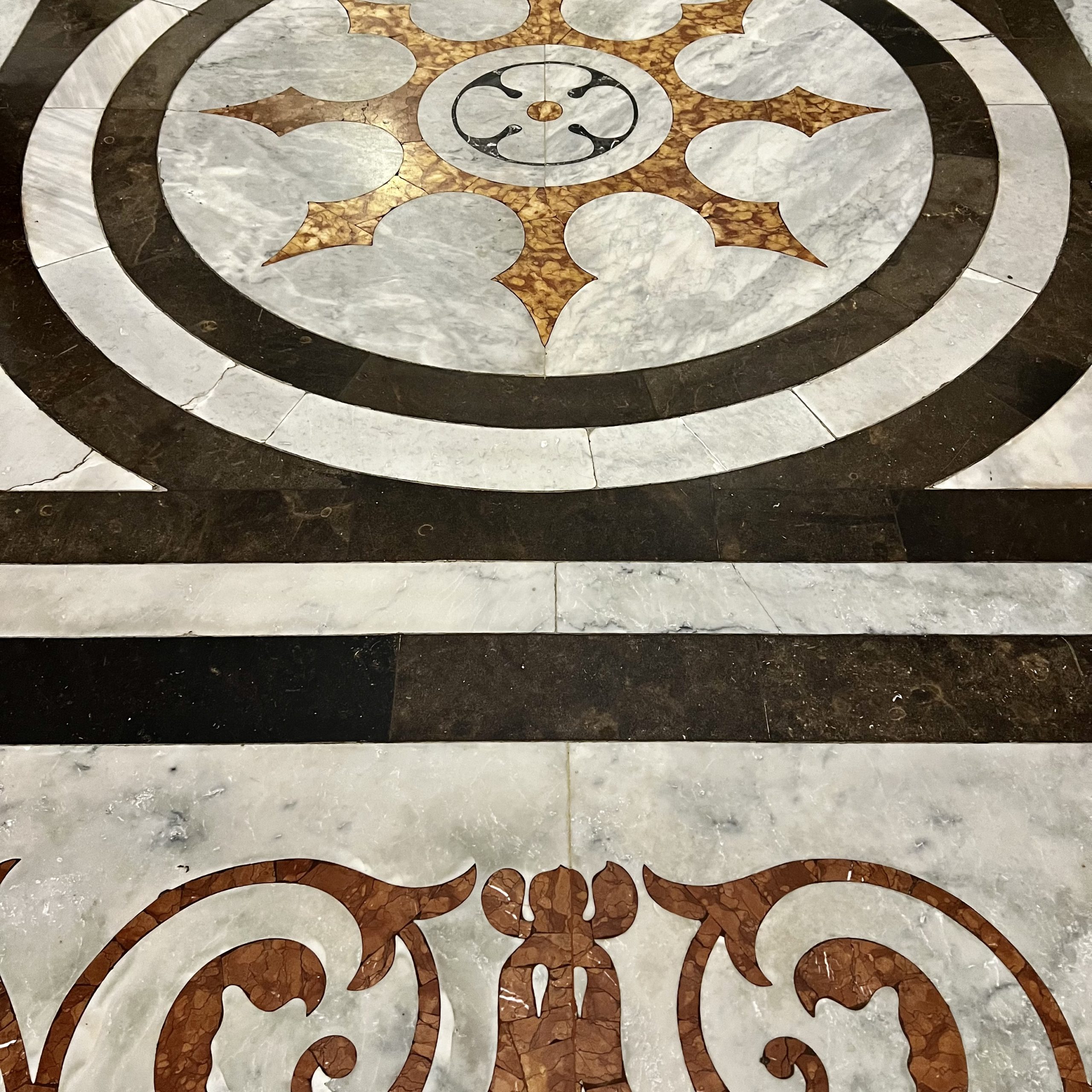
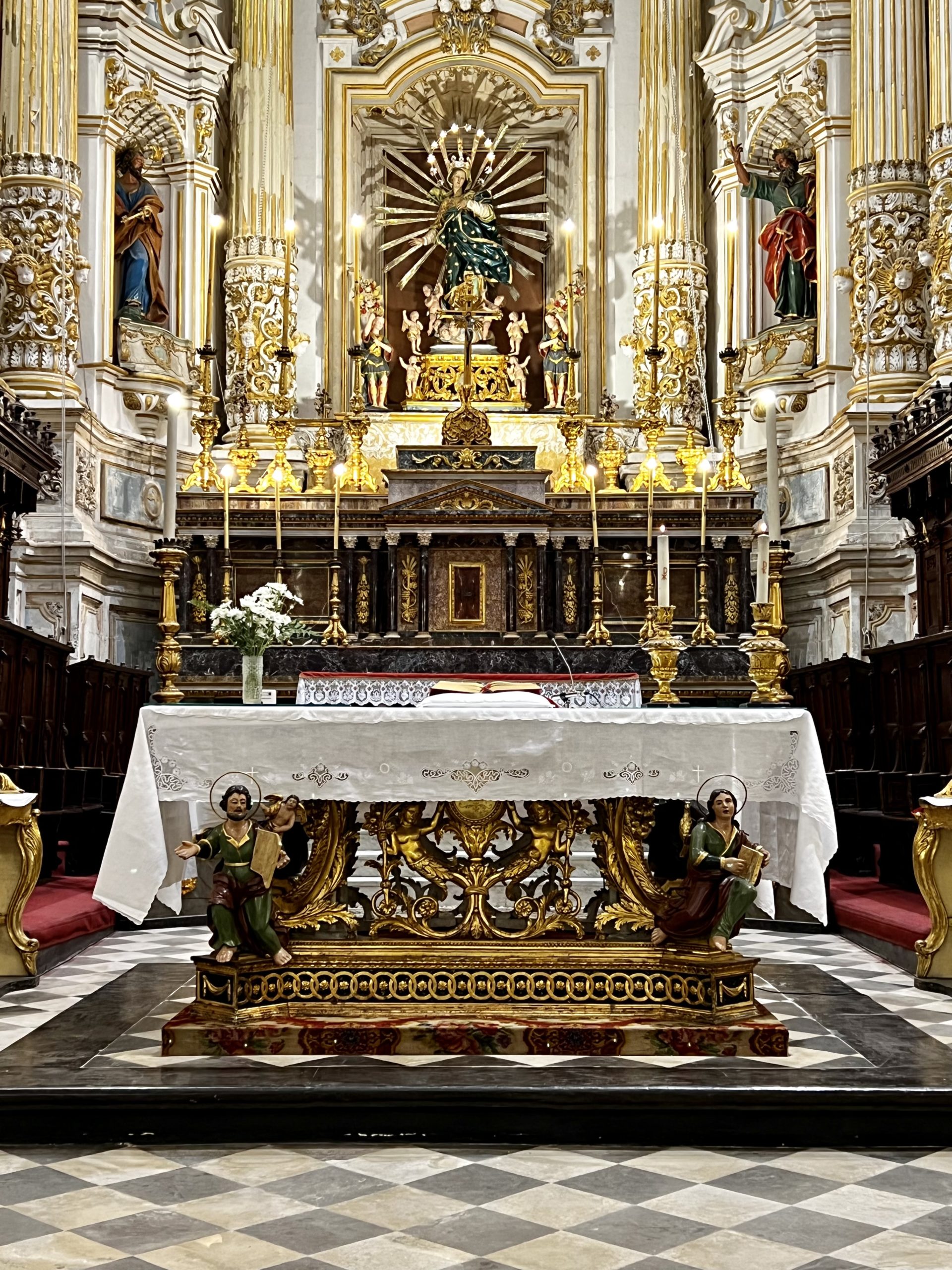
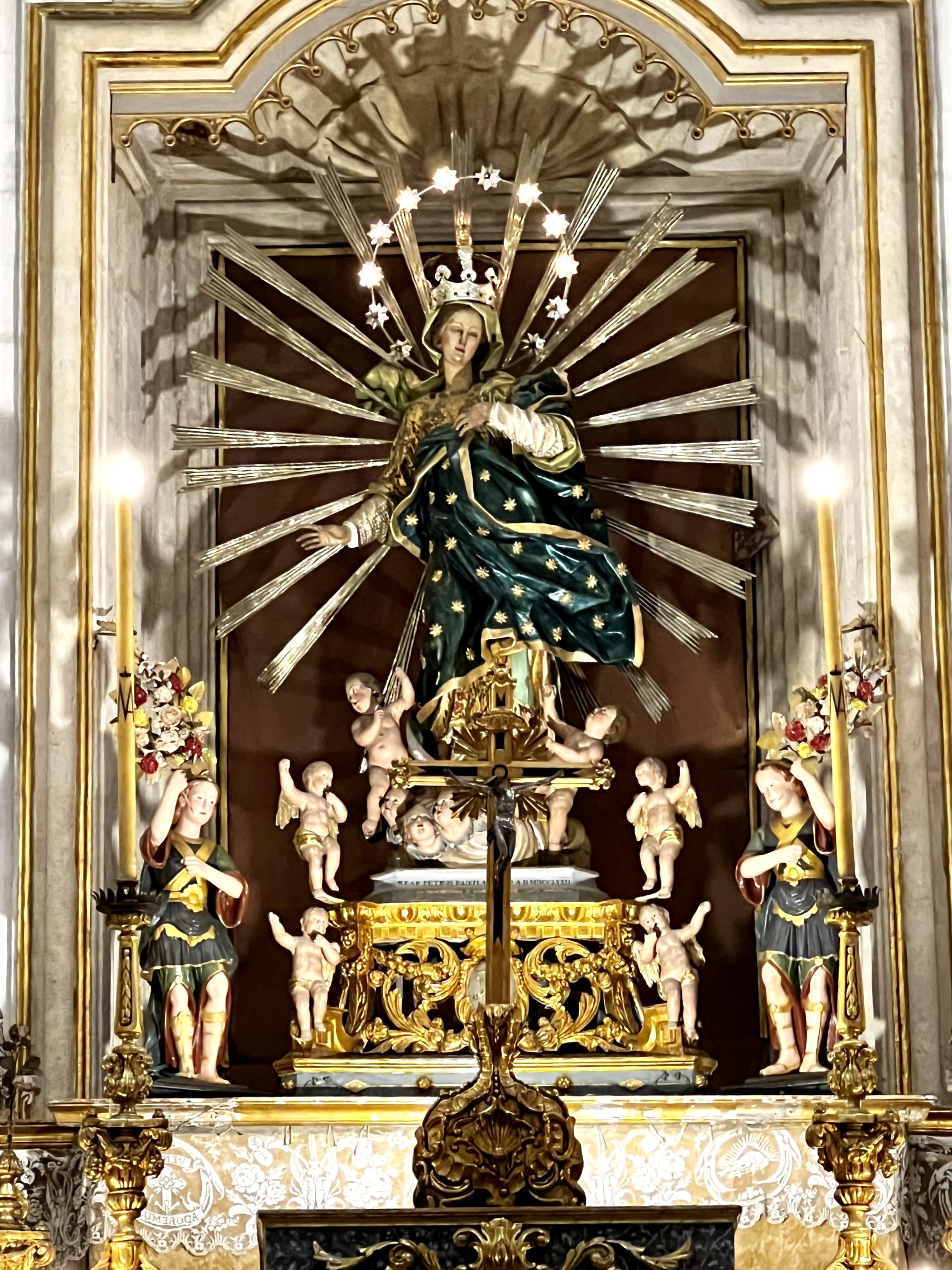
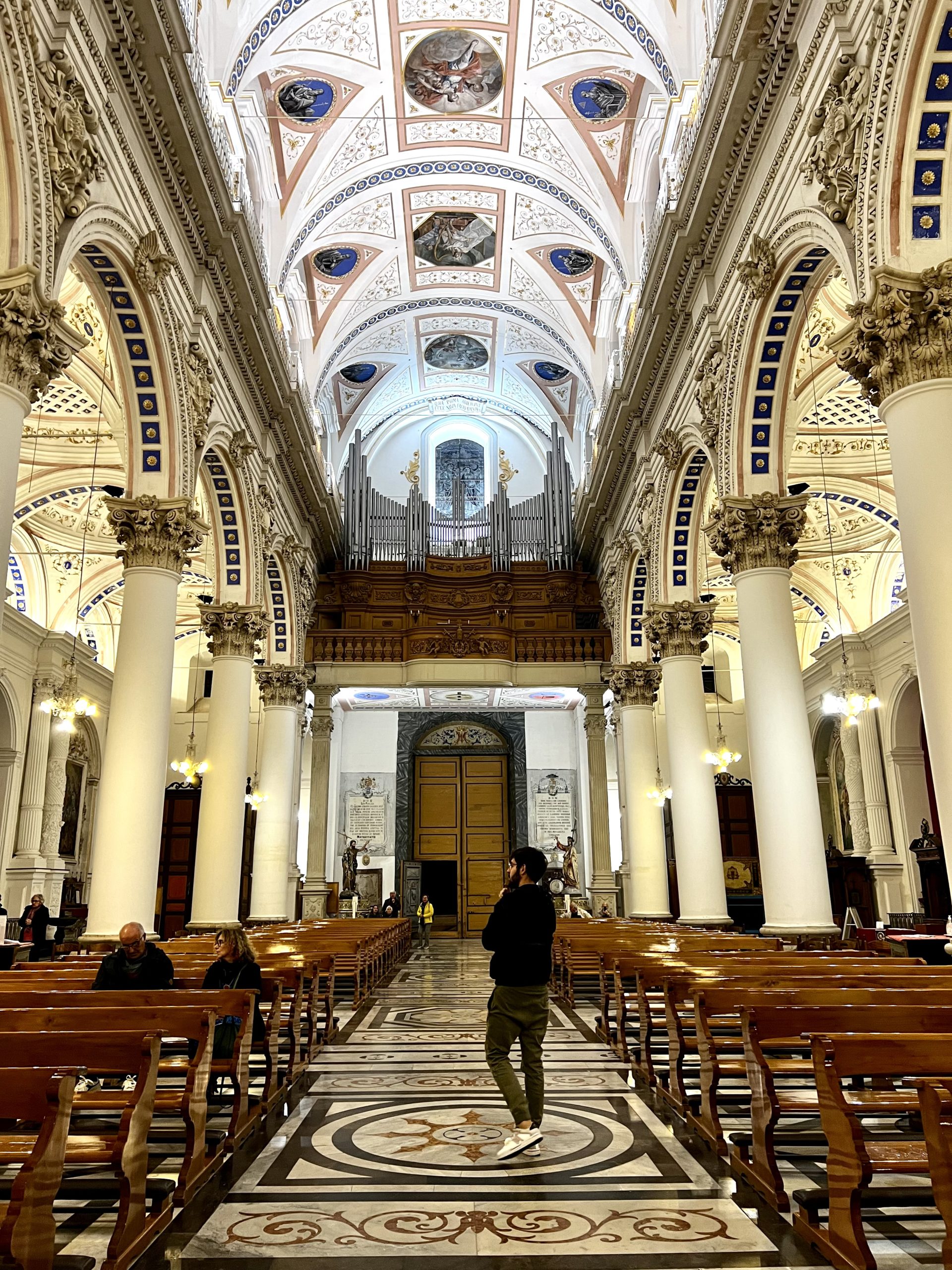
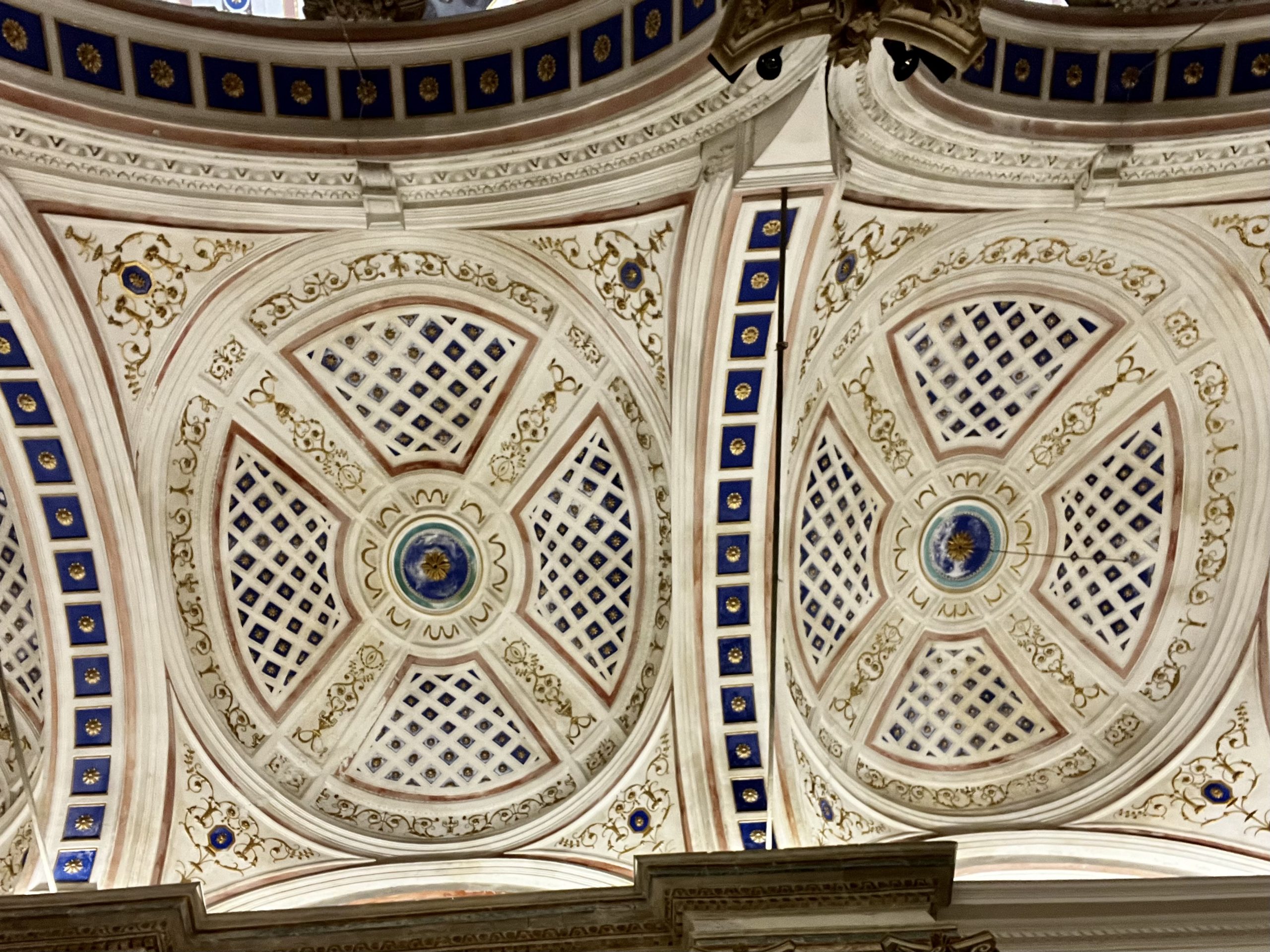
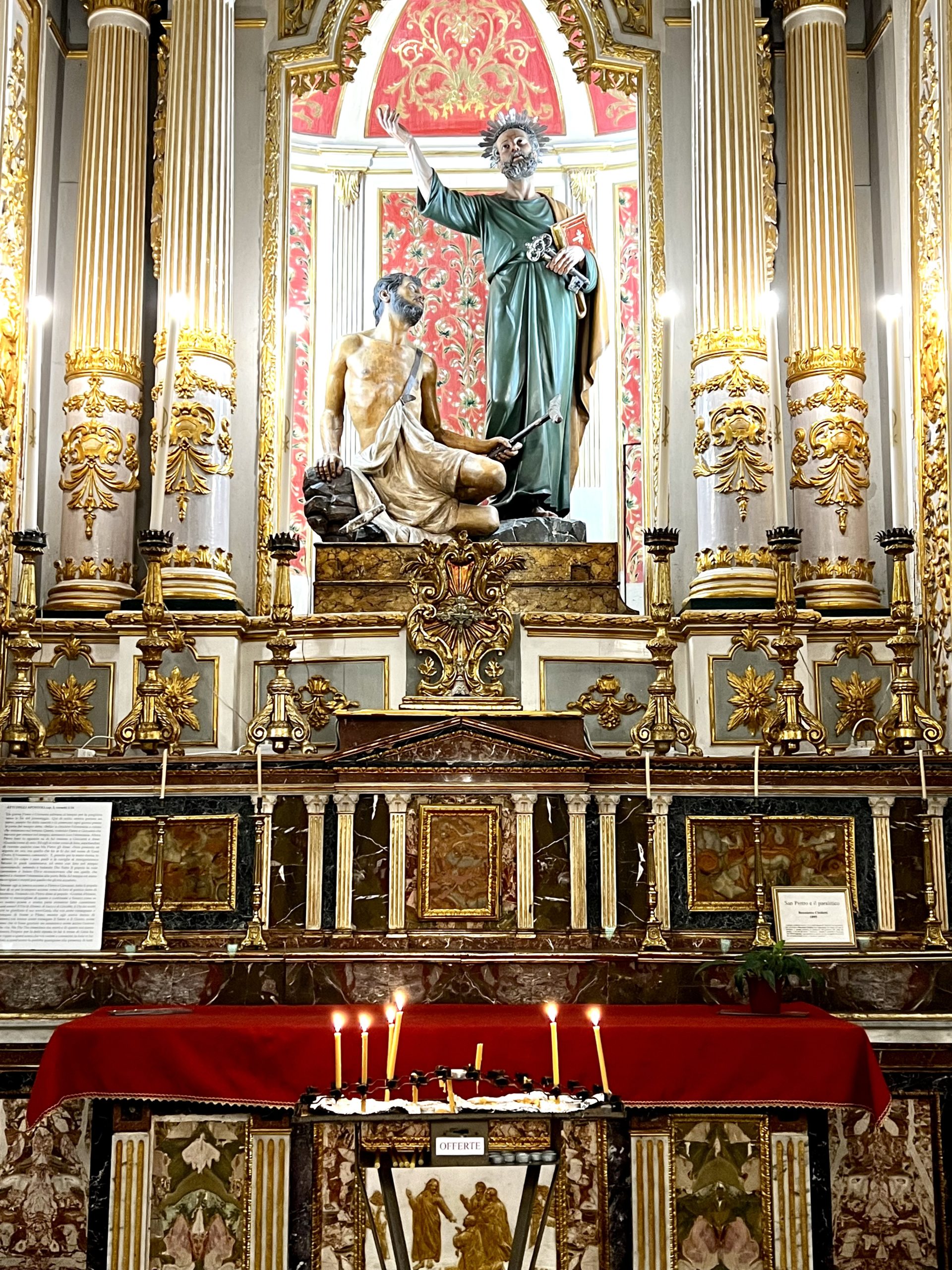
I Cibi e Le Bibete
